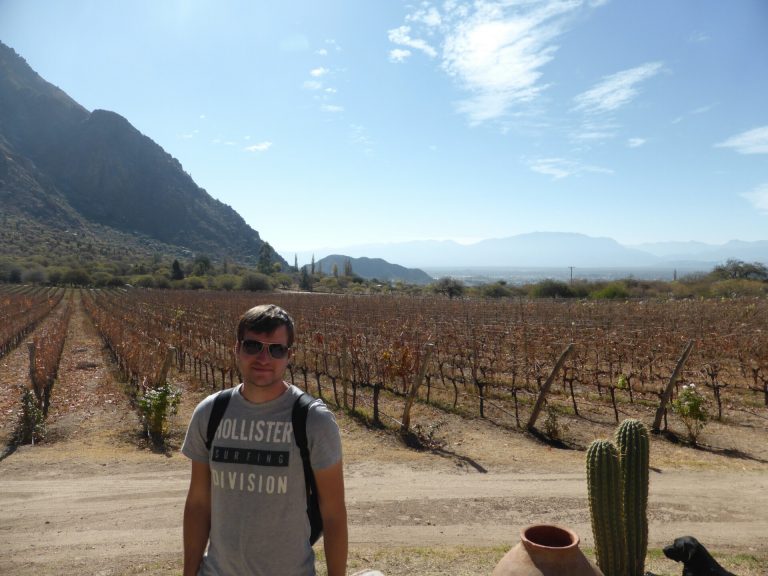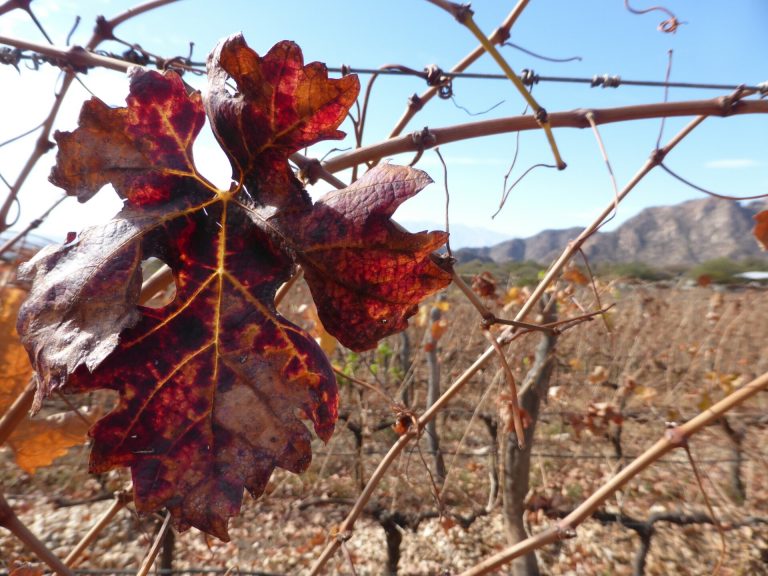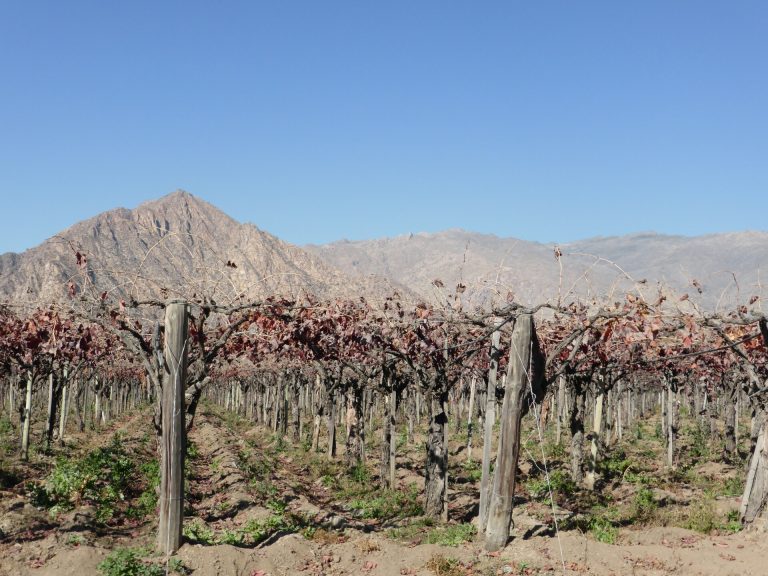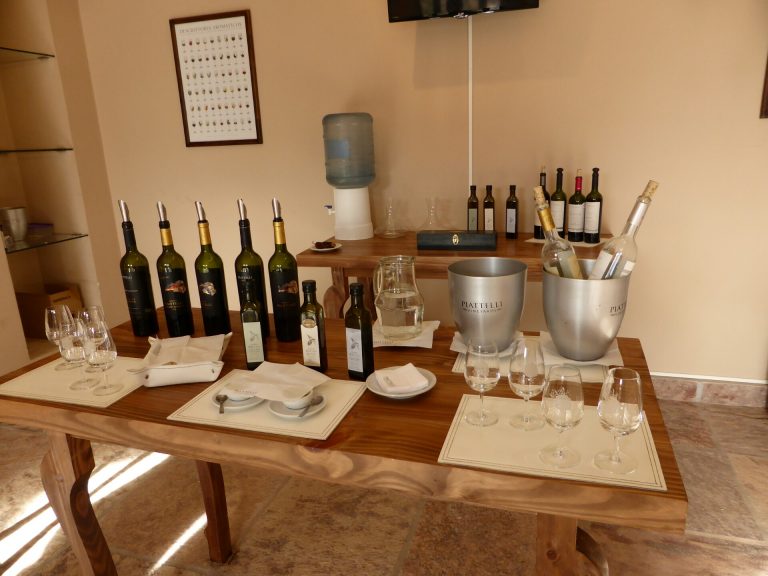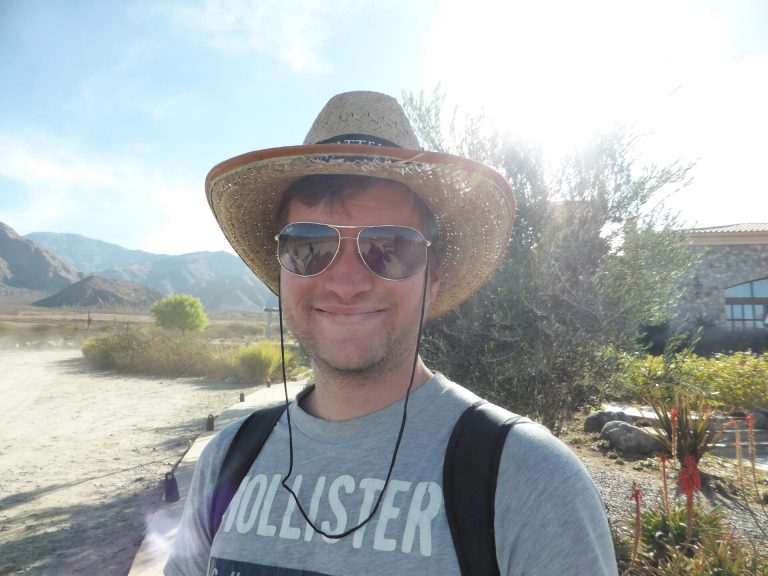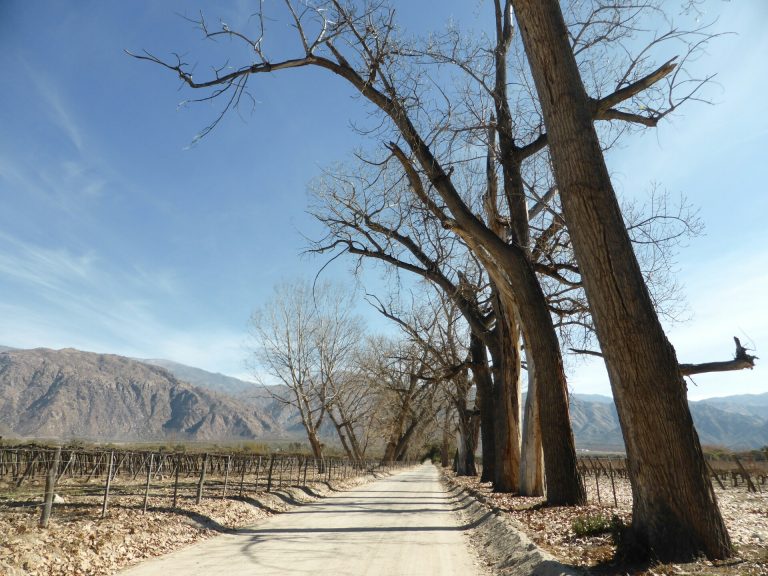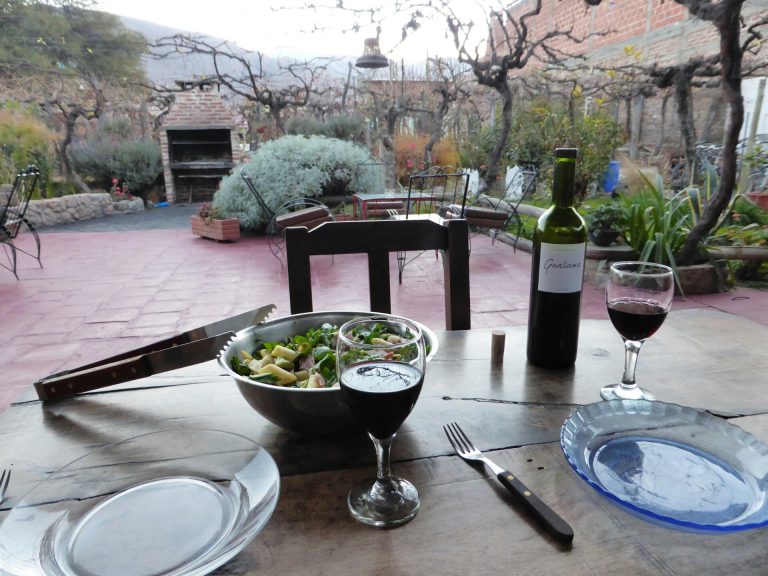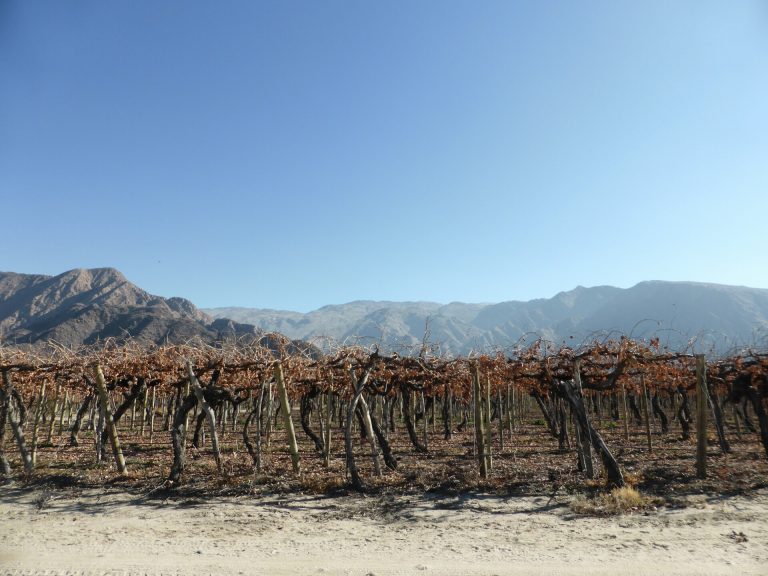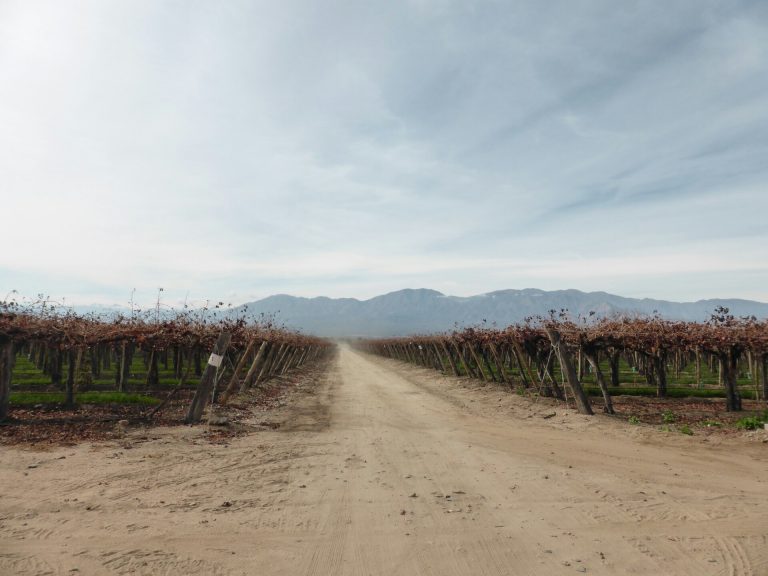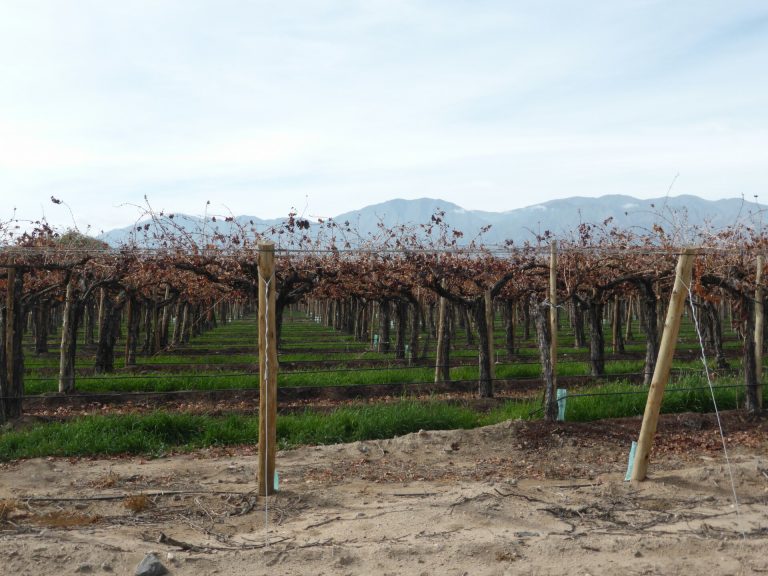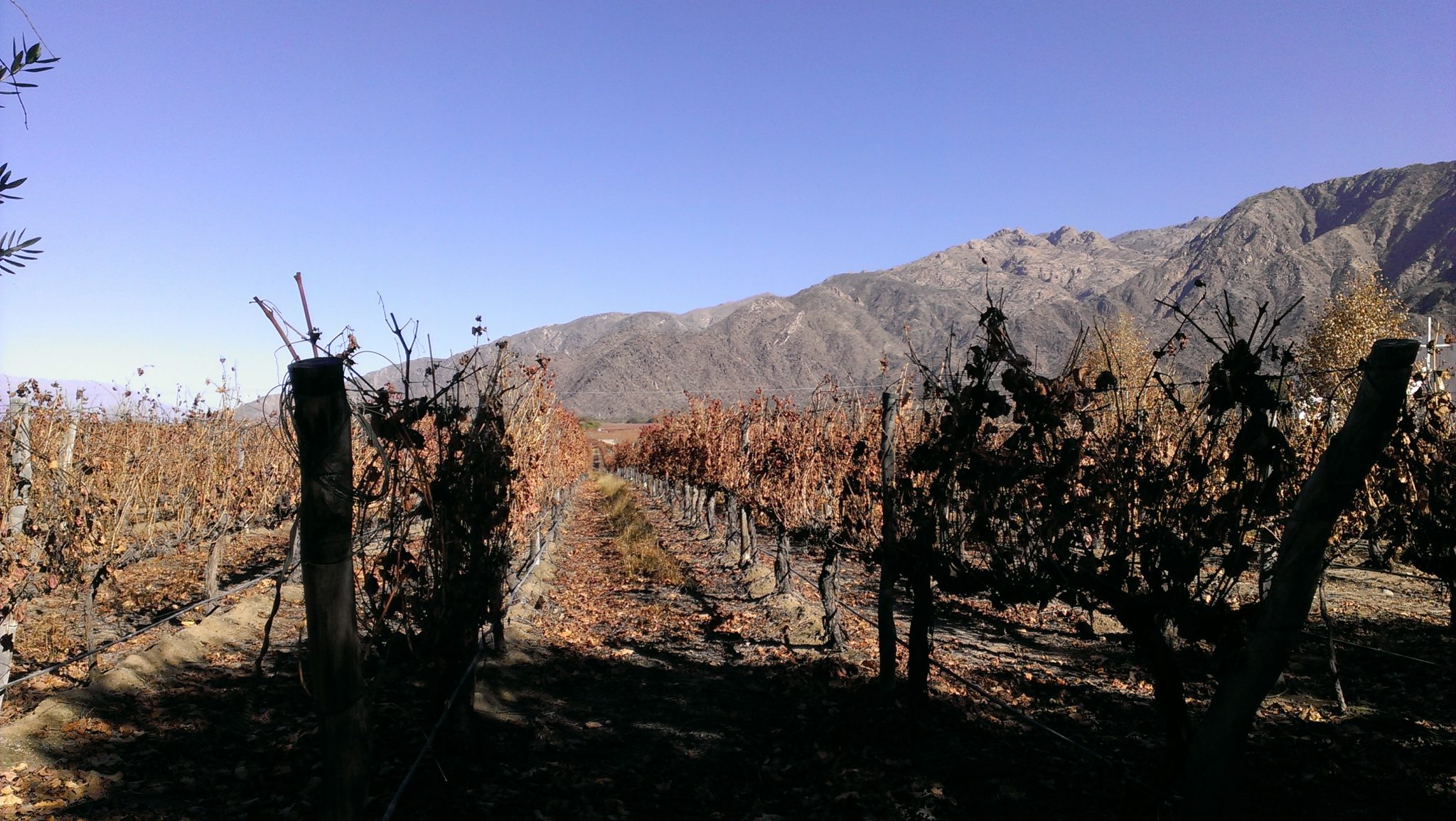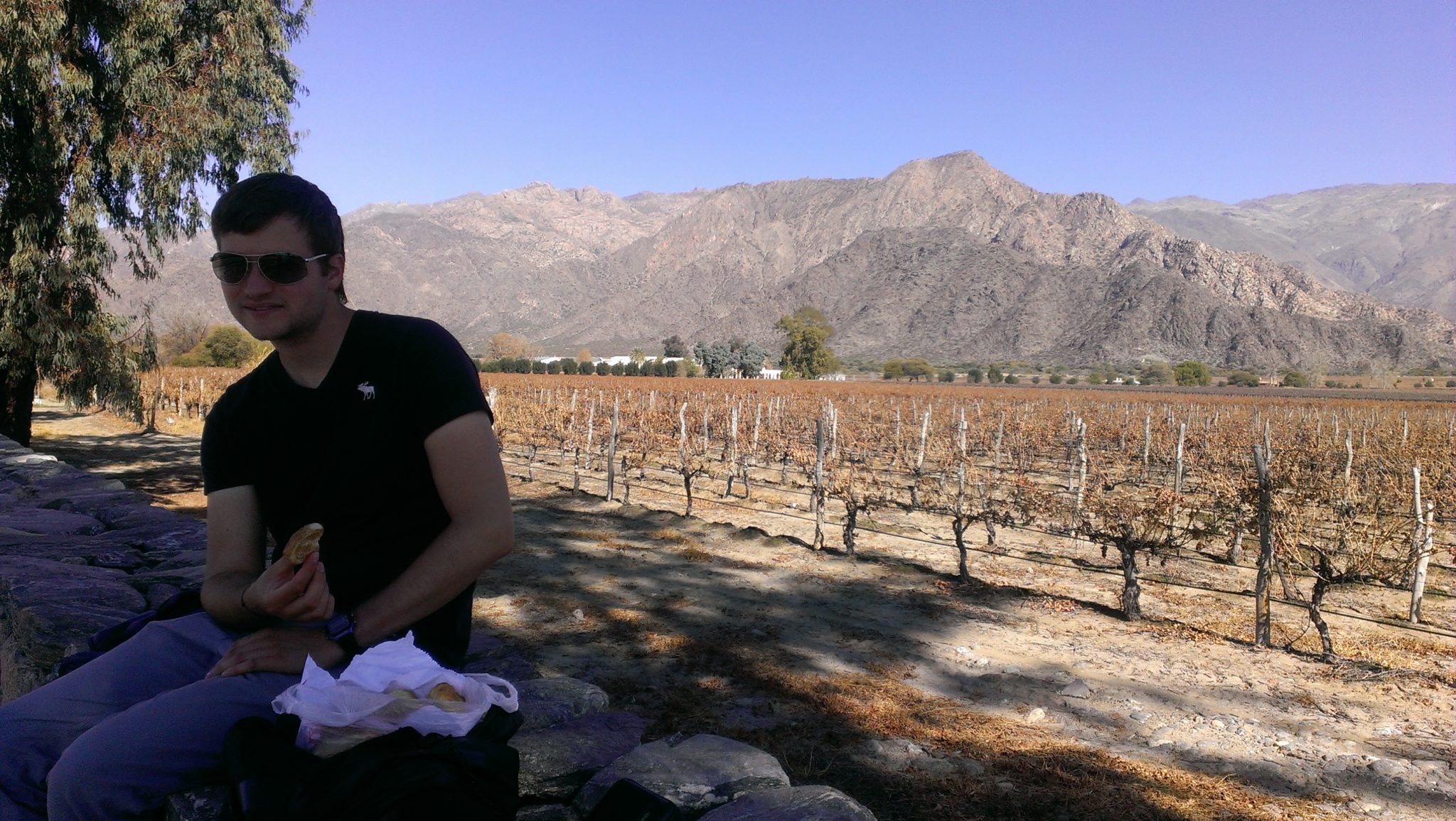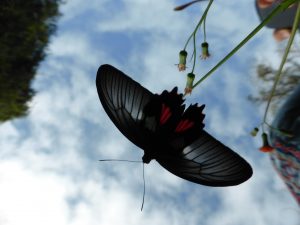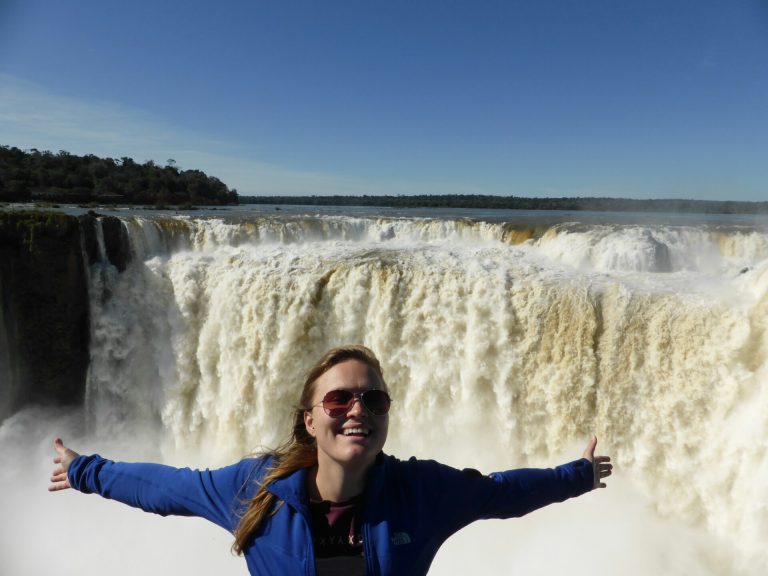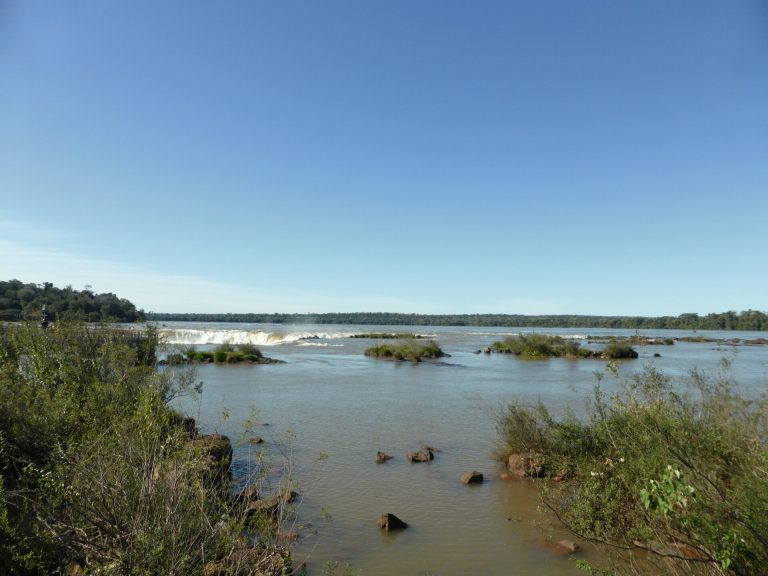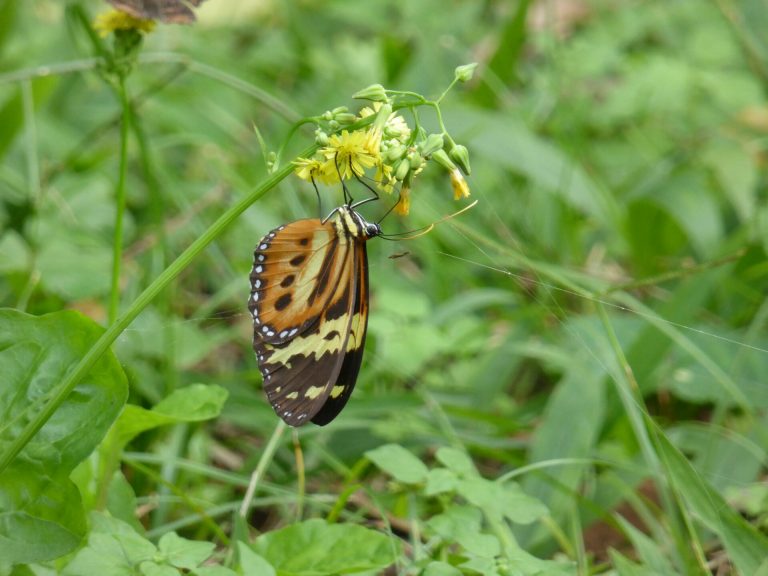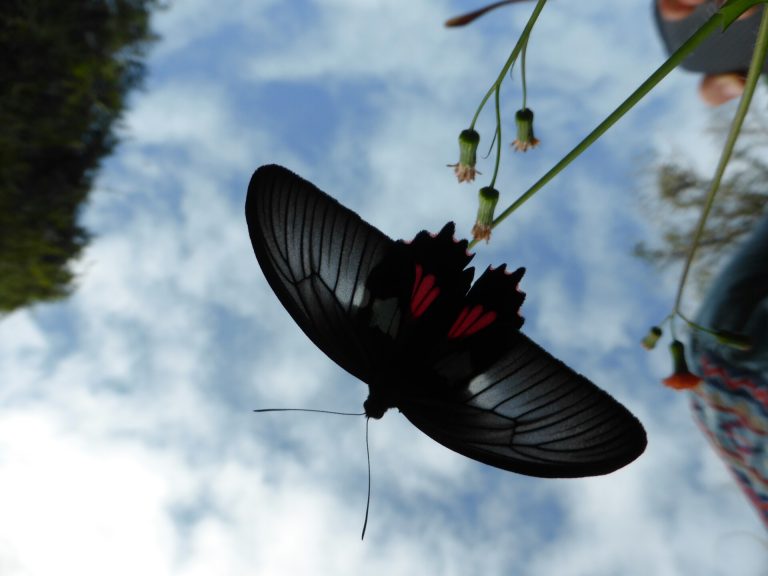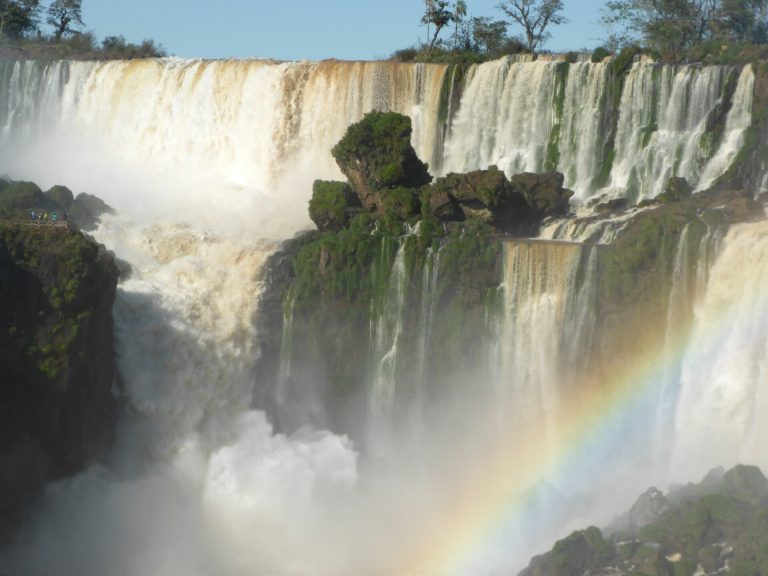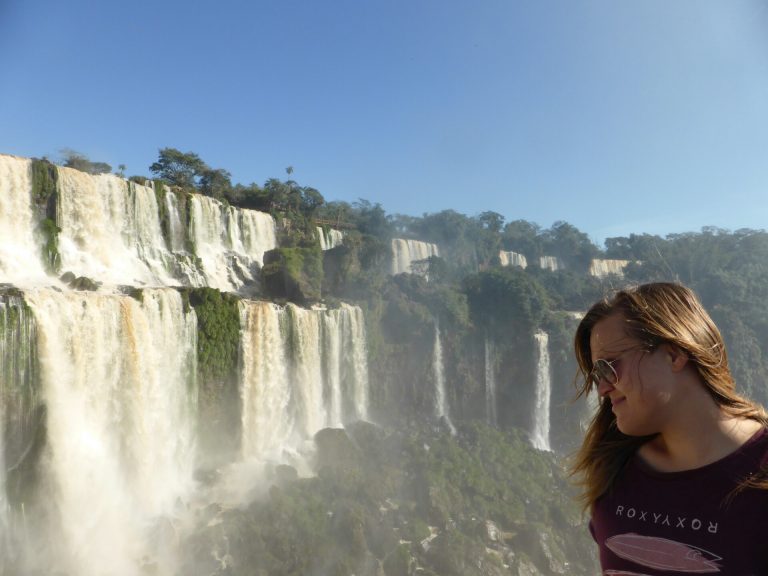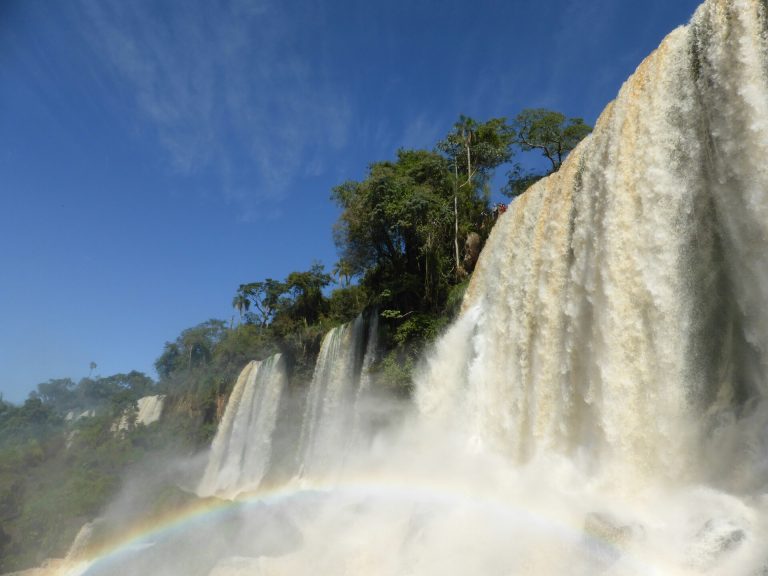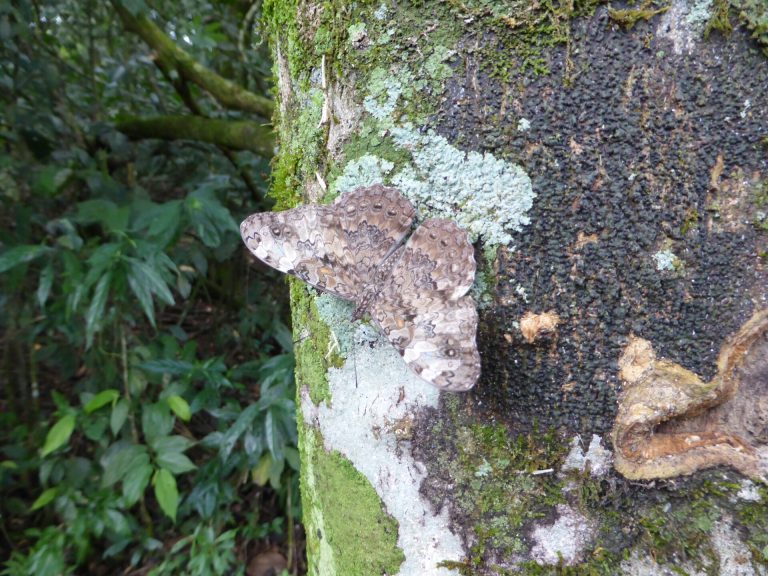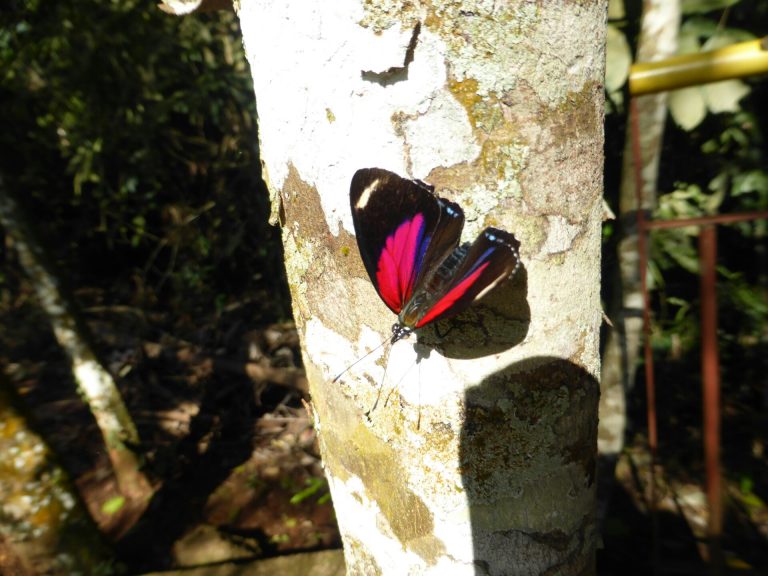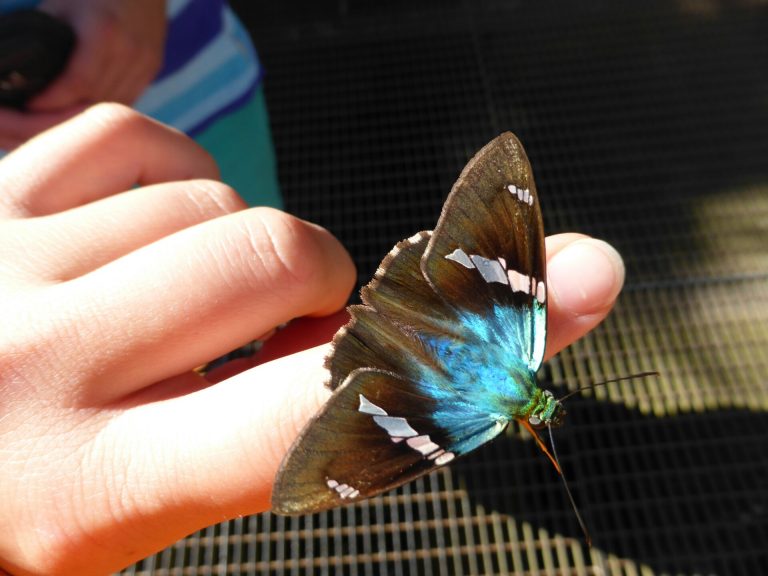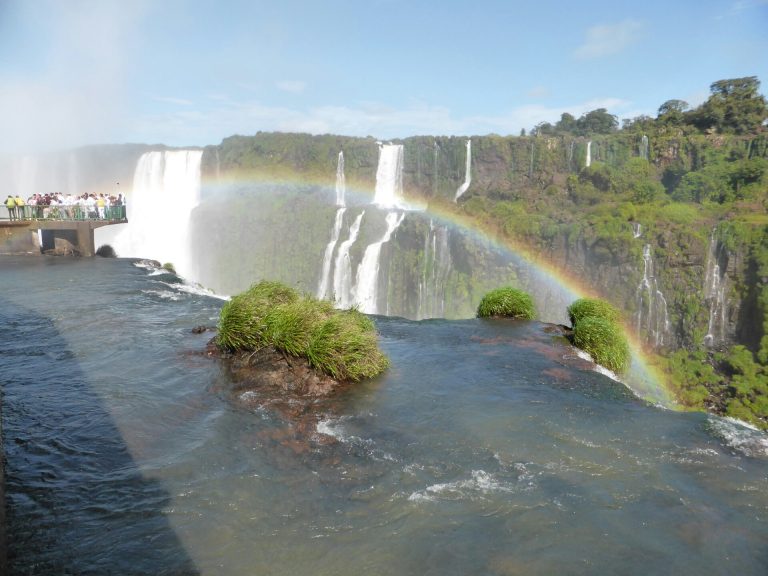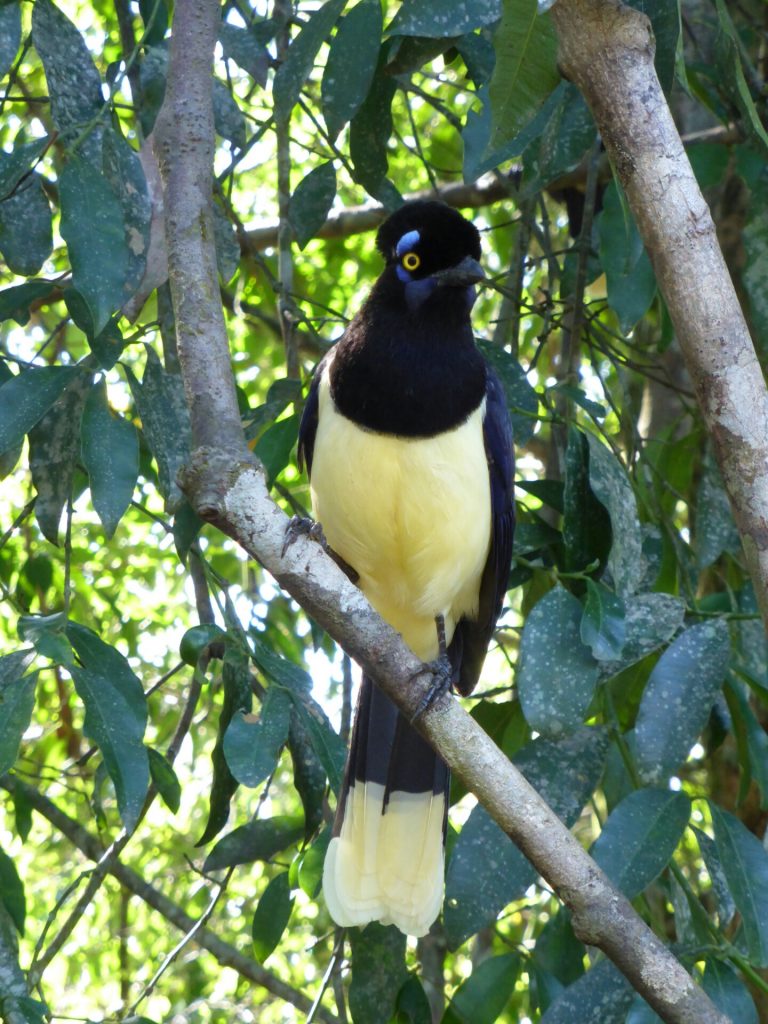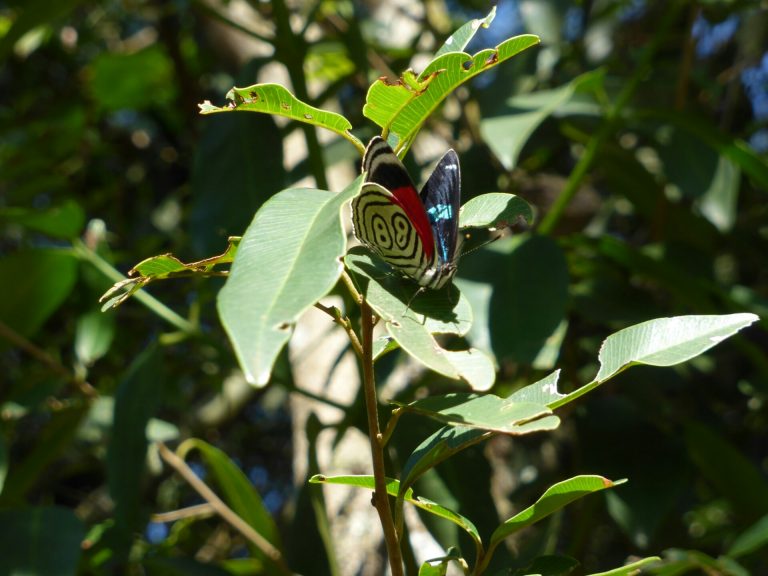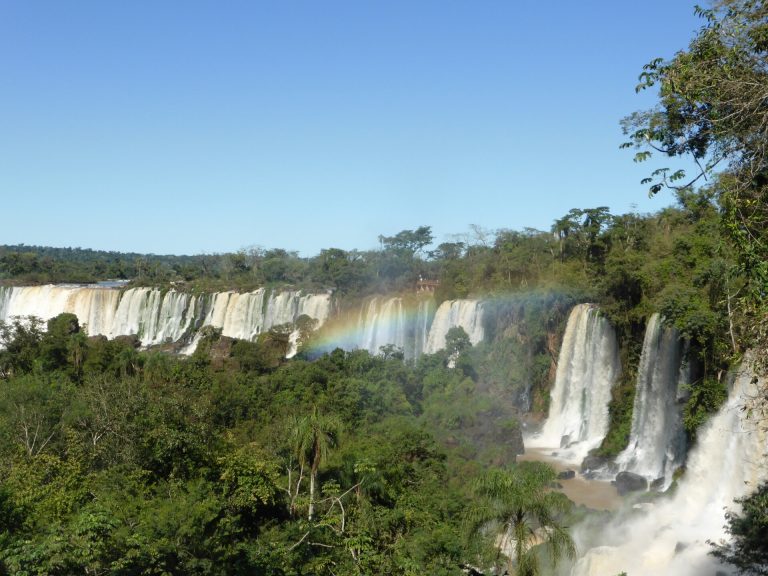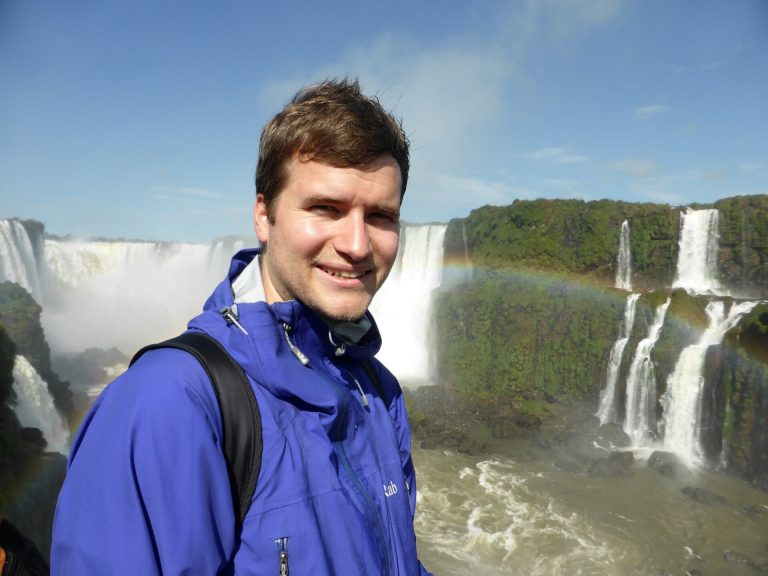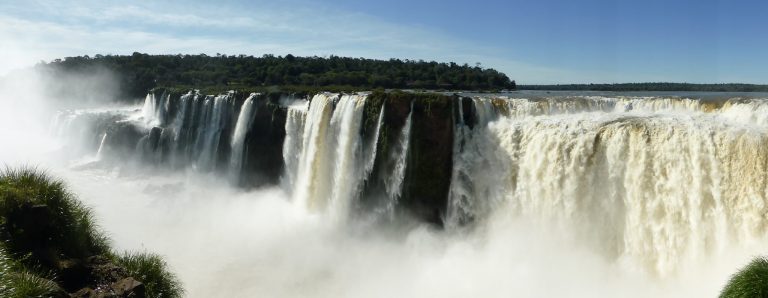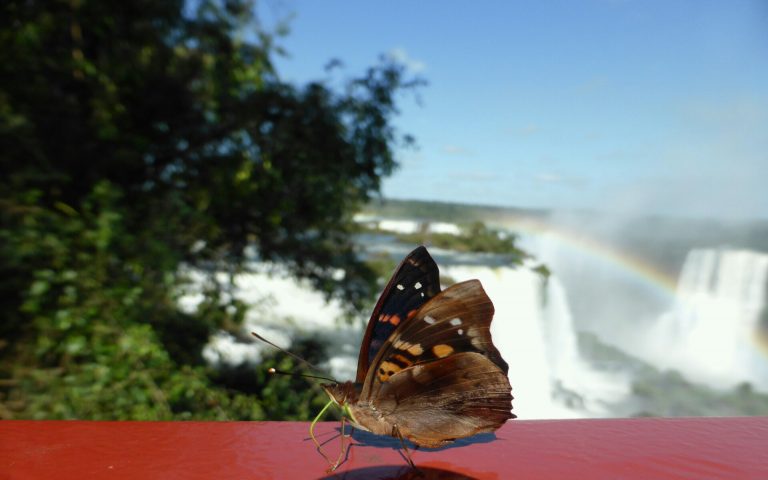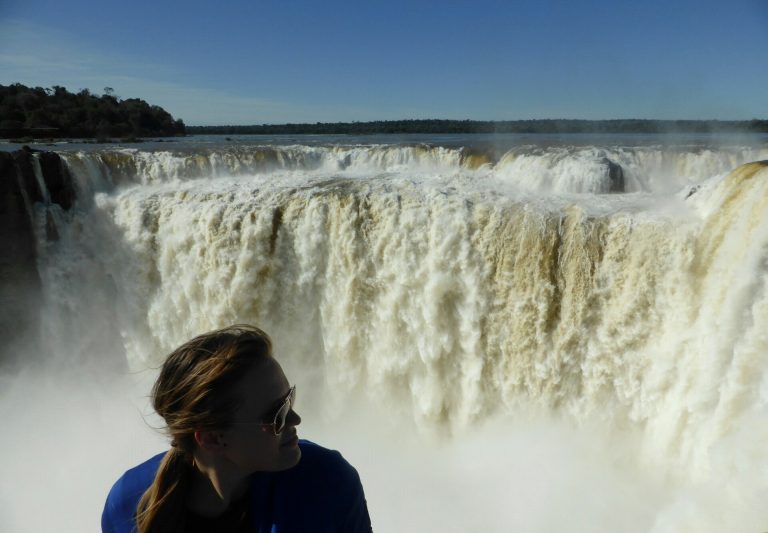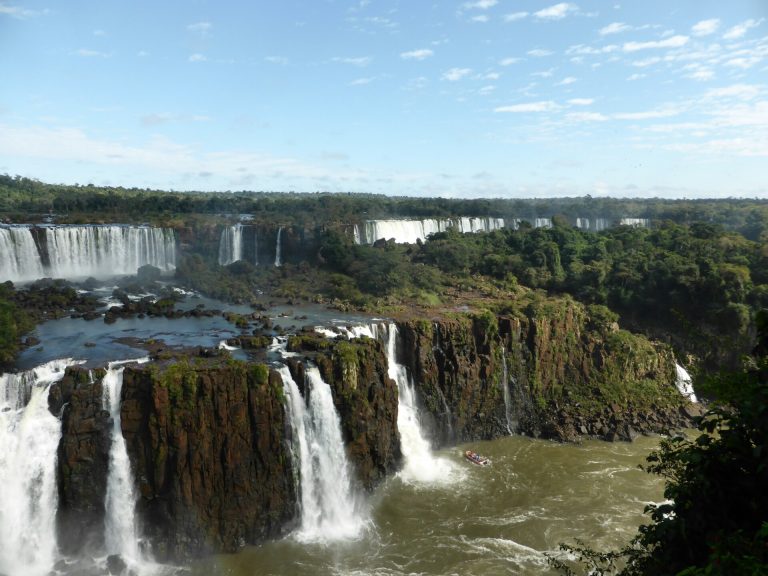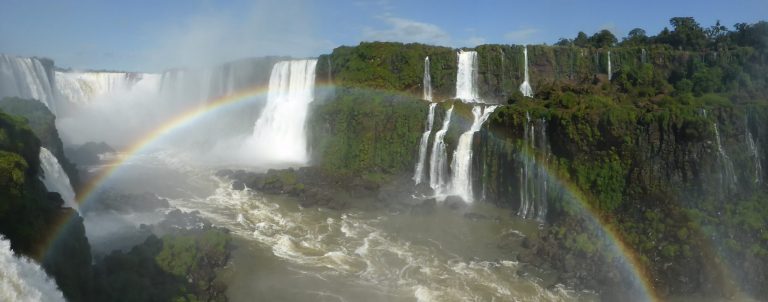Short answer would be: a lot more than you think! Somehow we tend to think that the whole South America is cheap. Unfortunately it's not. Countries like Uruguay, Chile and Argentina are as expensive as for example Holland.
During our 99 days in Argentina we spend a total of 6827.52 euro which means that our budget per day was 34.48 euro per person.
Where did we go?
Our trip like many others started in Buenos Aires where we stayed for two weeks than we went close to Mar del Plata, here we stayed for a month volunteering. Afterwards we hit budget-breaking South of Argentina (Bariloche, El Bolson, Calafate, El Chalten). Even though out of season it was really expensive. We have also visited Iguazu Falls and the North of Argentina from Salta up to the border with Bolivia.
How did we travel?
The most expensive part of our budget was transportation (2735 euro) which includes our flight from Calafate to Montevideo. But the real budget breakers were the buses which are extremely expensive. There is no way to get a better deal when booking beforehand or just a promotion like in Europe. The buses are organised in classes depending on the service and chair that you choose. So you can decide to just sit and starve or to have a chair that will lean almost like a bed and have all the meals (don't expect anything delicious, they are worse than on the plane). Unfortunately on long distances it's impossible to find only sitting seats so you are forced to travel "business class ".
Example: Bus from Mar del Plata to Bariloche was 1298 pesos (around 131.29 euro)
Where did we stay?
On accommodation we spend 1659 euro spending 37 days in private rooms, one month in our wwoofing and the rest in dormitories. Definitely the most expensive region was Patagonia where for example in a dorm in Calafate (out of season) we paid 18.34 euro per person per night. To compare for 30 euro per night we had a double room with private bathroom in Cafayate in the North of Argentina.
What did we eat?
We spend 1362 euro on food, mainly cooking ourselves but we were not really saving on ingredients and we ate a lot of Argentinian meat:) we also didn't deny ourselves wine:) especially in Cafayate where we bought a bottle of wine every day.
Good bottle of wine: around 7-10 euro.
What else did we spend our pesitos on?
1071 euro went for entrances to national parks, wine tasting, tours (for example to see glaciers by boat in Calafate we paid 130 euro per person).
P.S. Exchange rate used 1 EUR = 9.887 ARS
Our tips:
1. Transportation is just insanely expensive so it's a good option to hitchhike! Just don't forget that Argentina is huge and it takes hours to travel through it.
2. Take as many US dollars as you can- exchanging dollars on the blue market will save you a lot of money. When the official dollar is around 8-9 pesos on blue market you can get even around 13 pesos. Euros are also ok.
3. When taking dollars is not an option transfer money to yourself using Azimo. It's a bank which charges you 2.99 euro to send money and you can send up to 800 euro. It gives you a very good exchange rate which is in between the official and the blue one. It's a big game changer especially because we couldn't withdraw more than 150 euro per time and the Argentinian banks were charging 55 pesos per transaction.
If you have time, volunteer. We did it for a month and during that month we almost didn't spend any money and it was a lot of fun. We learnt a lot about the culture and the country. We used WWOOF Argentina but you can also try HelpX or Workaway. The advantage of the last two is that you can create a couple account and pay less then for two individual ones and that you pay for two years and it's for the whole world. With WWOOFing the rules differ per country.
If you have any questions or you would like to take a look at our spreadsheet, let us know:)
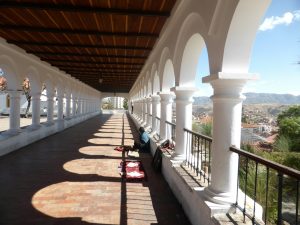
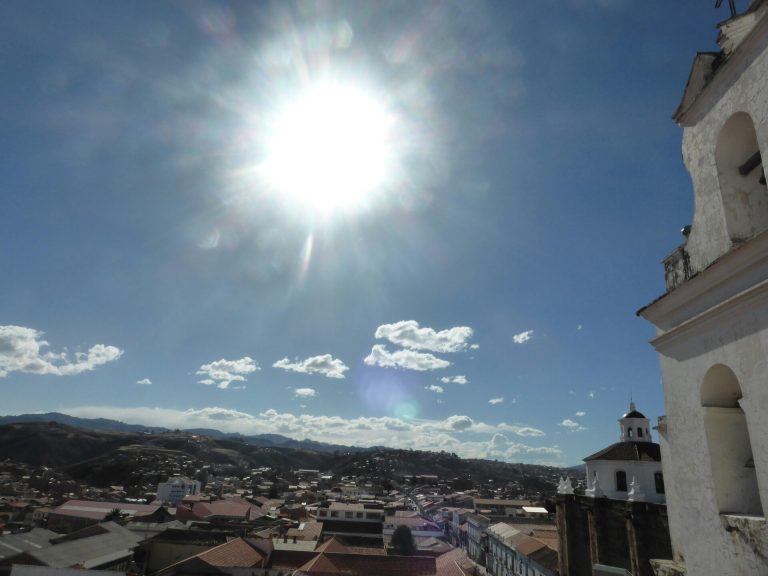
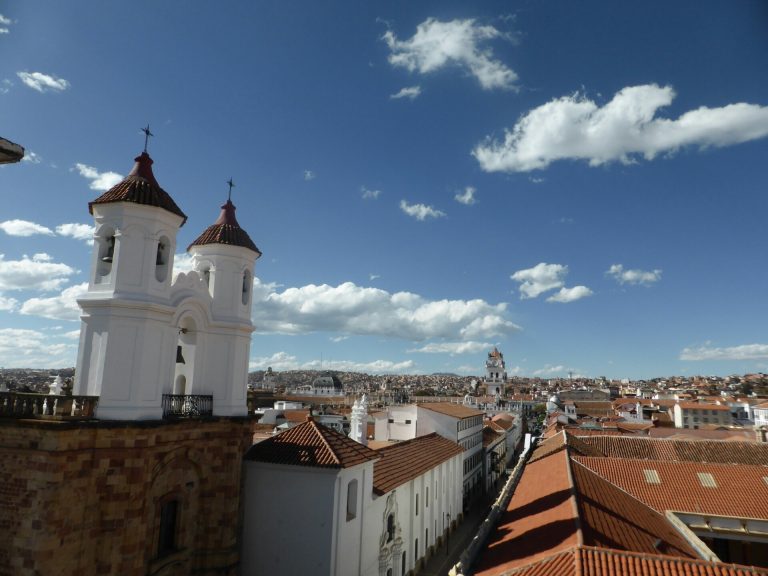
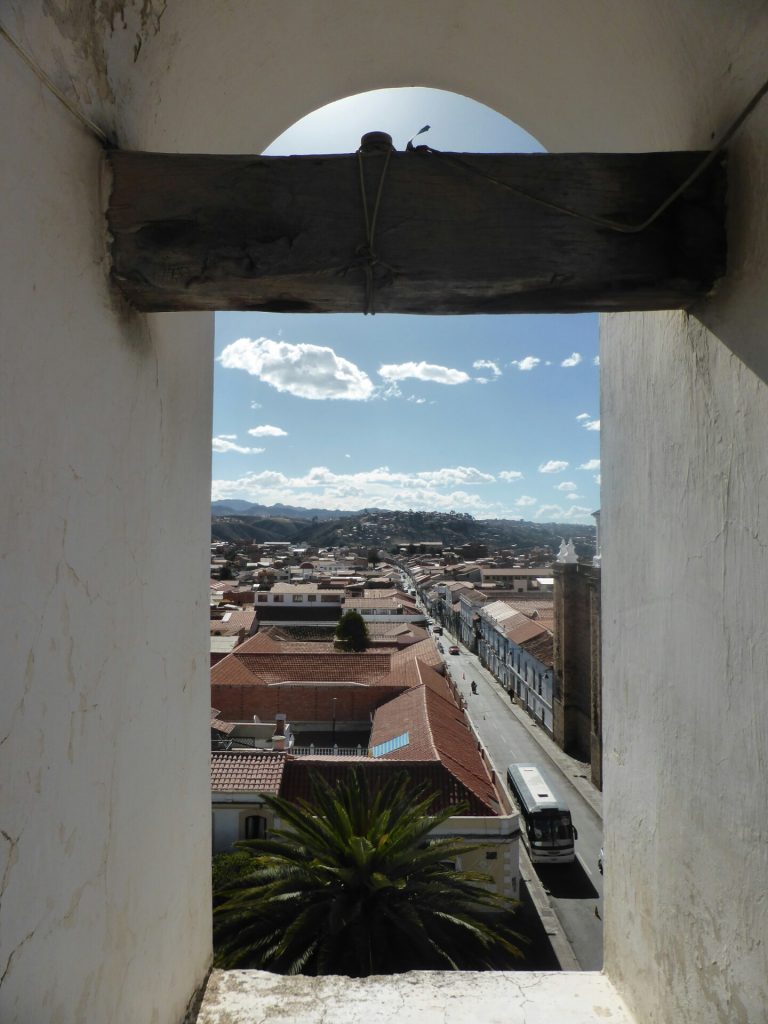
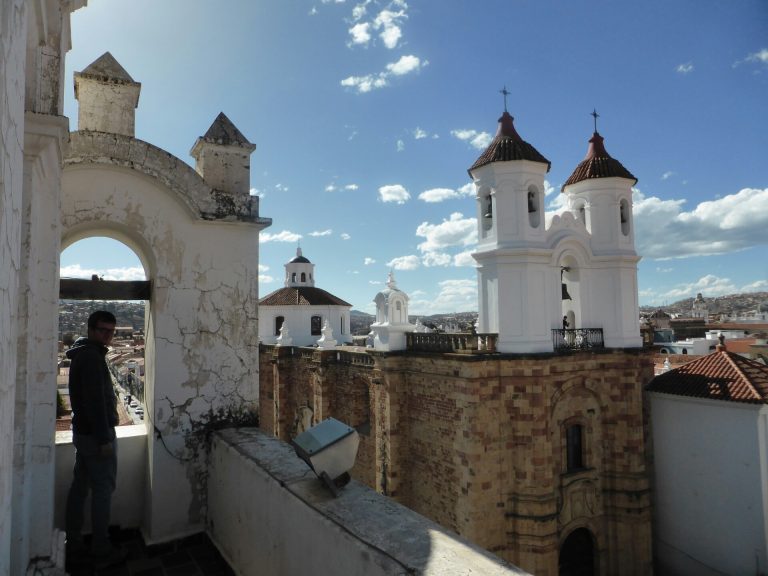
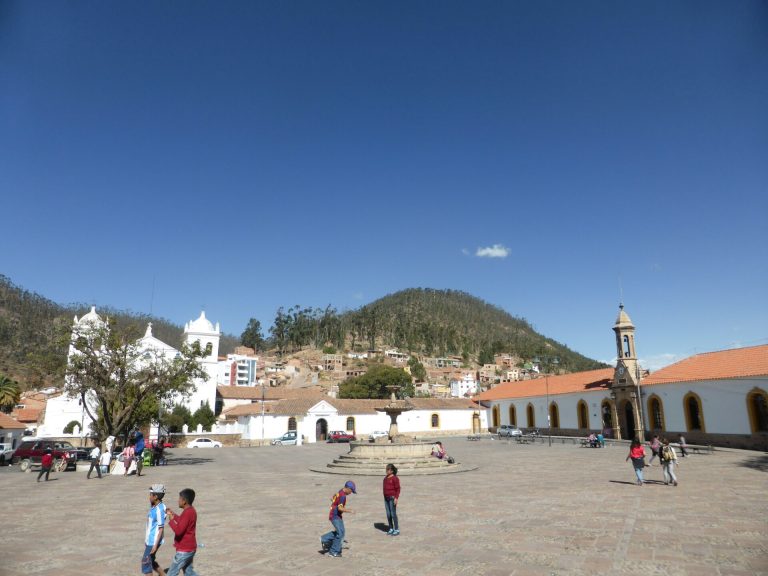
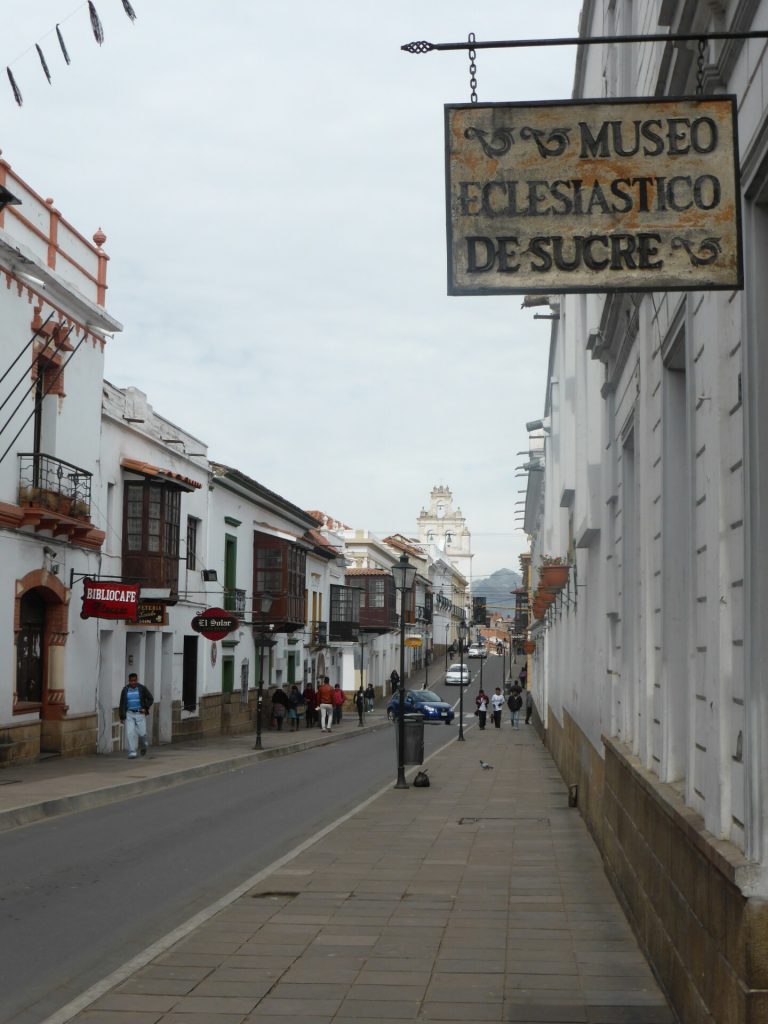
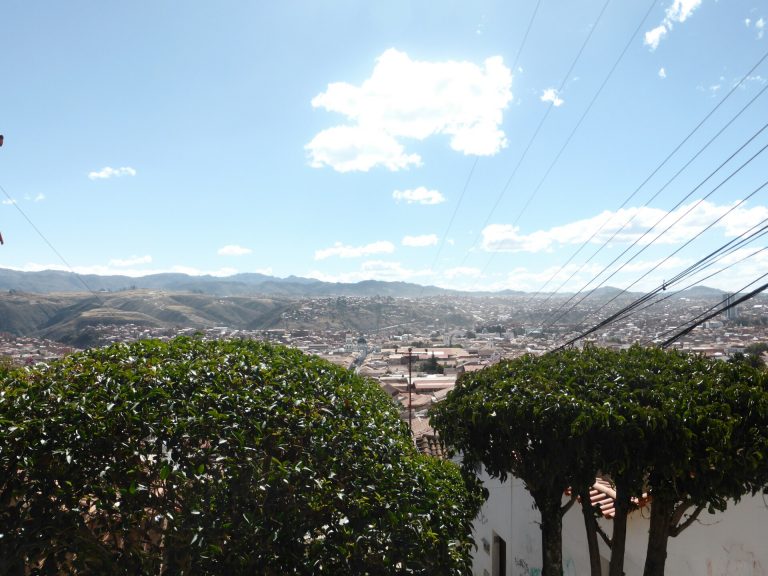
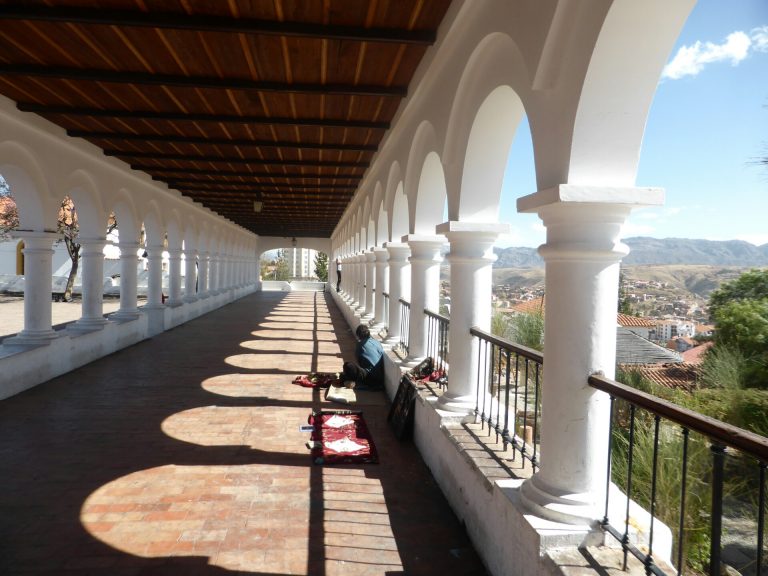
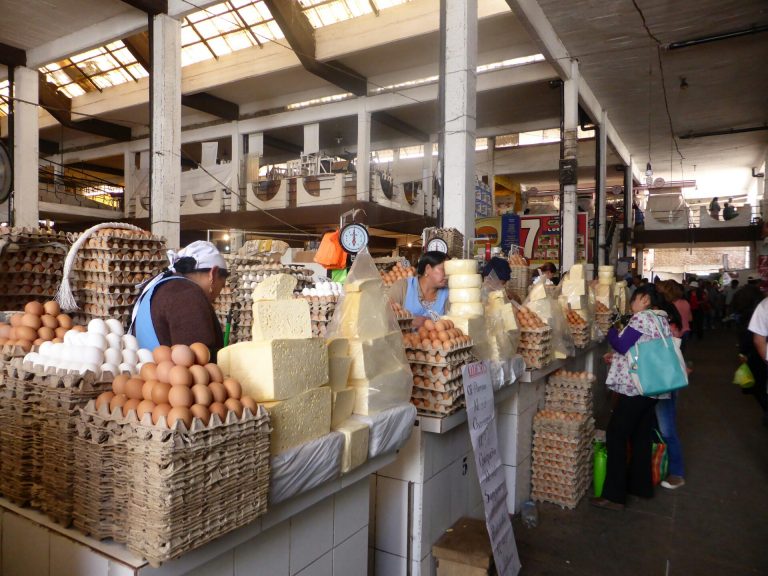
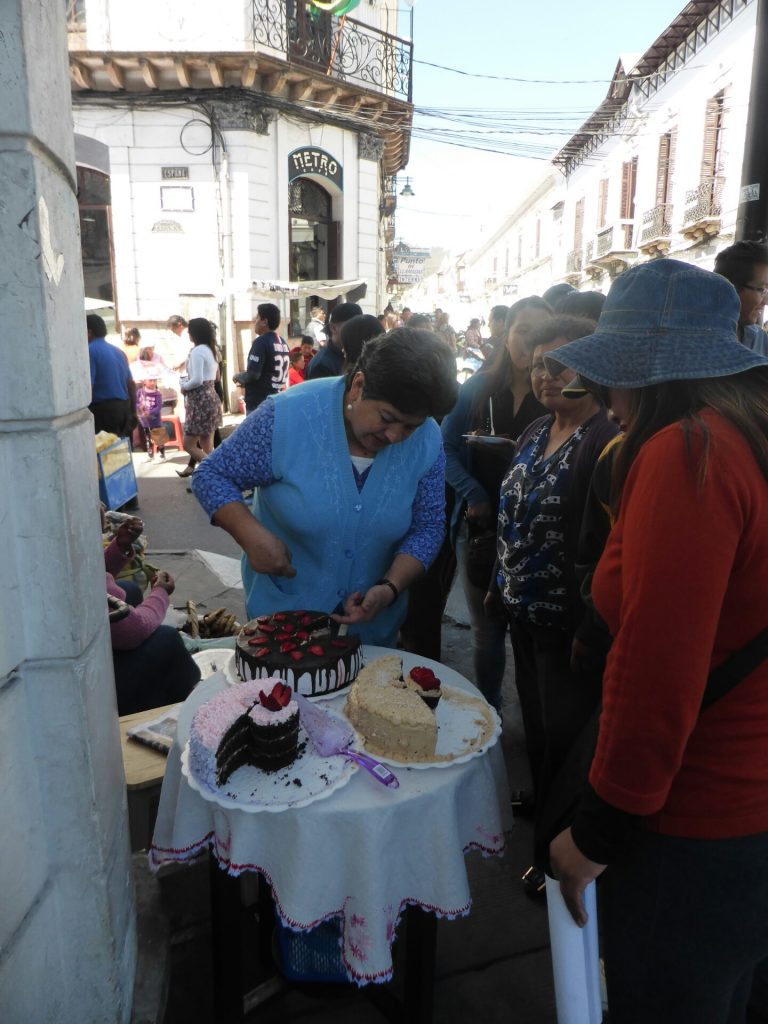
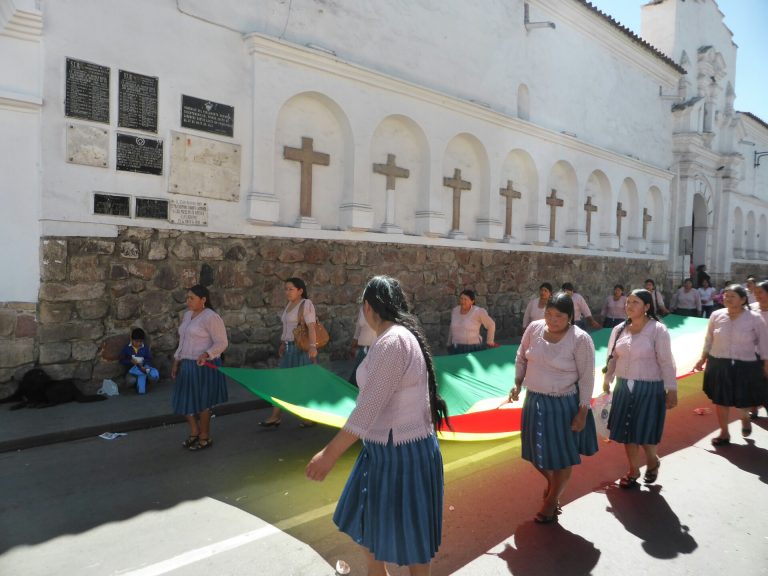
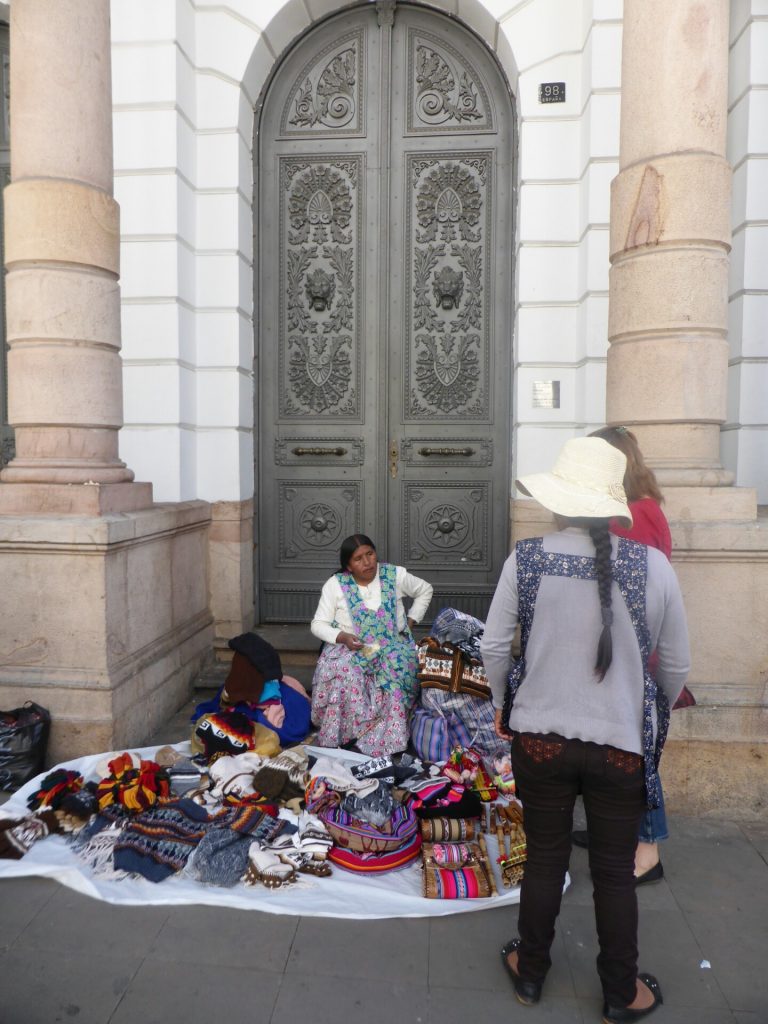
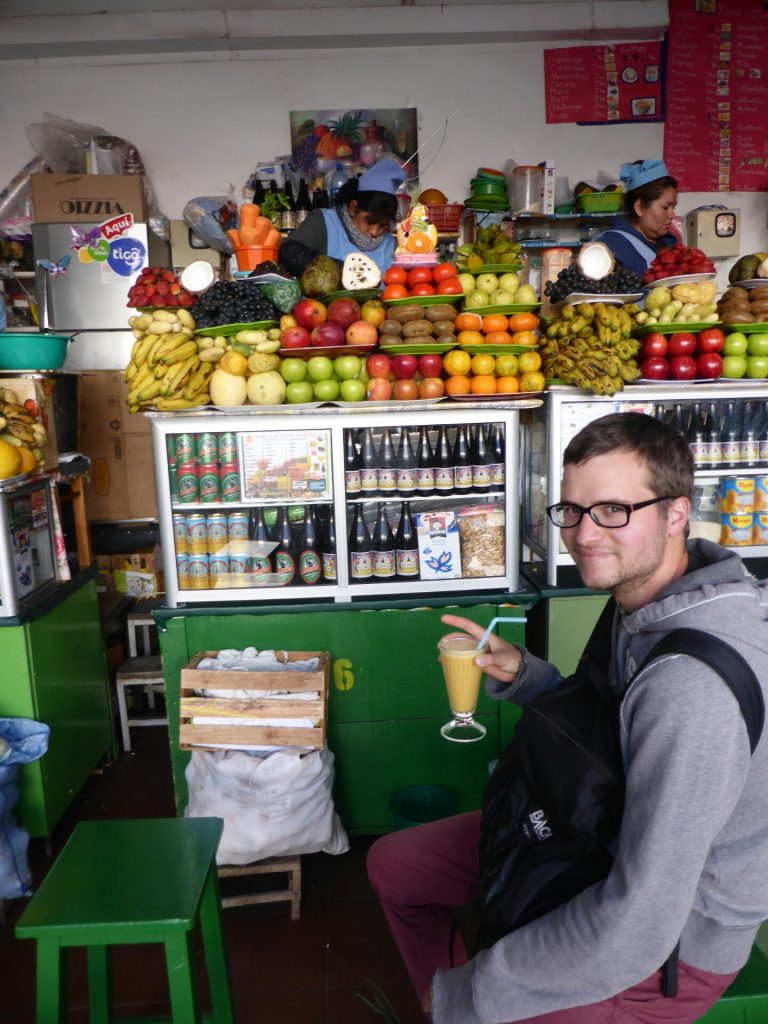
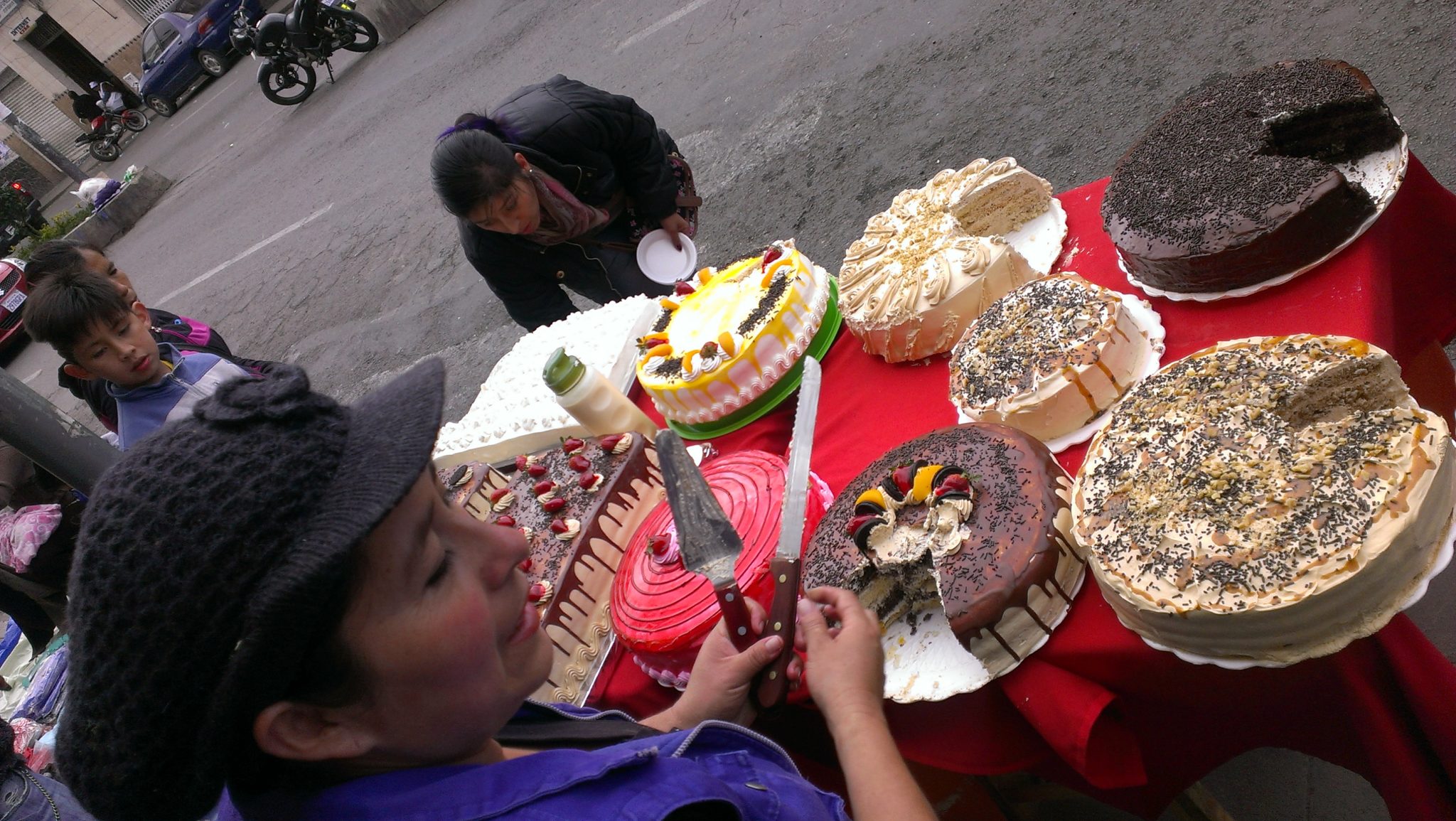
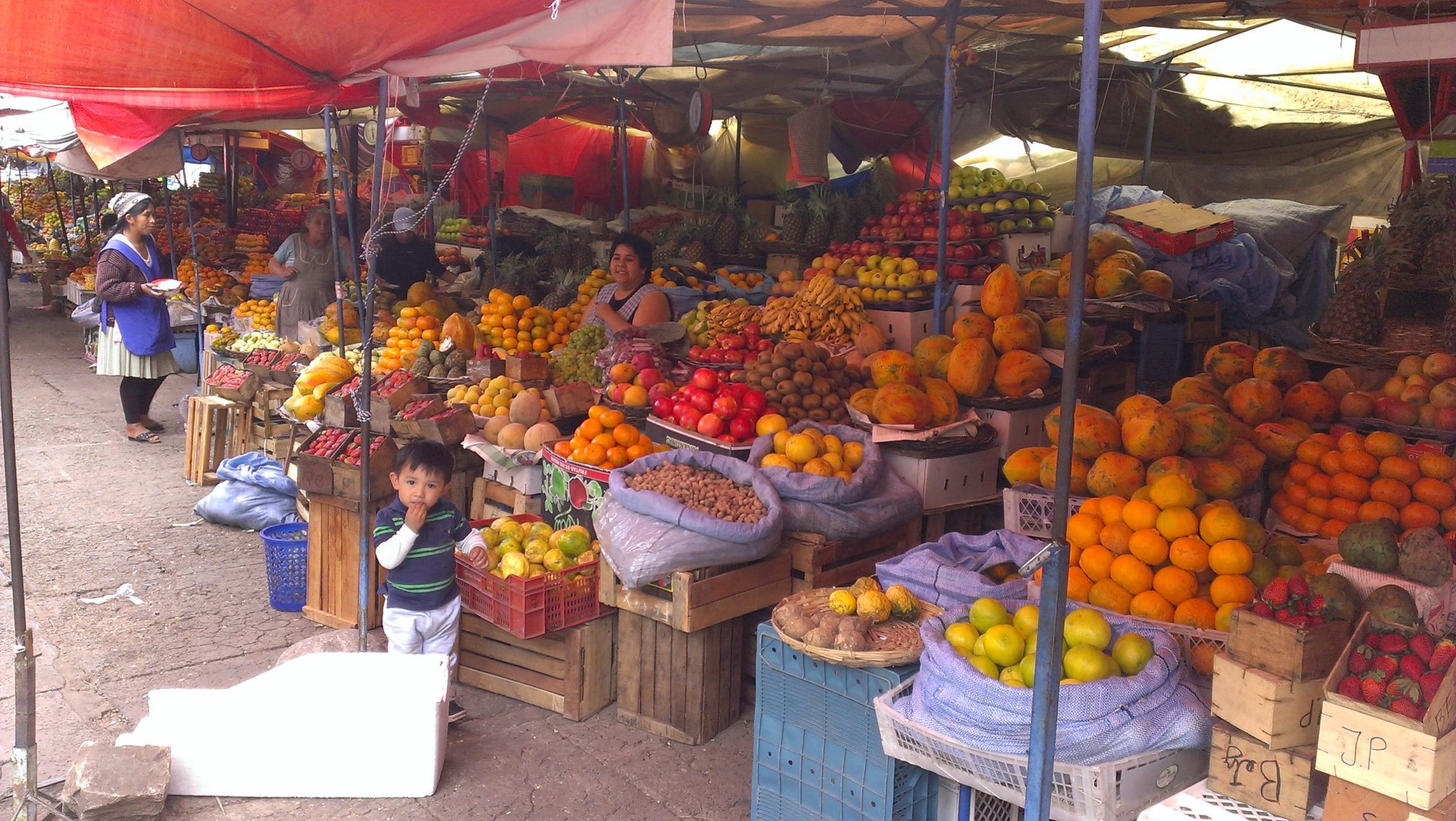

 The Salar is the biggest in the world with it's 10 582 km2 surface. It's also pretty high, on the altitude of 3656 m above the sea level. Once a lake, now an ocean of salt, it definitely took our breath away. It's absolute flatness, the contrast of the infinitive, white salt with a blue sky and the company made us forget the cold and just enjoy. We visited one of the islands which is an incredible green point and gives a crazy view on the Salar. We also saw a hostel in the middle of it all which unfortunately got closed after sanitary problems. To finish our journey all four of us got lost in the crazy tradition of taking insane pictures. Jumping, laughing and balancing on different objects we ended up our trip definitely hoping to see each other again.
The Salar is the biggest in the world with it's 10 582 km2 surface. It's also pretty high, on the altitude of 3656 m above the sea level. Once a lake, now an ocean of salt, it definitely took our breath away. It's absolute flatness, the contrast of the infinitive, white salt with a blue sky and the company made us forget the cold and just enjoy. We visited one of the islands which is an incredible green point and gives a crazy view on the Salar. We also saw a hostel in the middle of it all which unfortunately got closed after sanitary problems. To finish our journey all four of us got lost in the crazy tradition of taking insane pictures. Jumping, laughing and balancing on different objects we ended up our trip definitely hoping to see each other again.

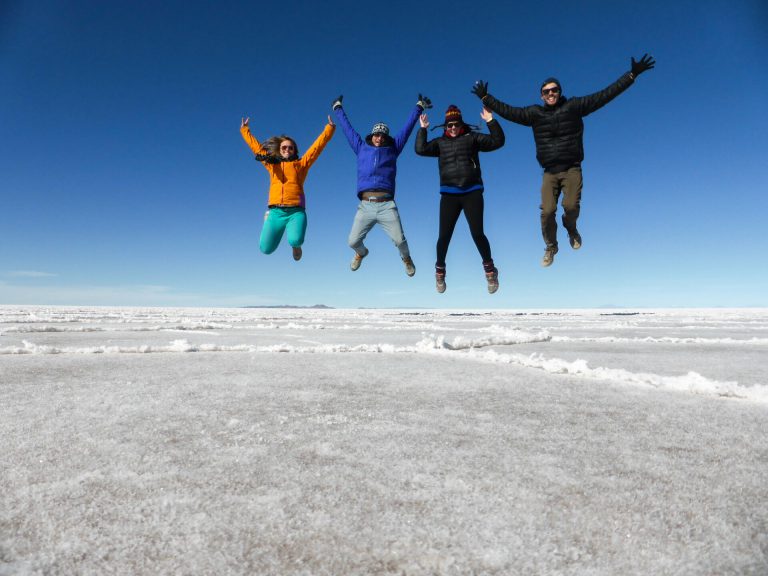
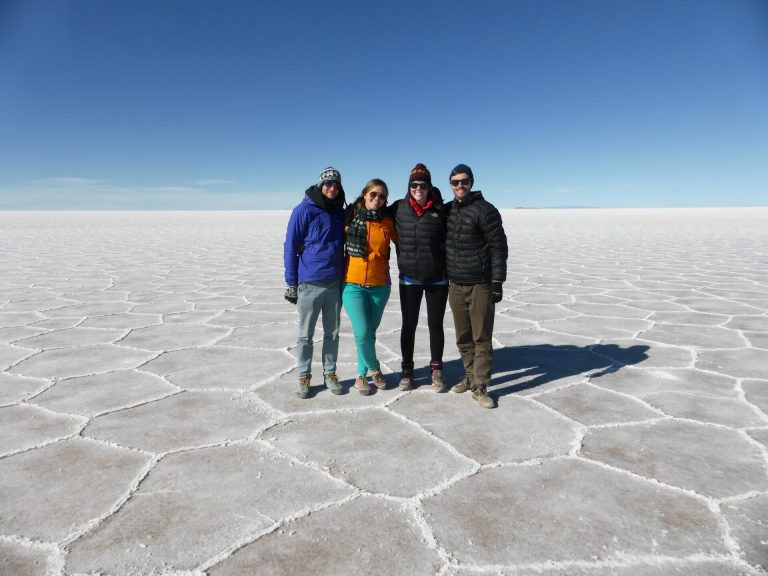
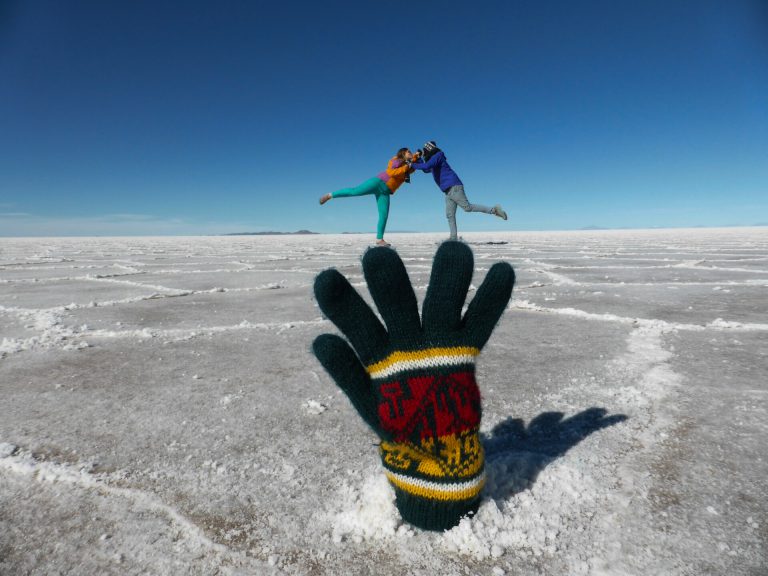
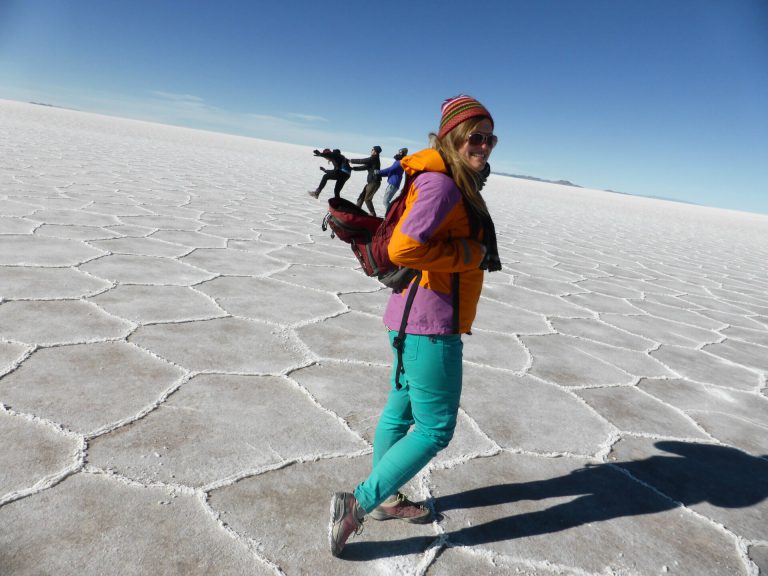
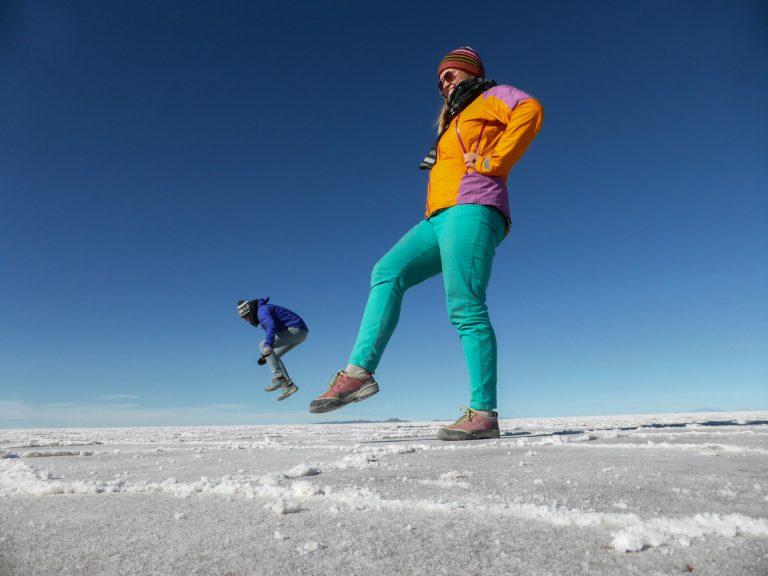
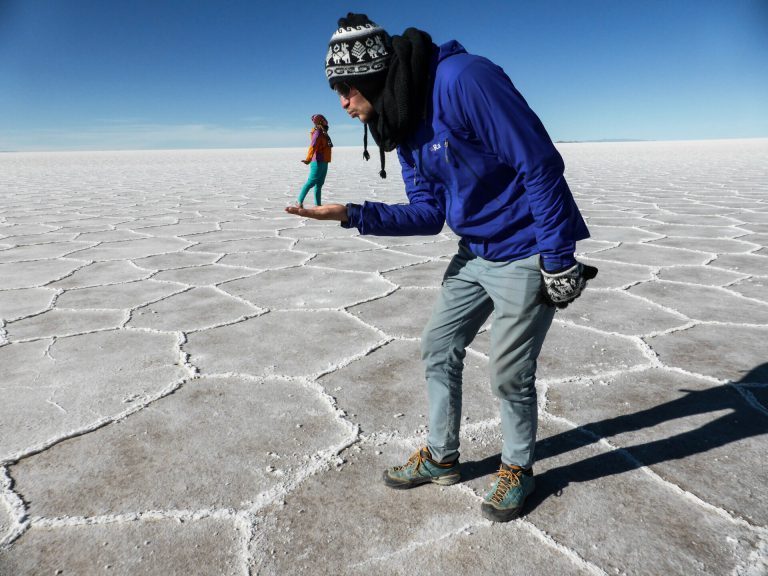
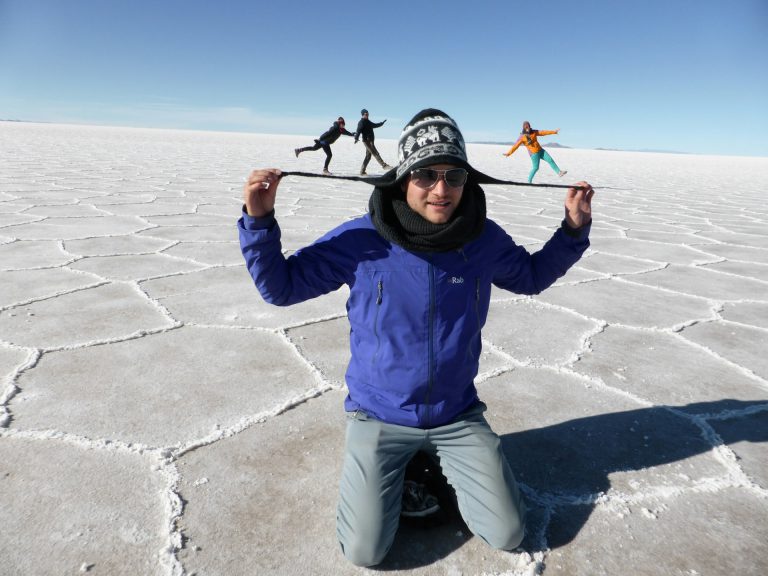
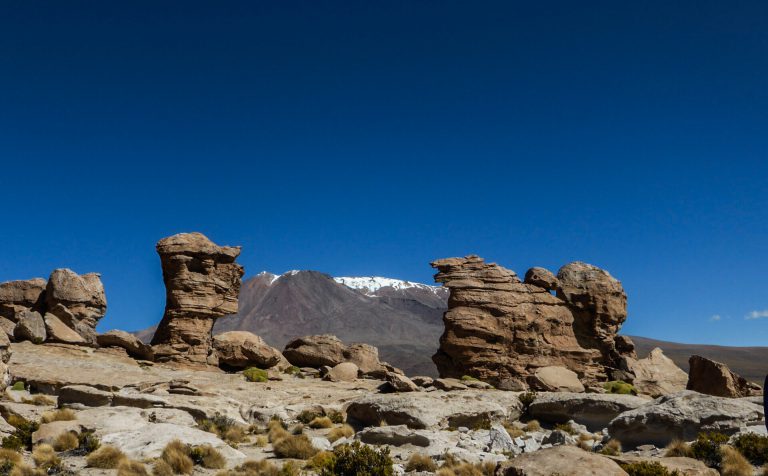
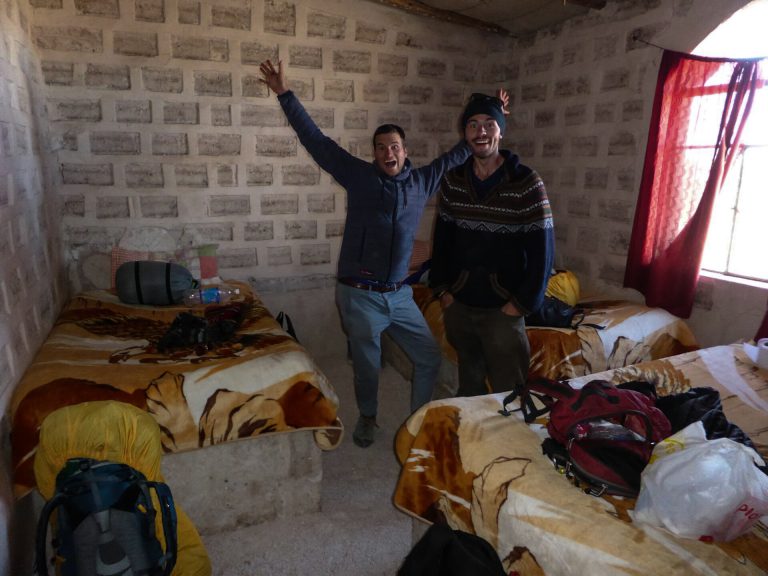
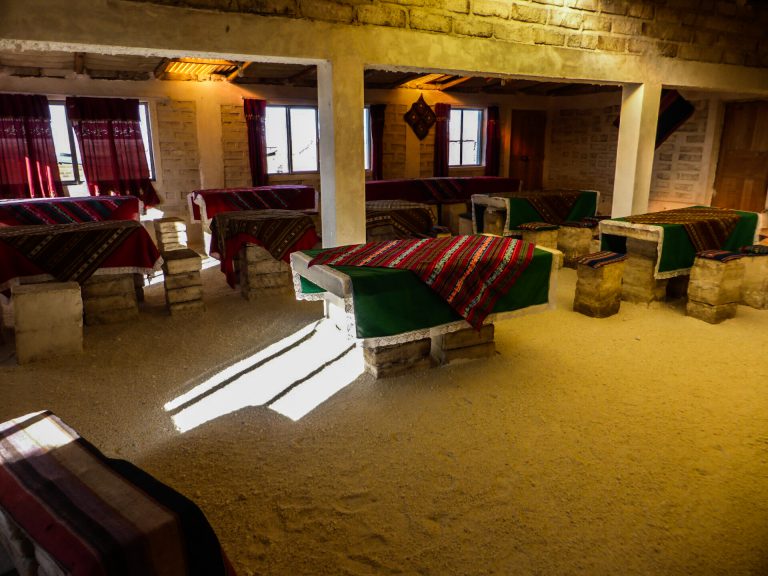
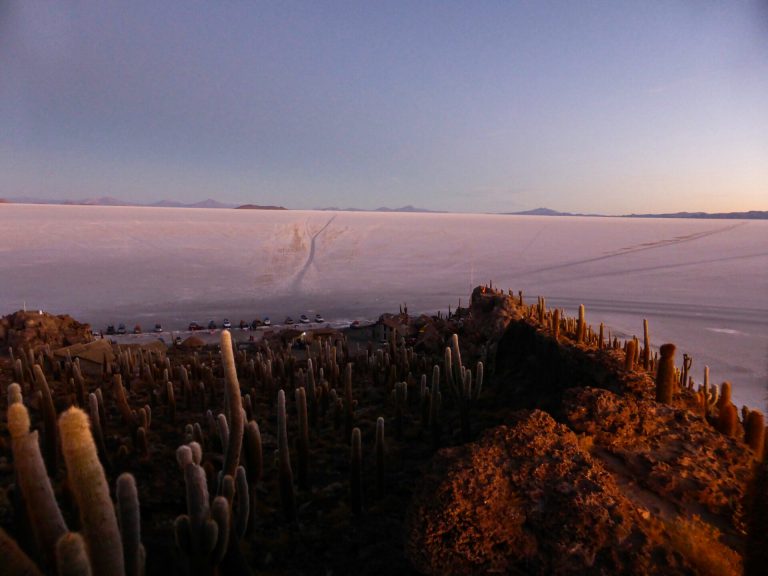
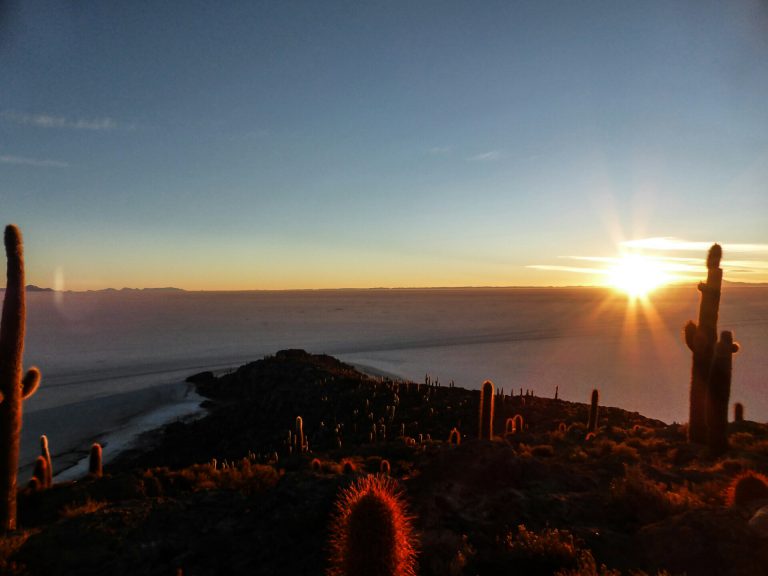
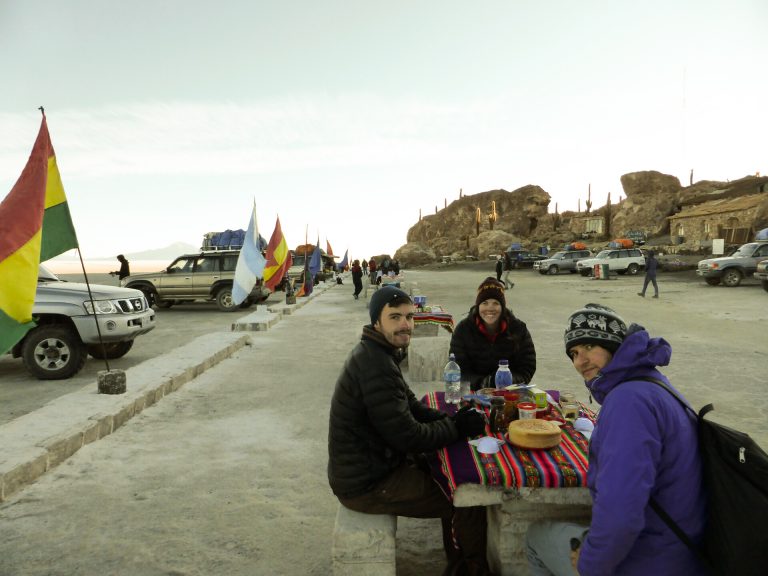
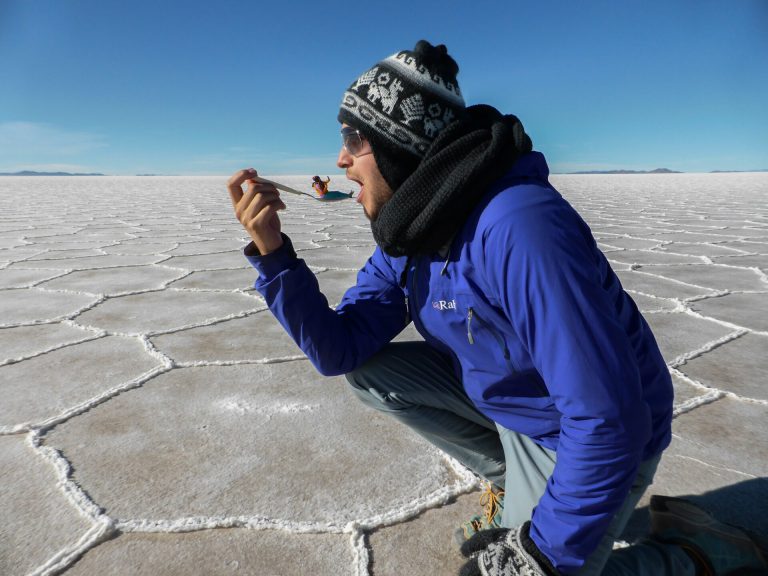
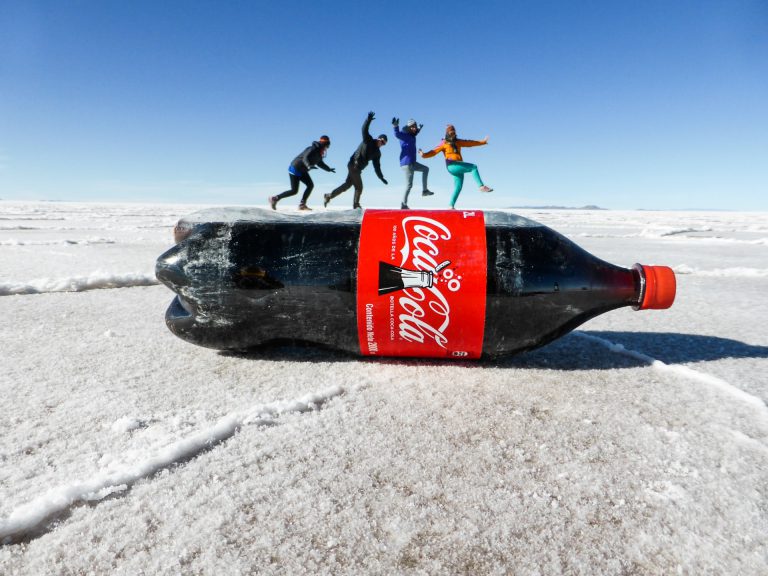
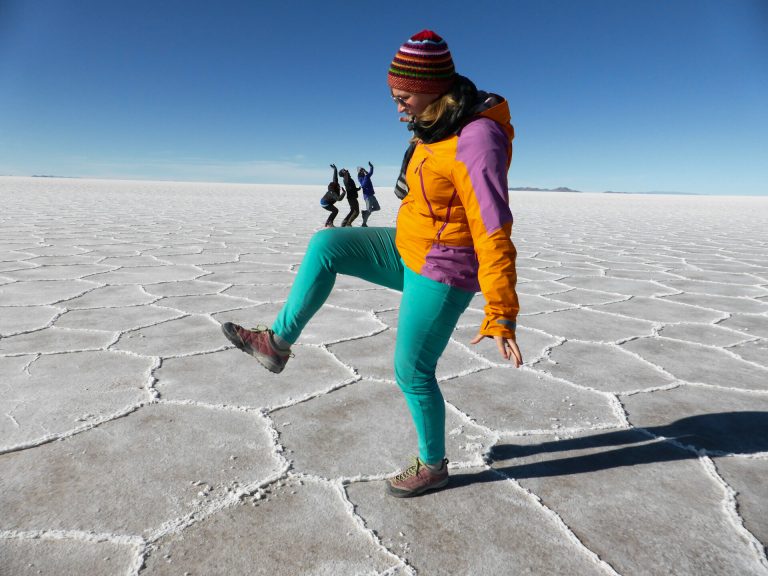
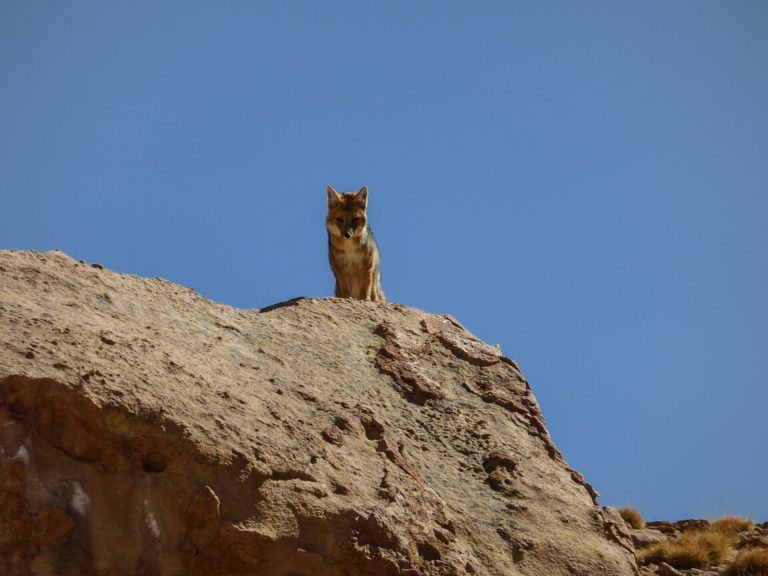
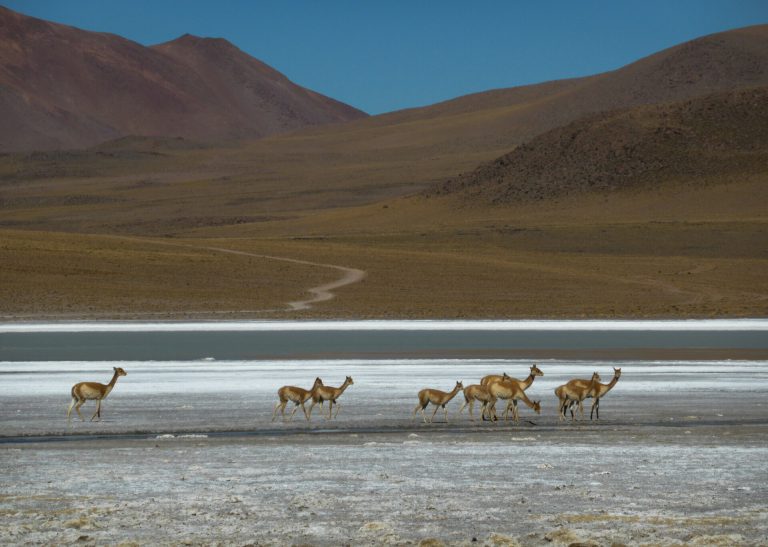
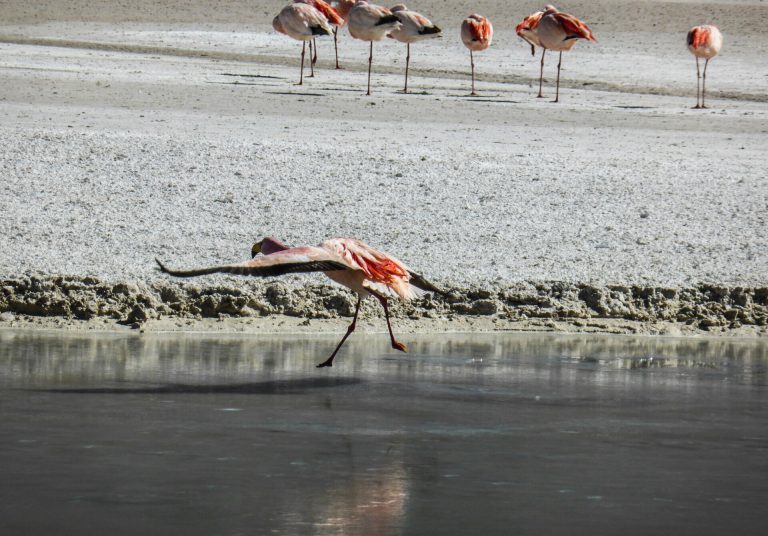
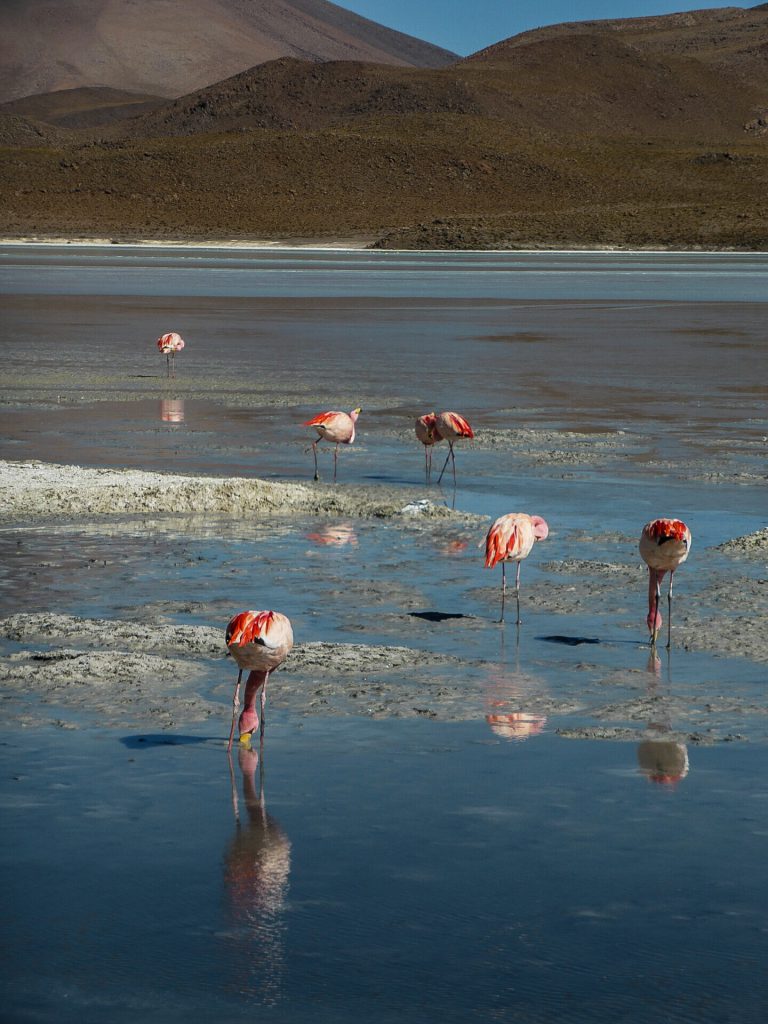
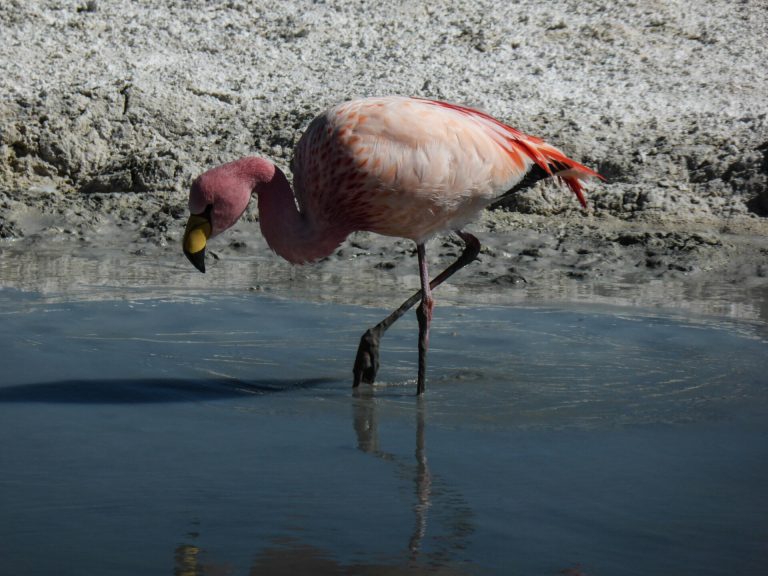
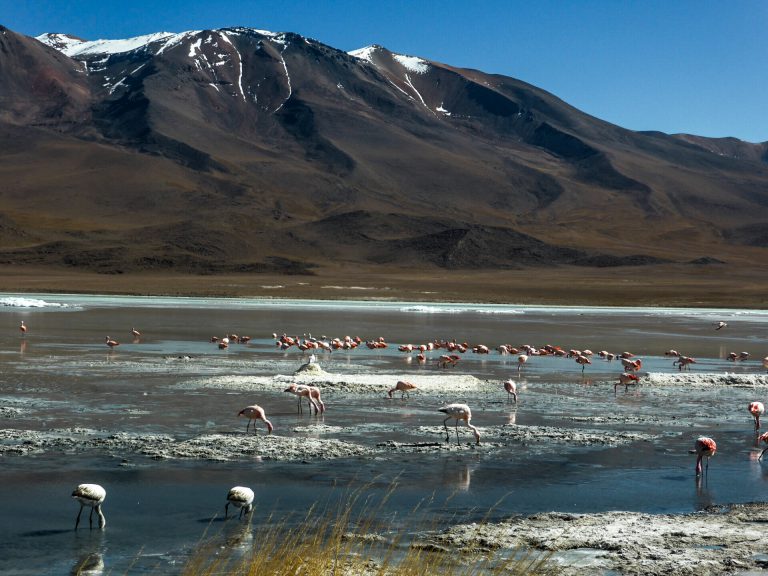
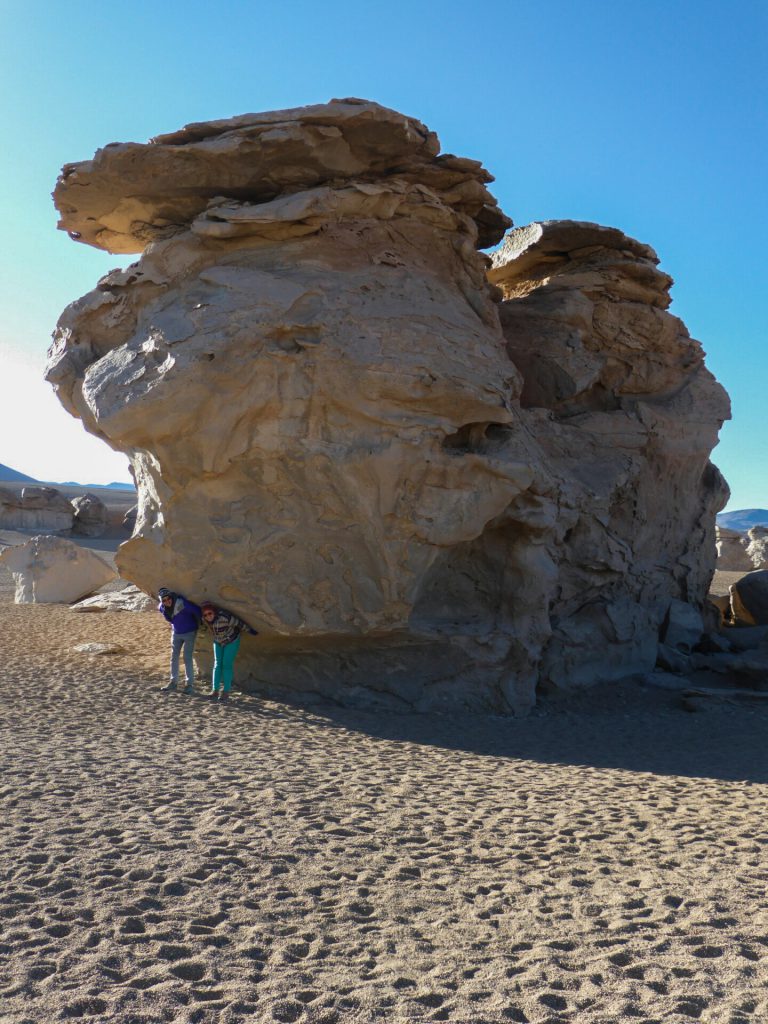
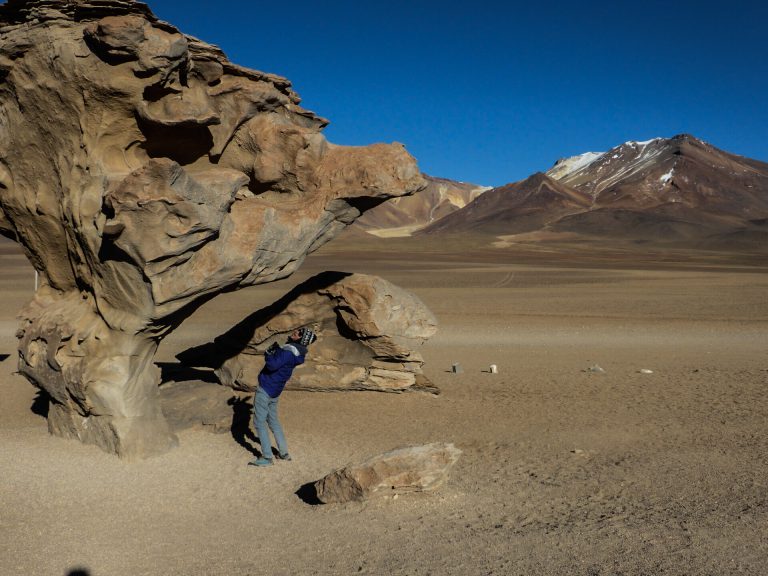
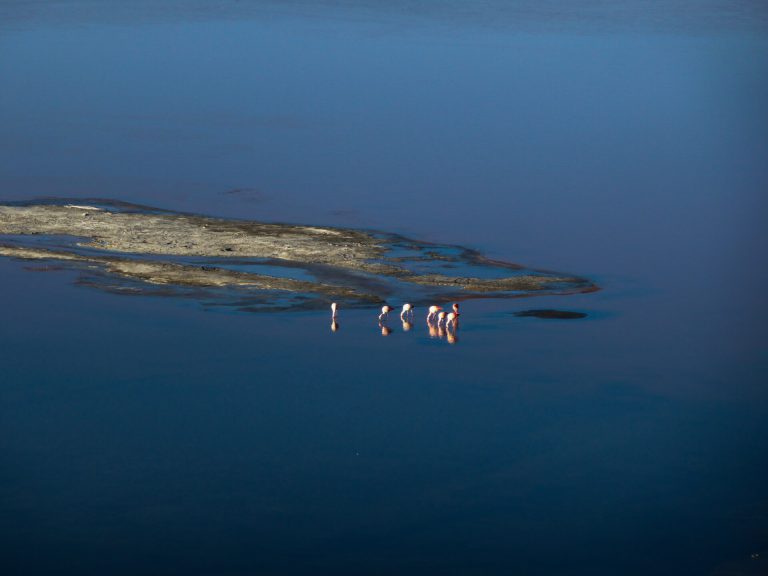
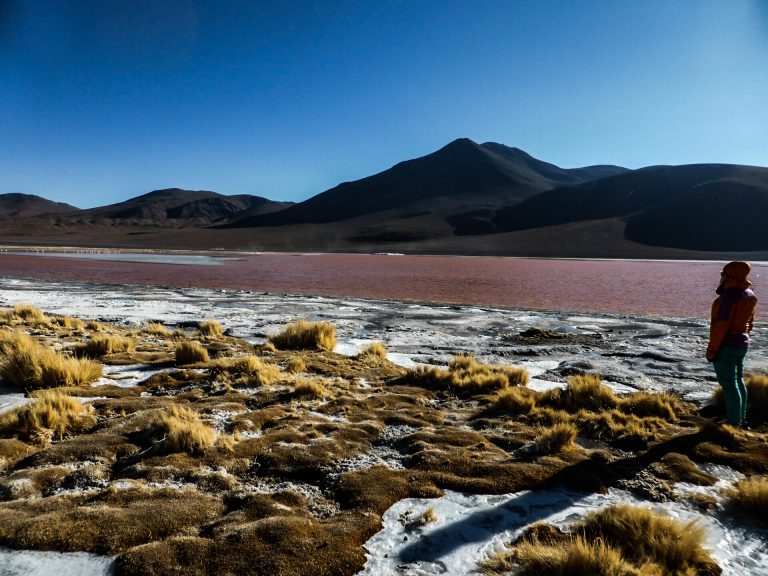
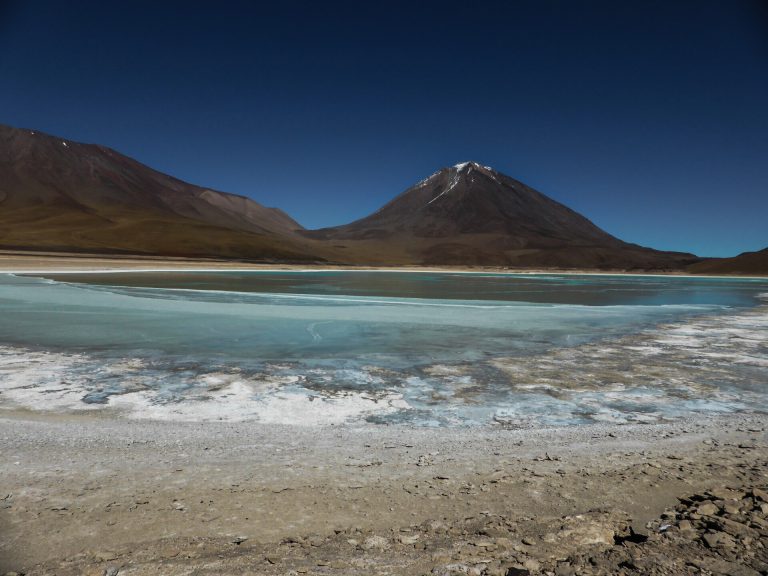
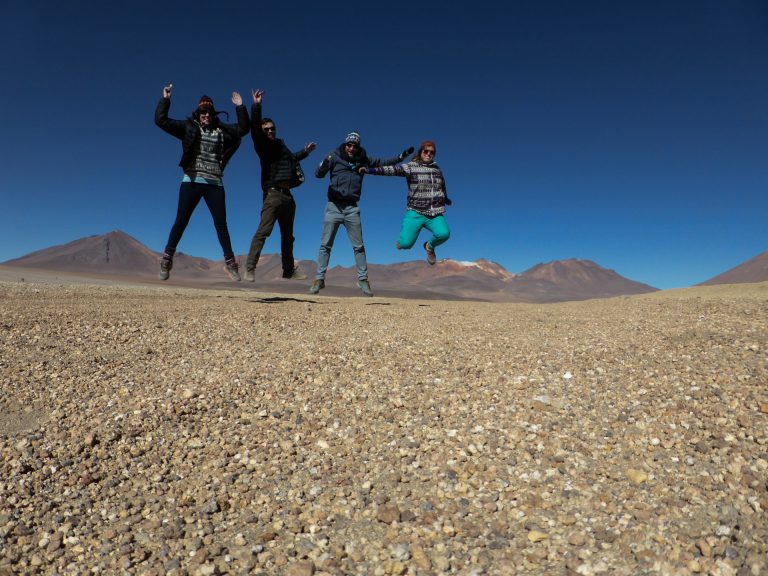
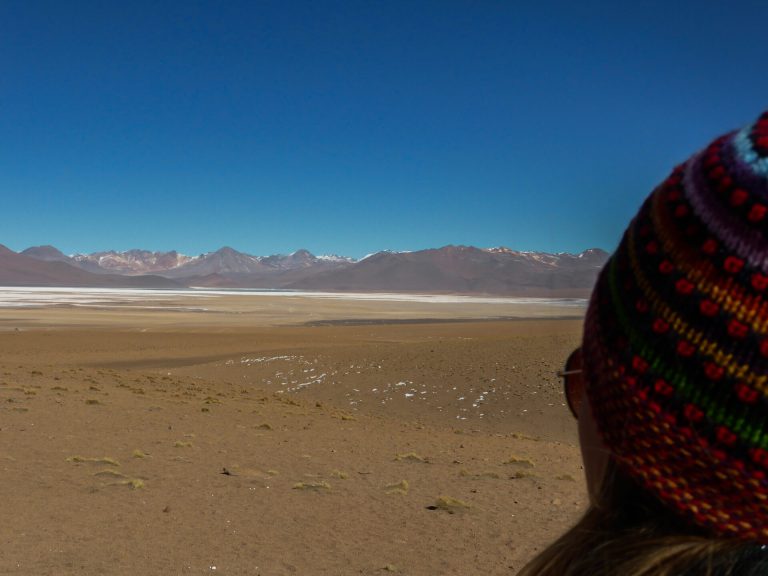
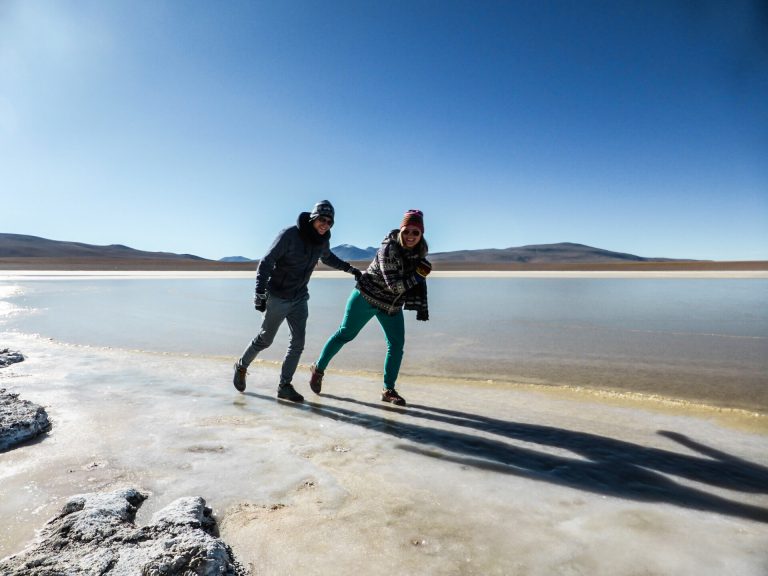
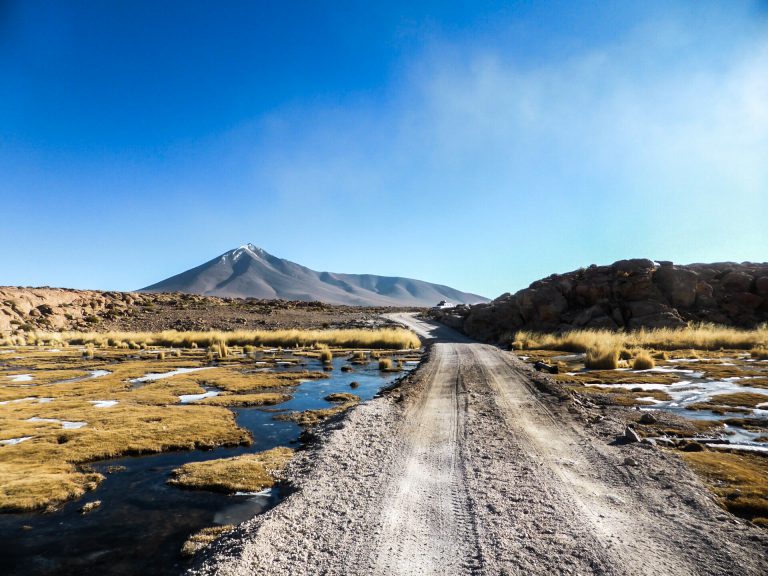
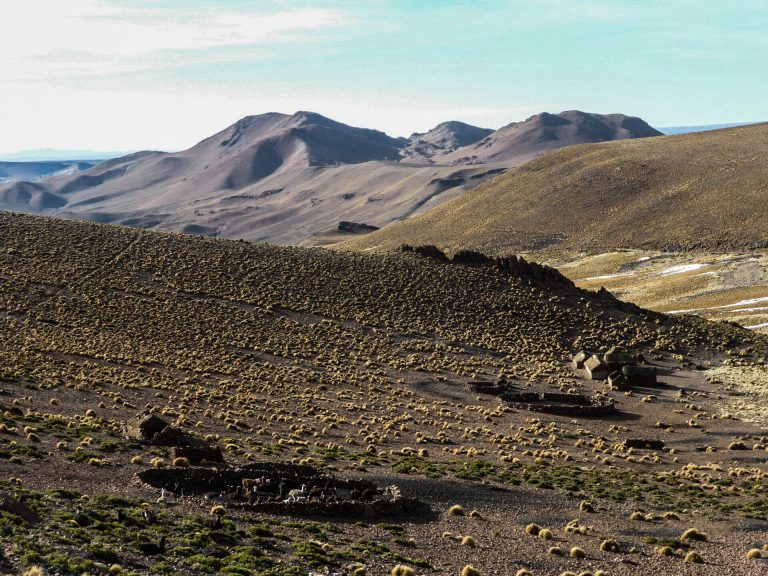
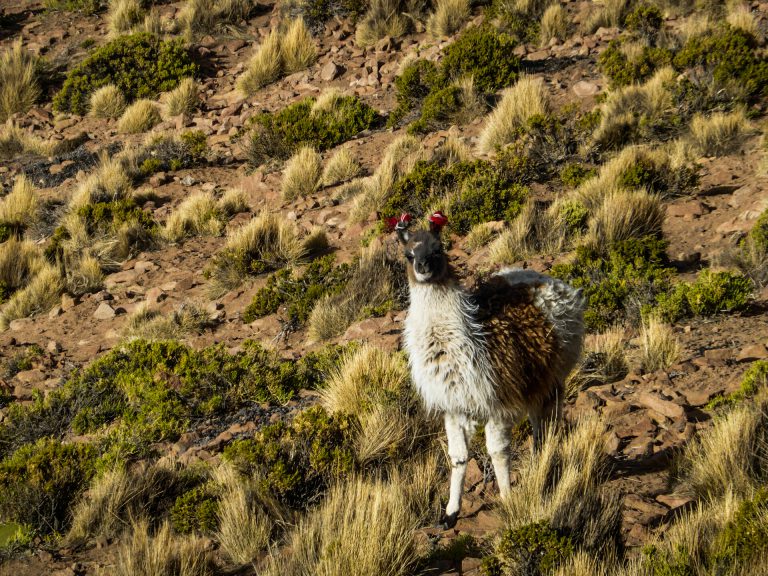
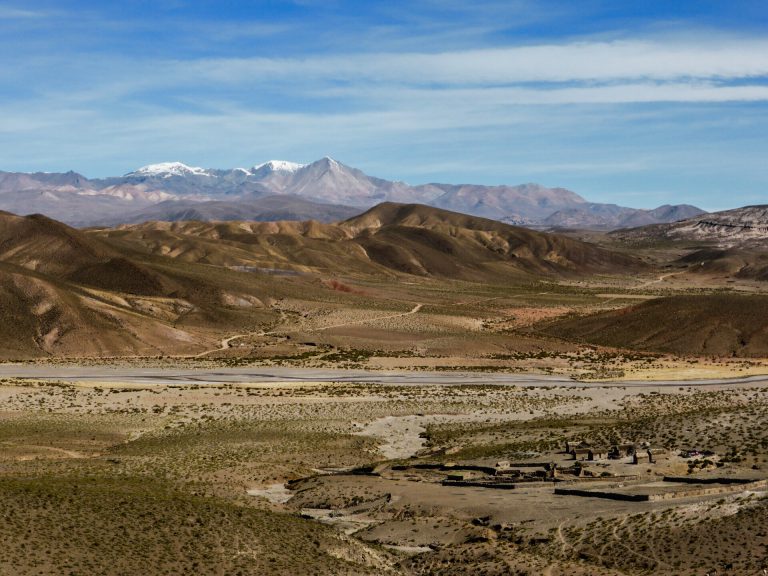
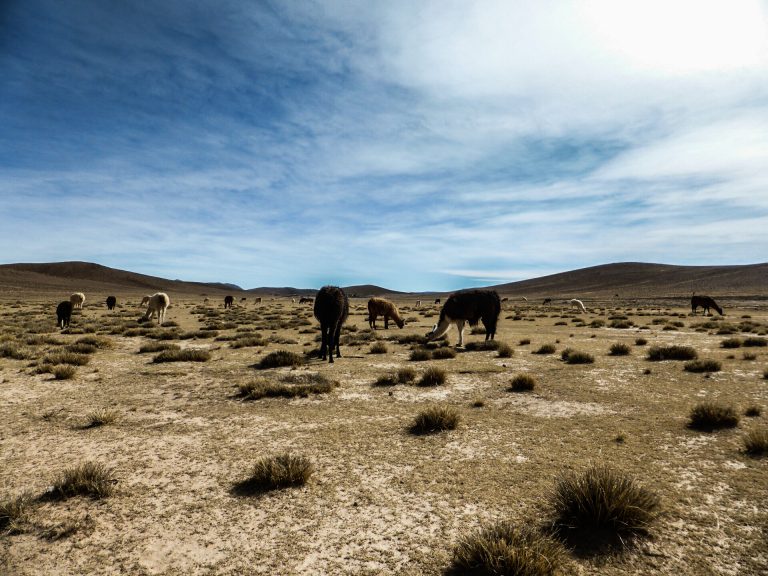
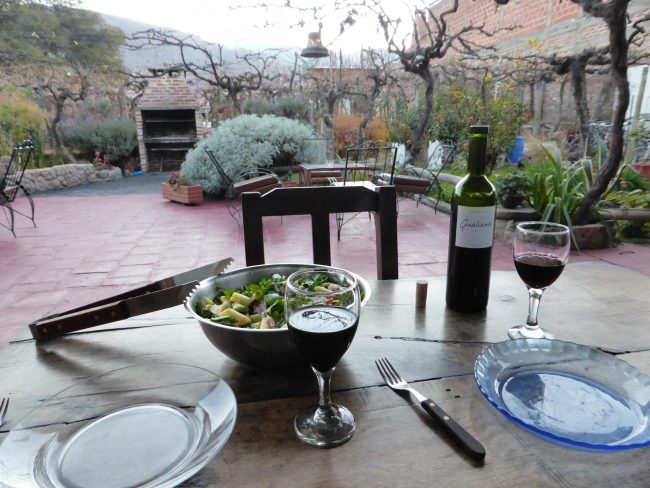
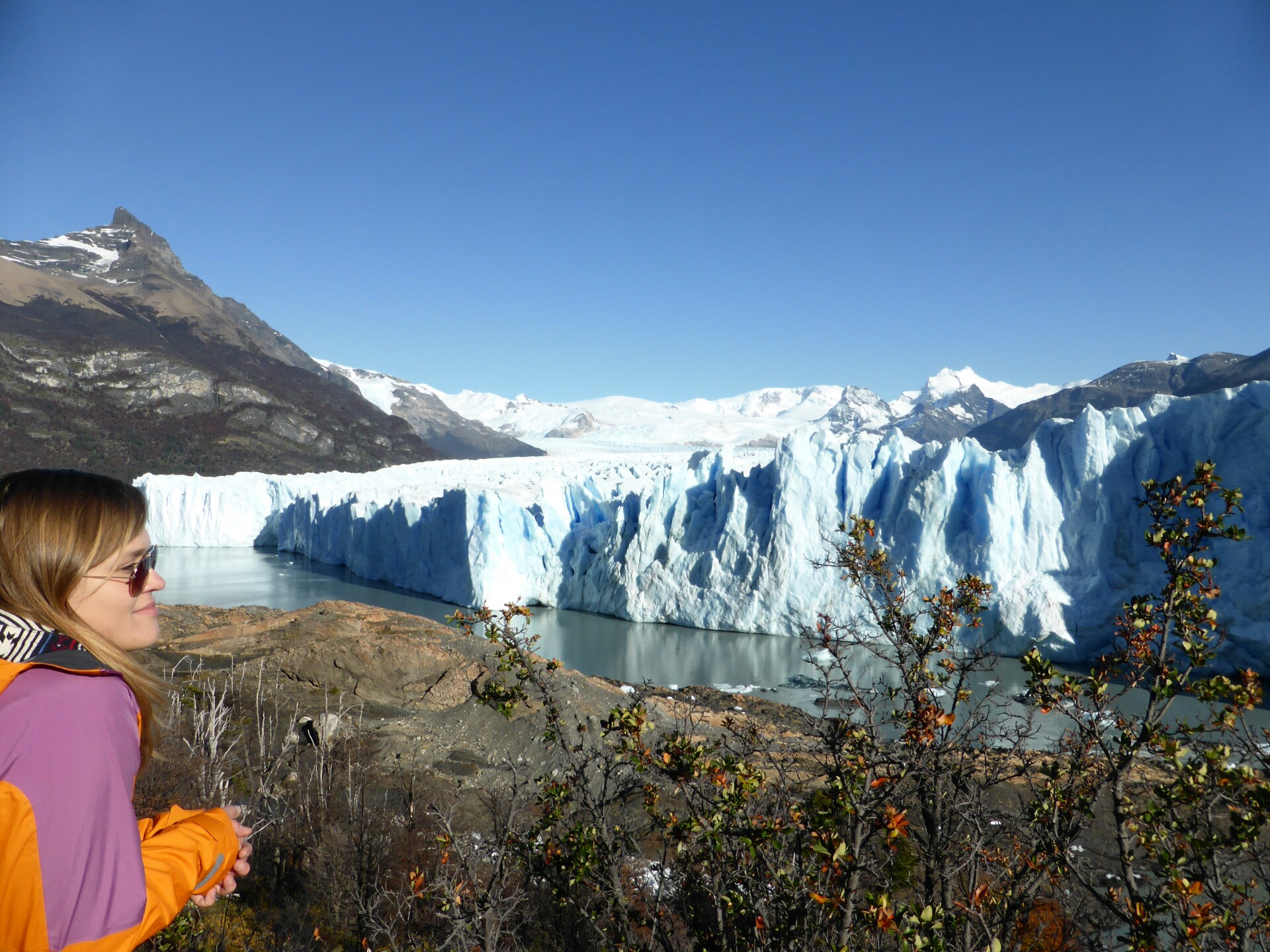
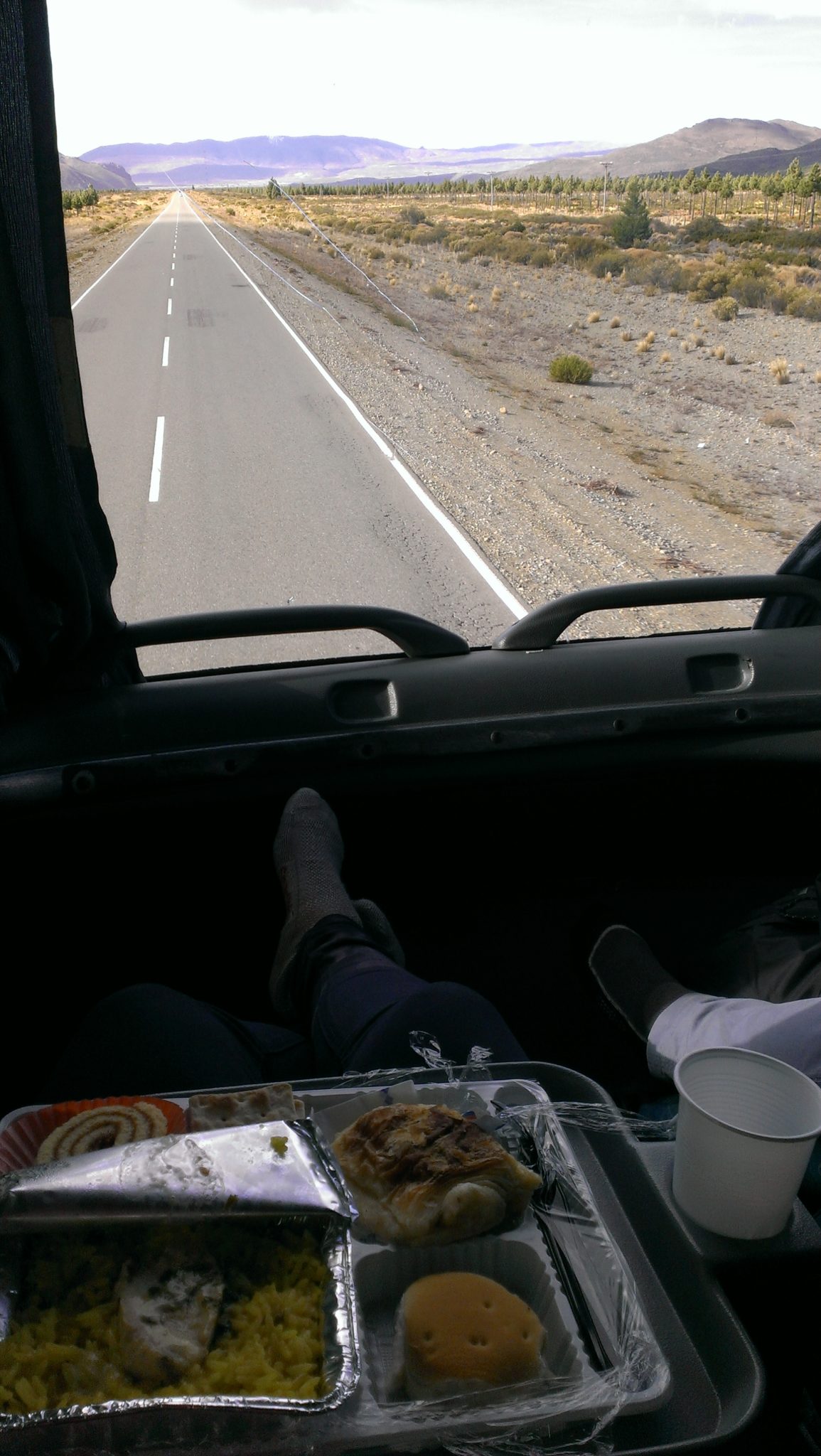
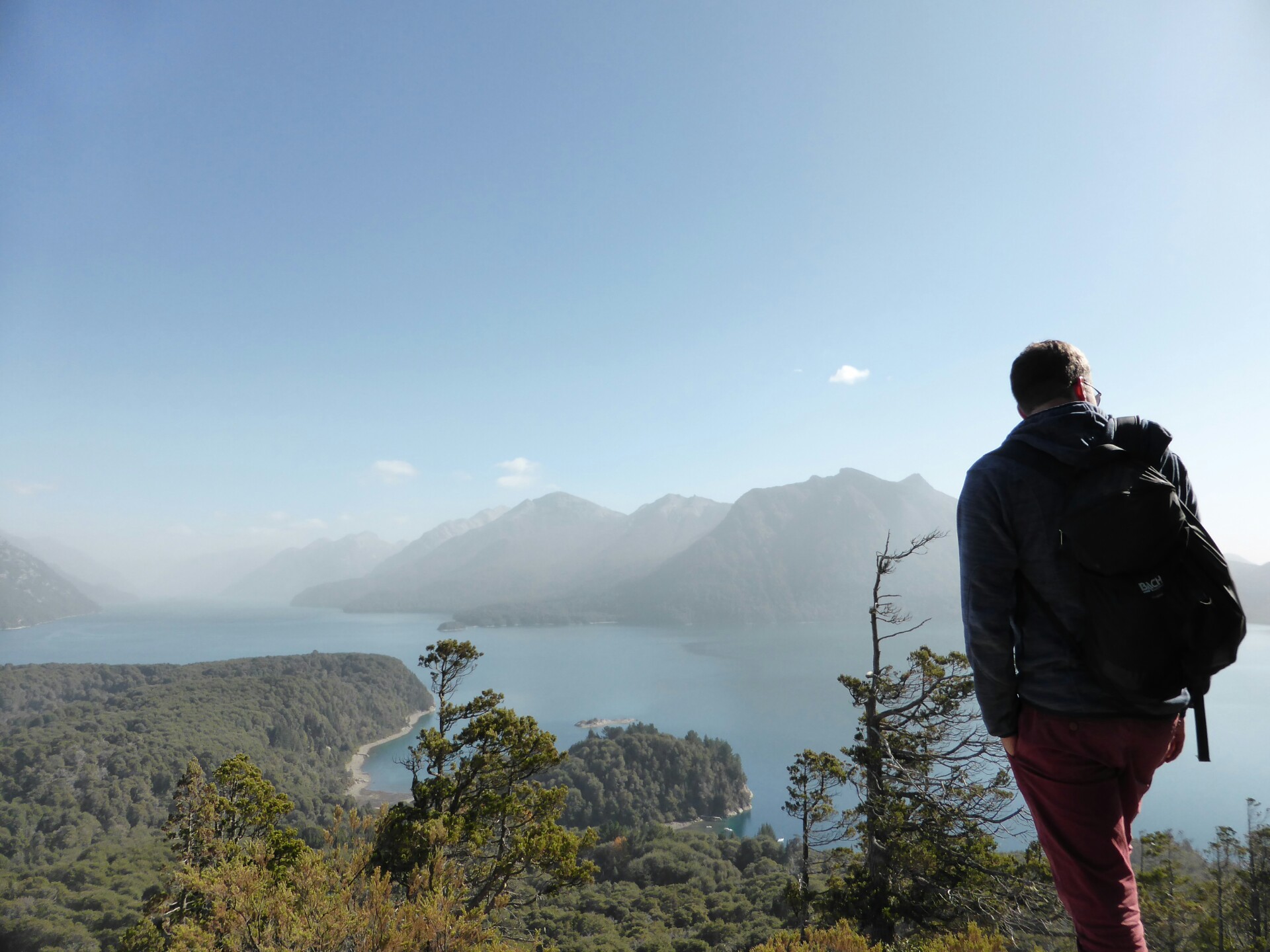
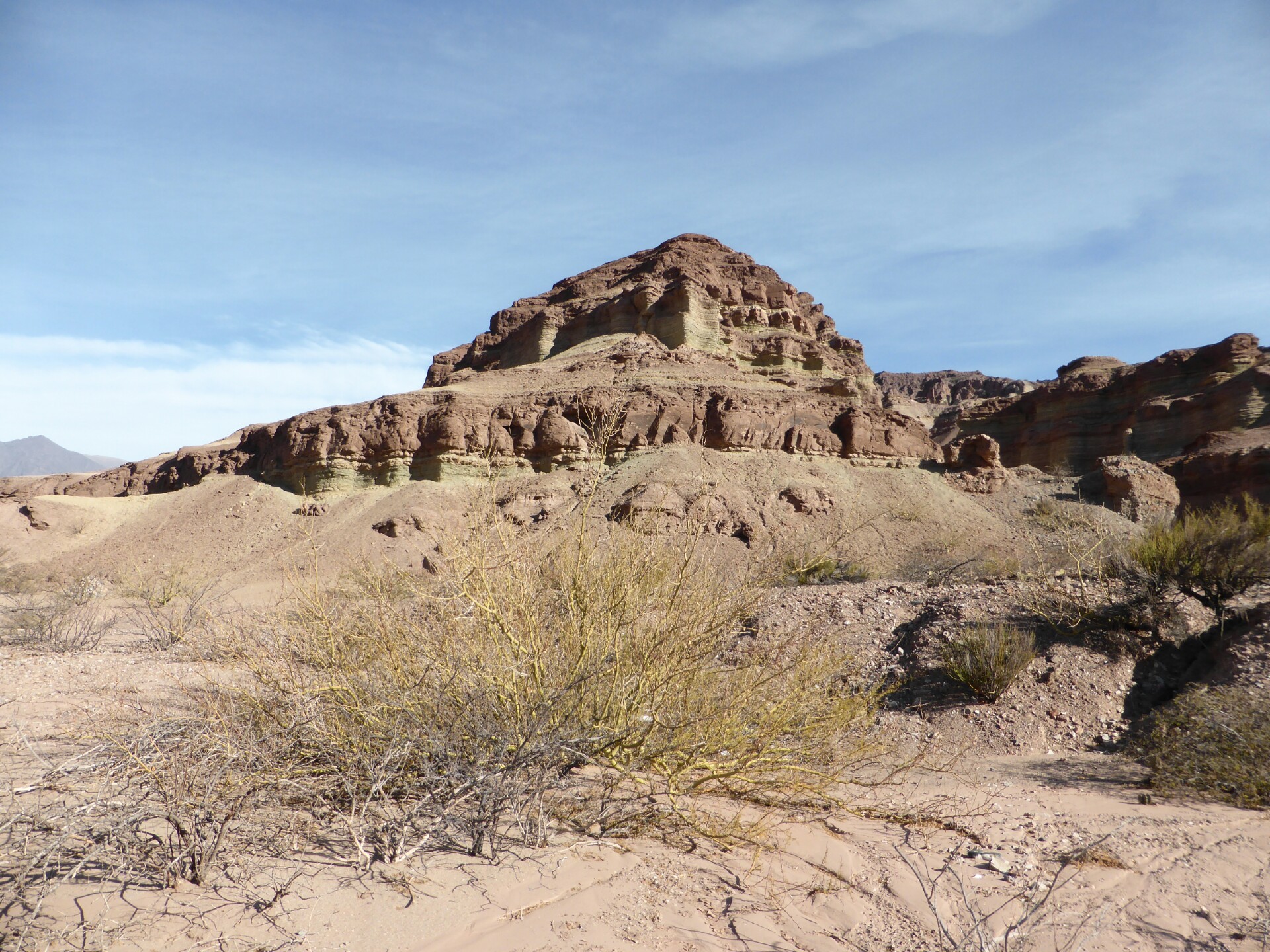
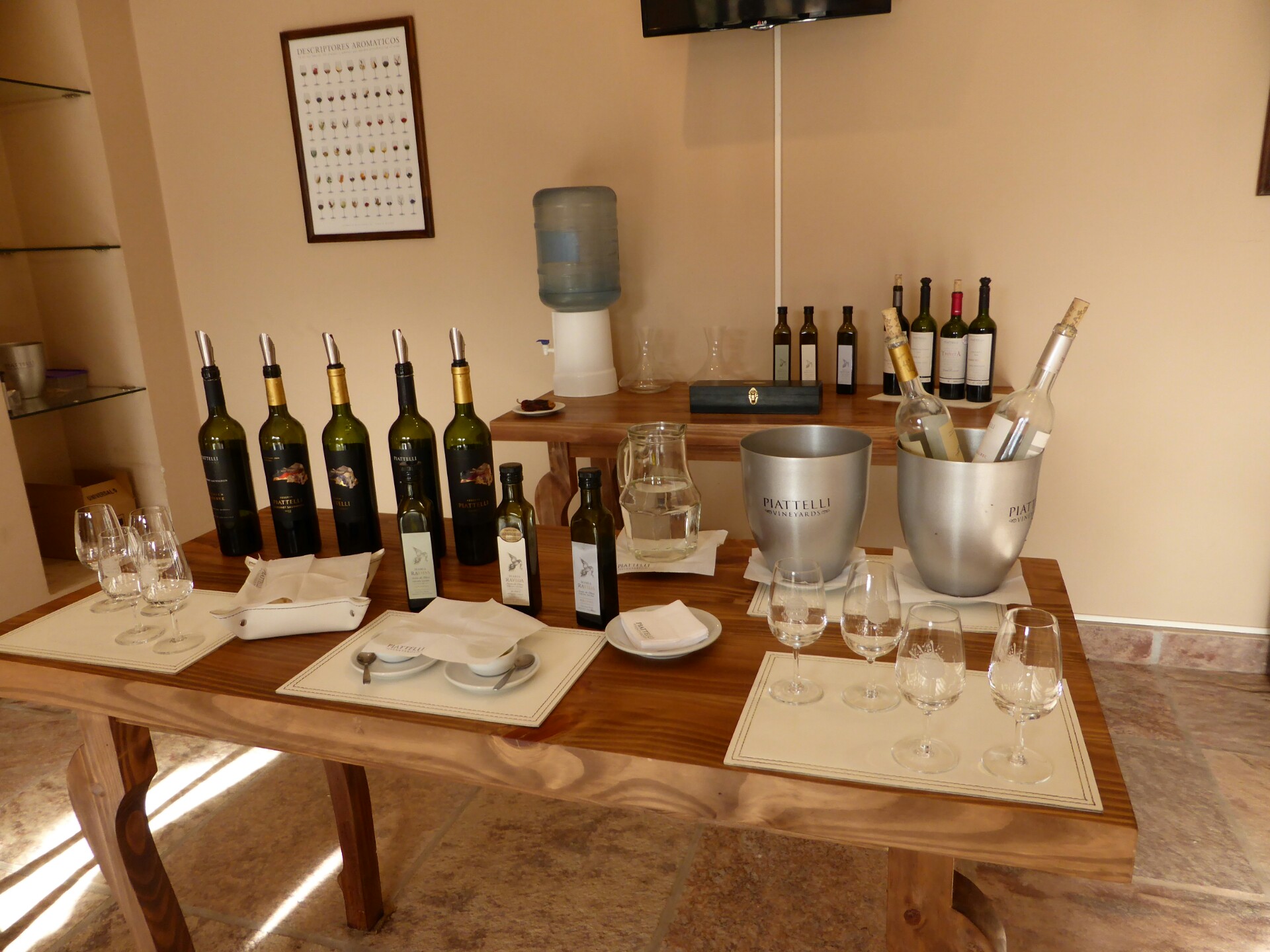
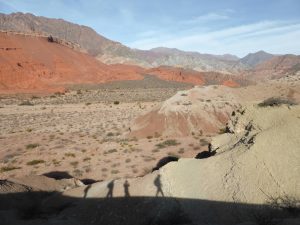
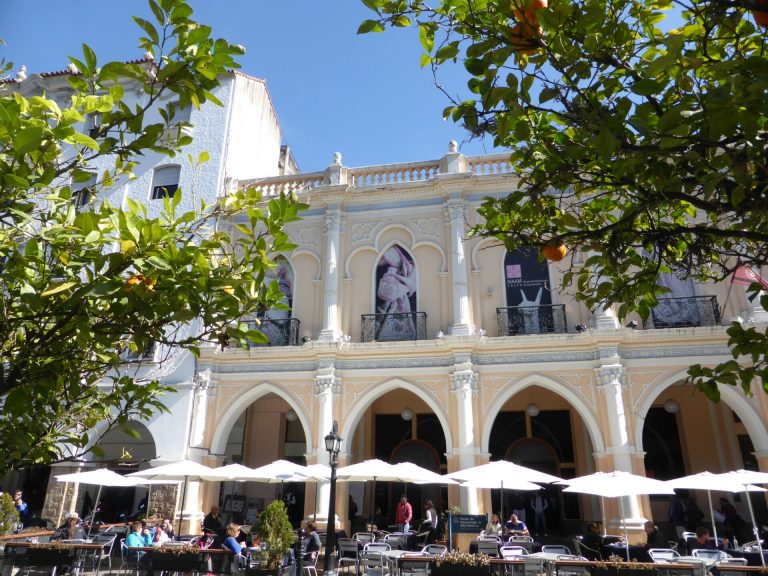
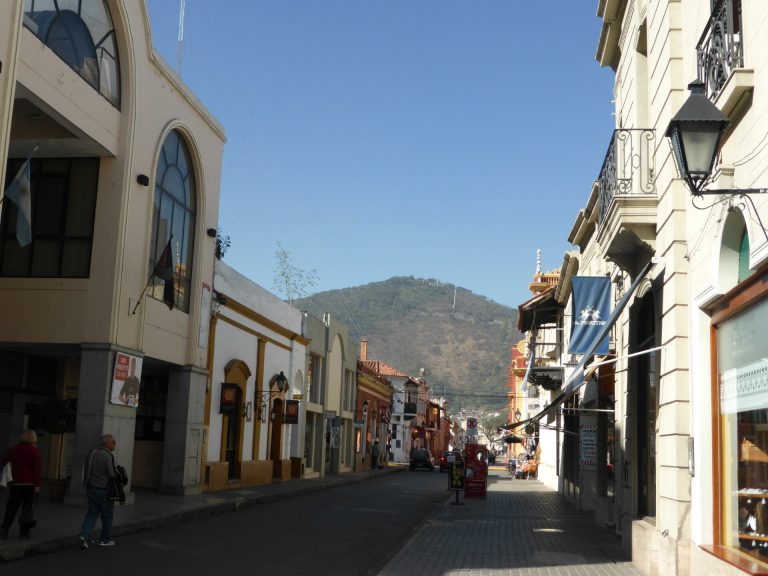
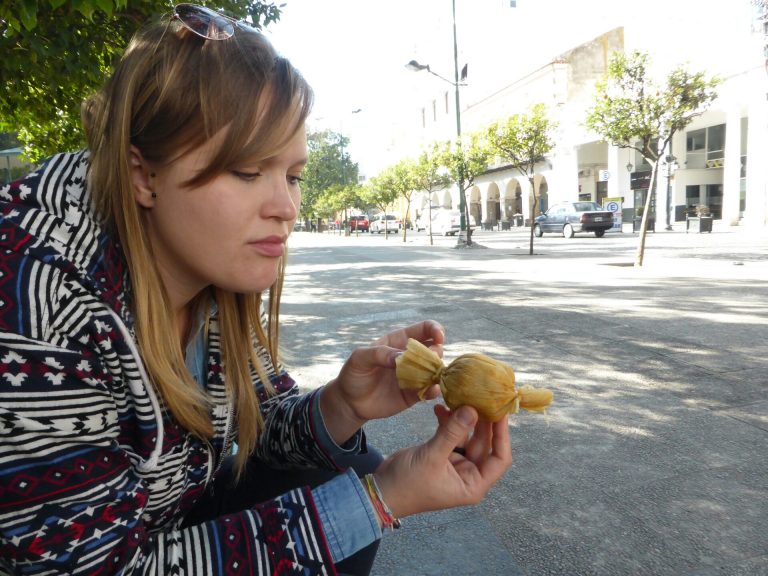
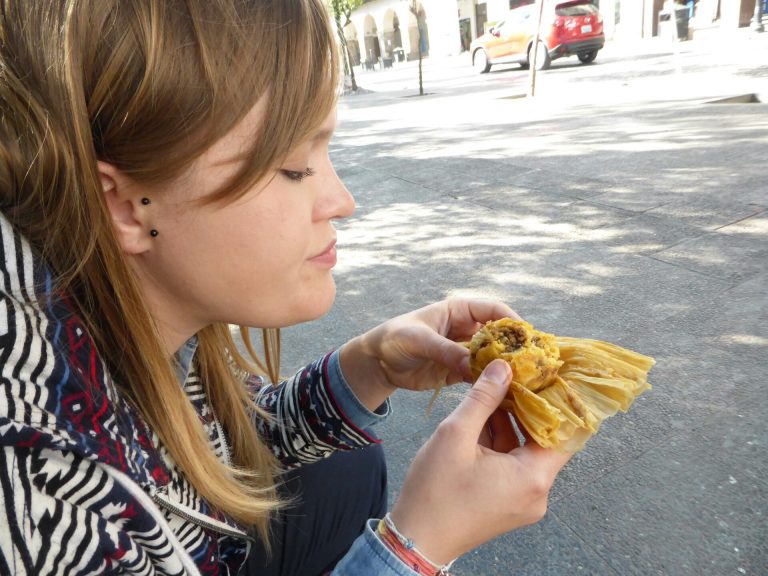
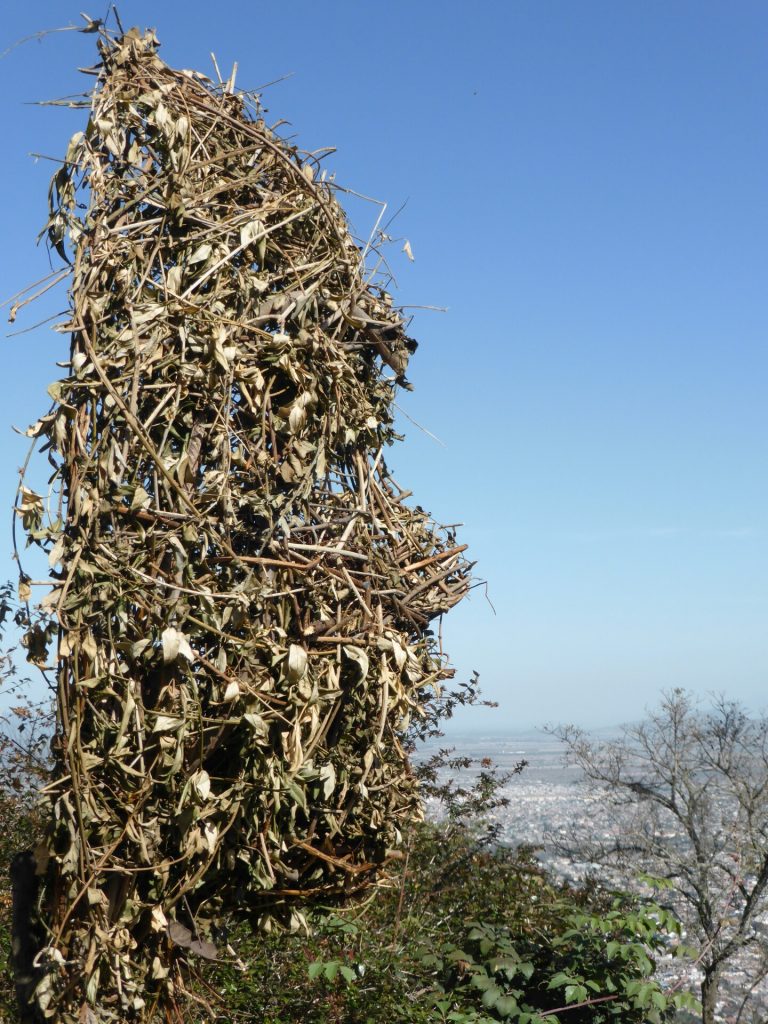

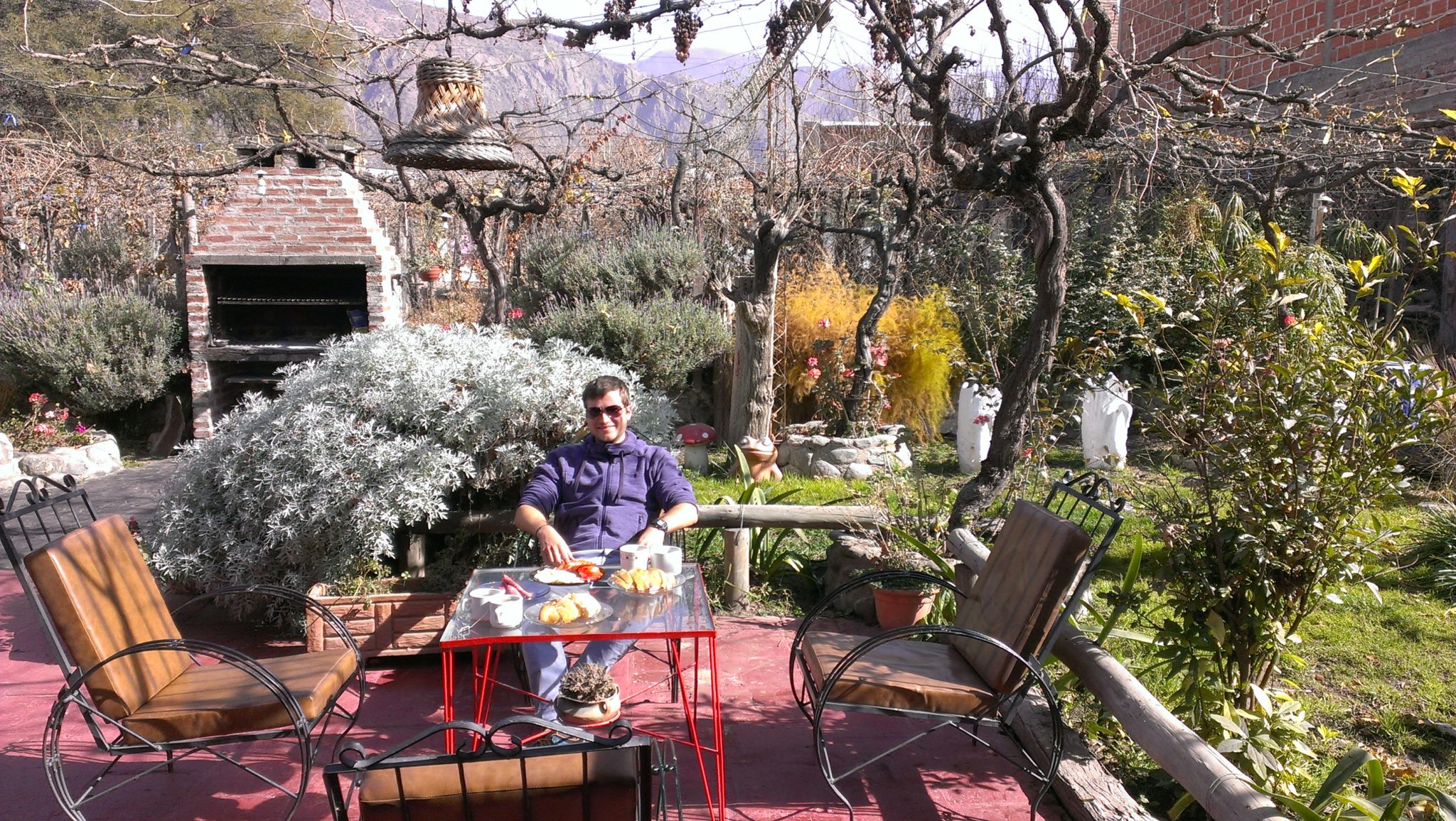

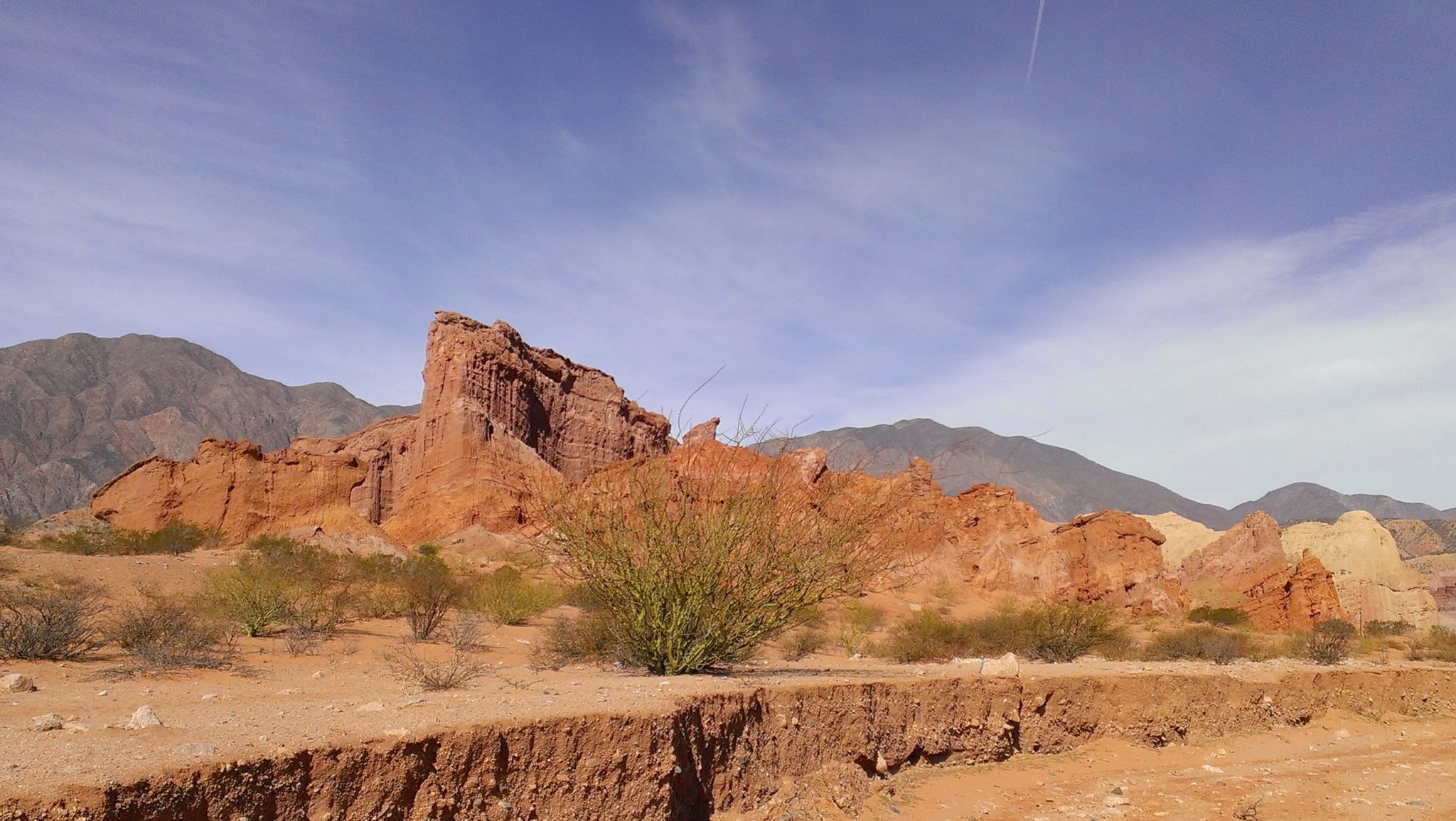

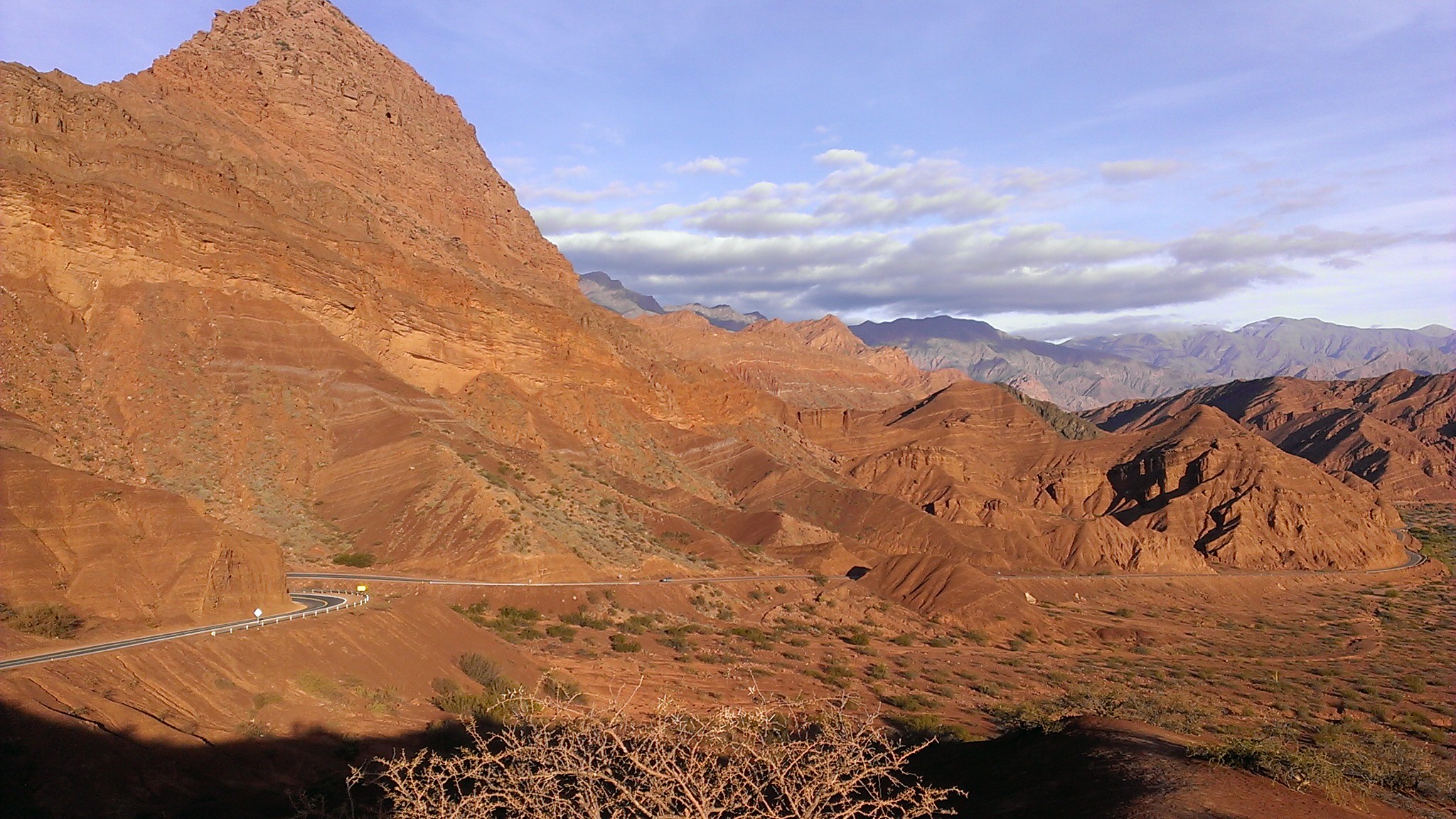
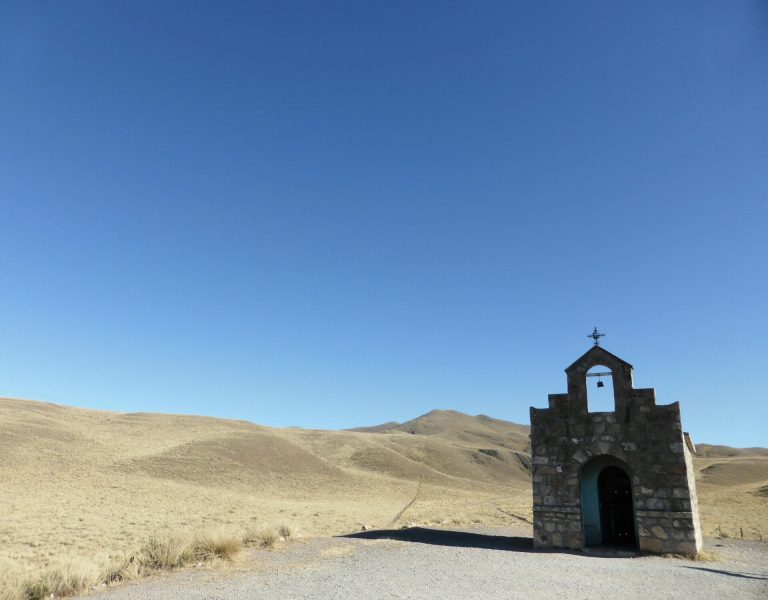
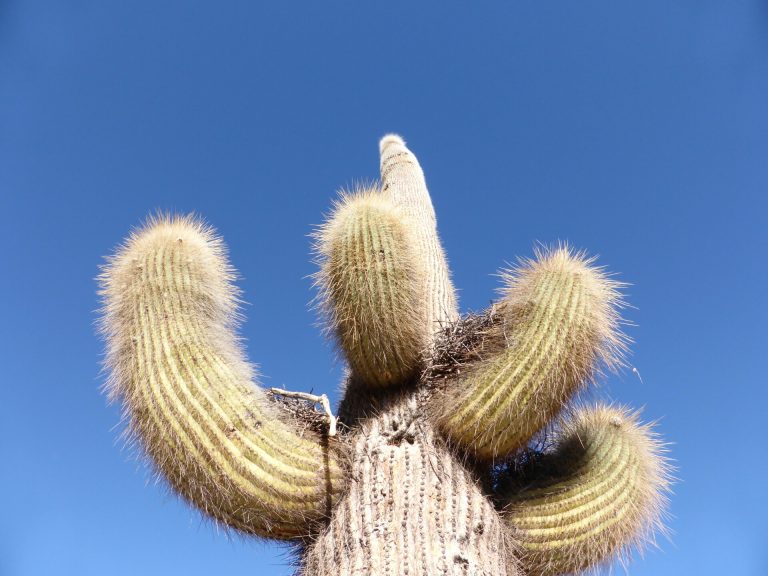
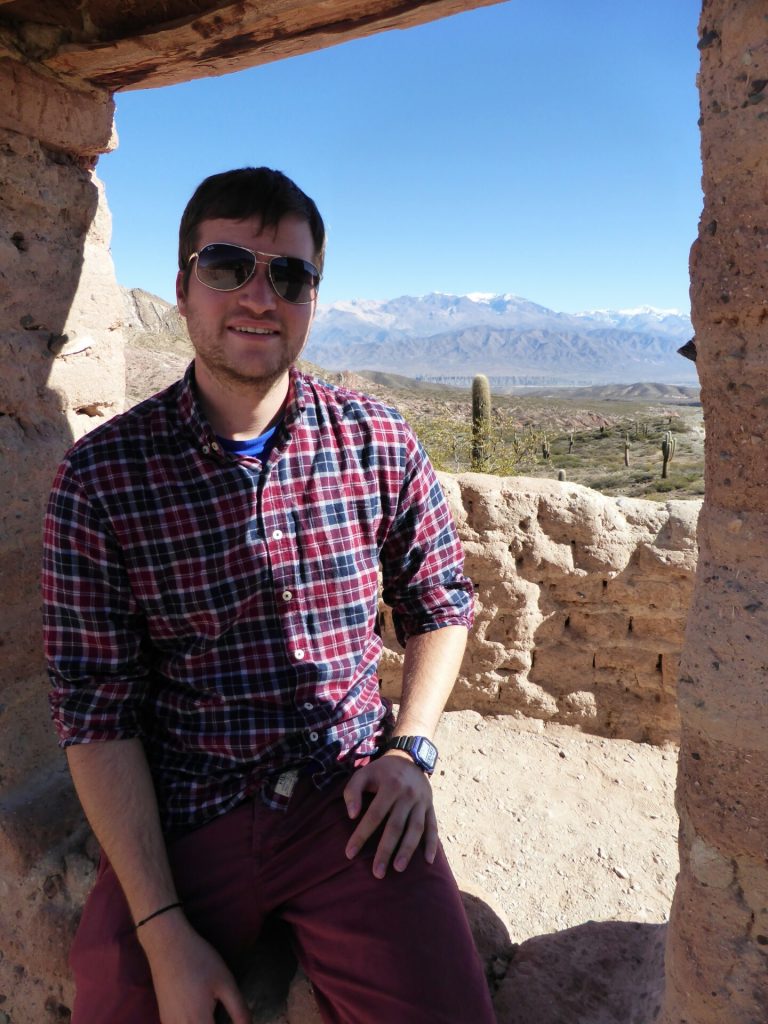
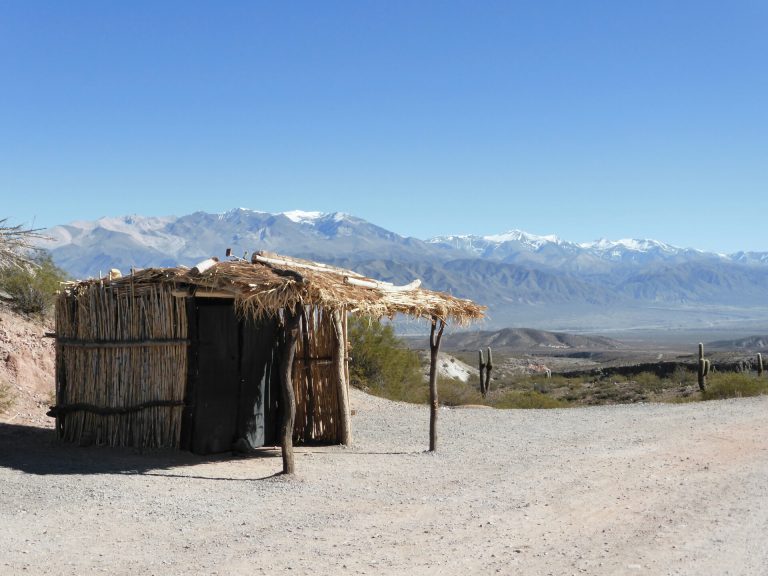
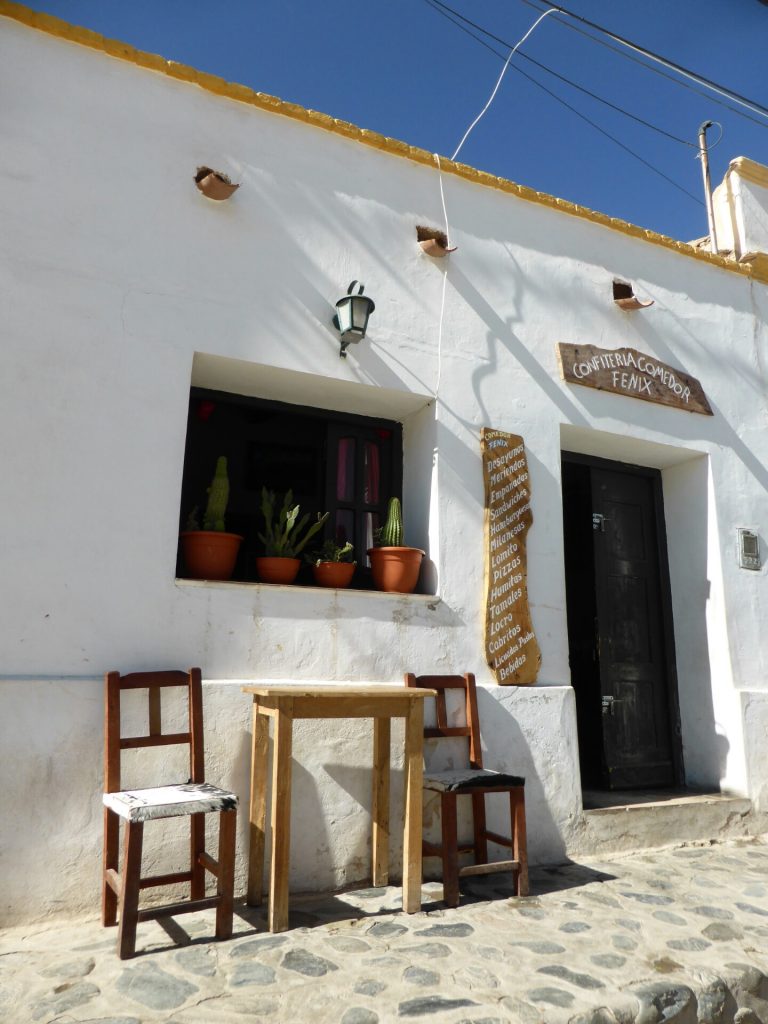
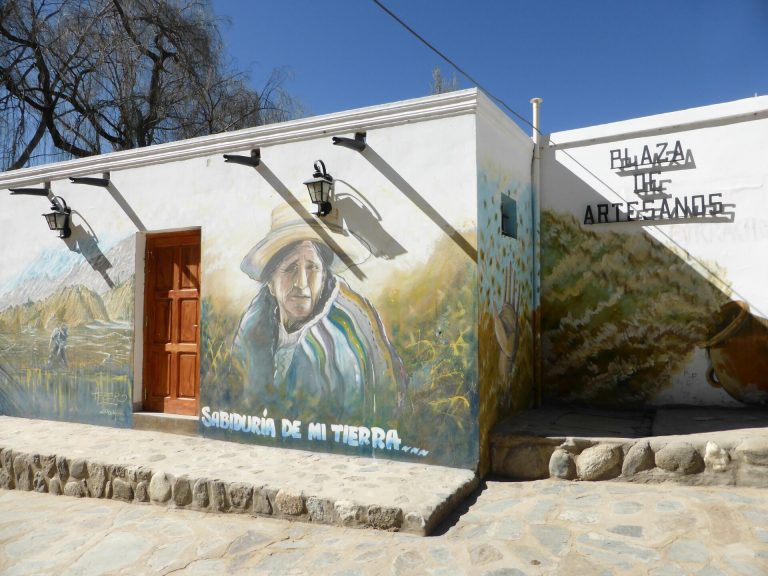
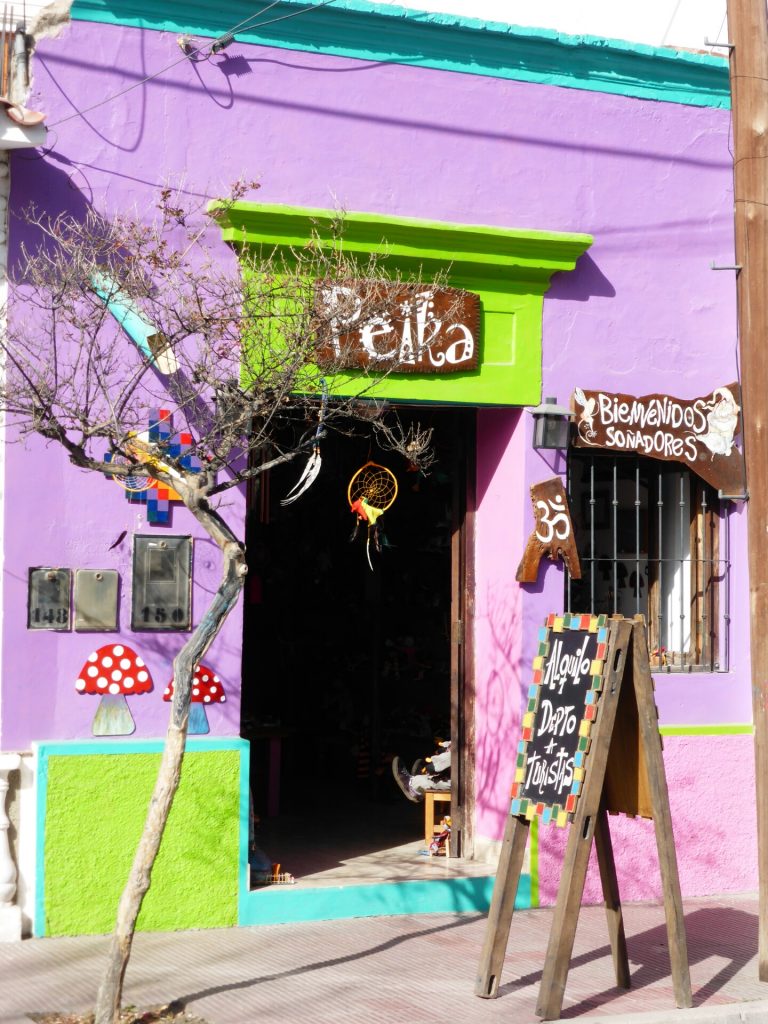
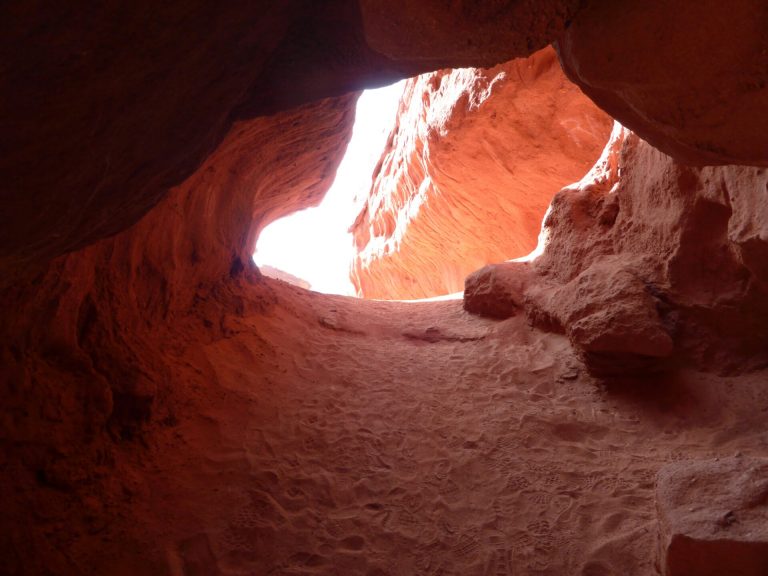
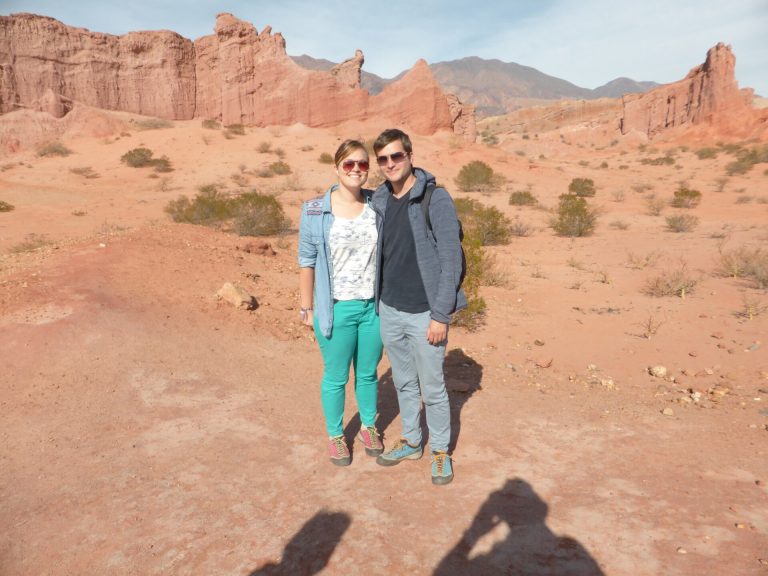
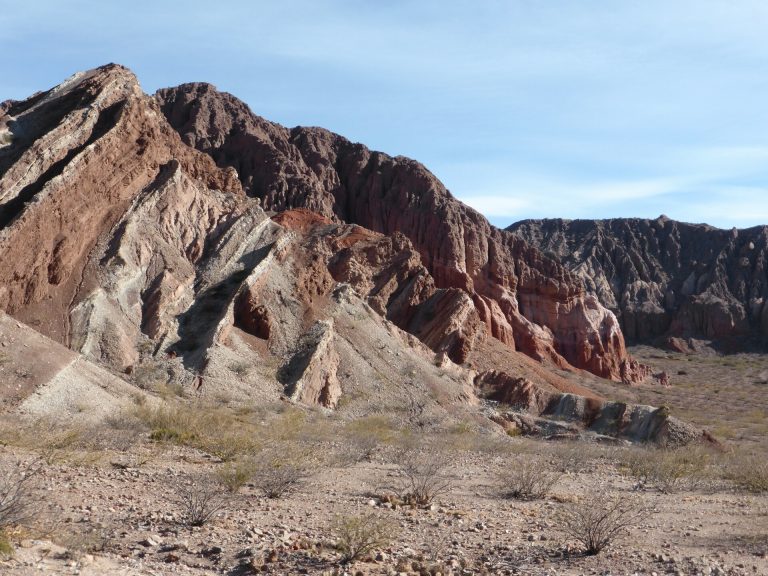
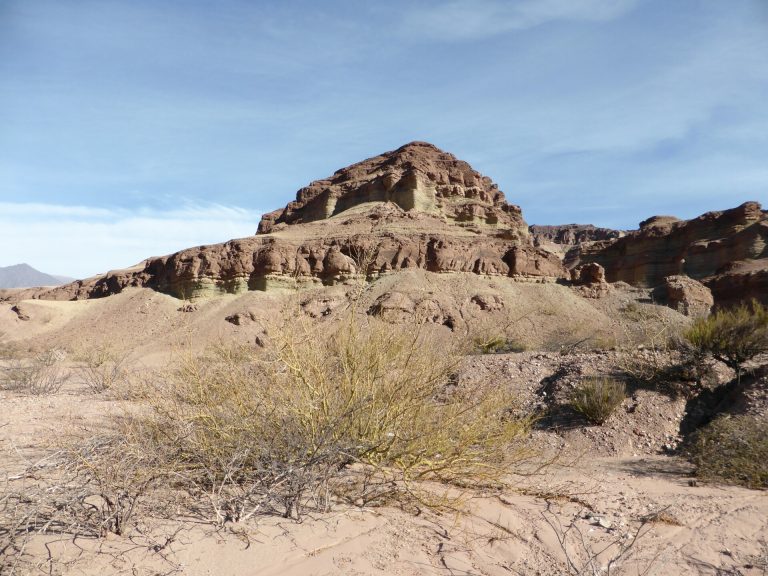
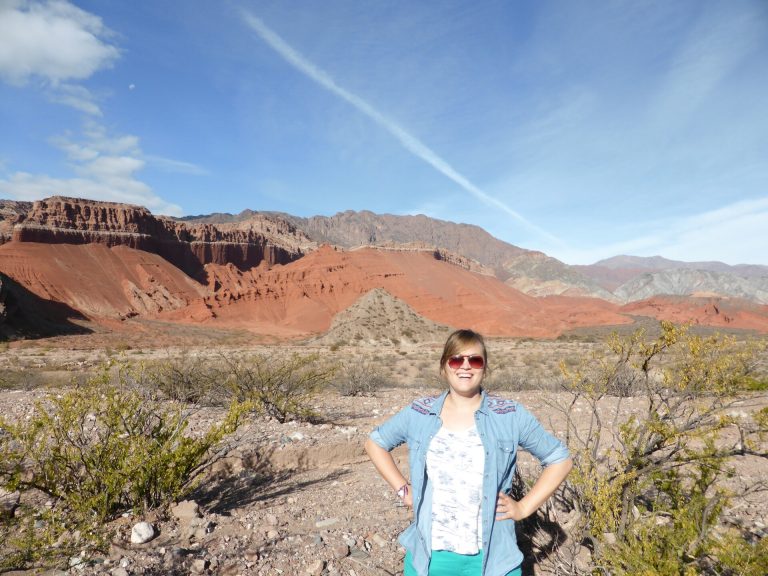
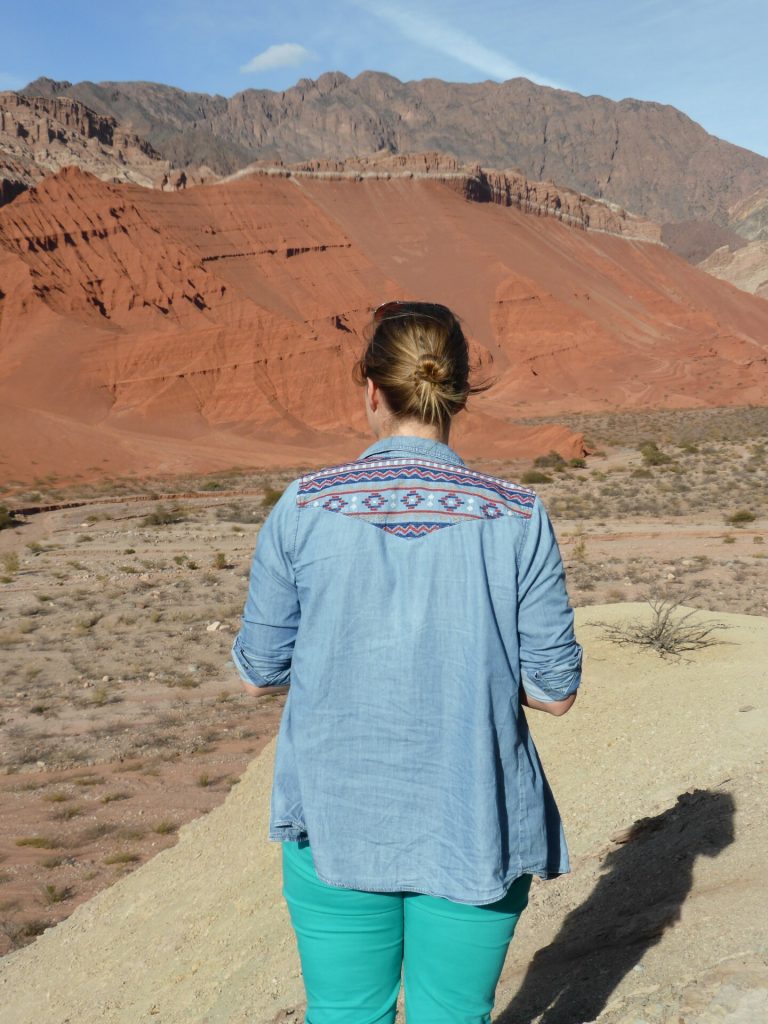
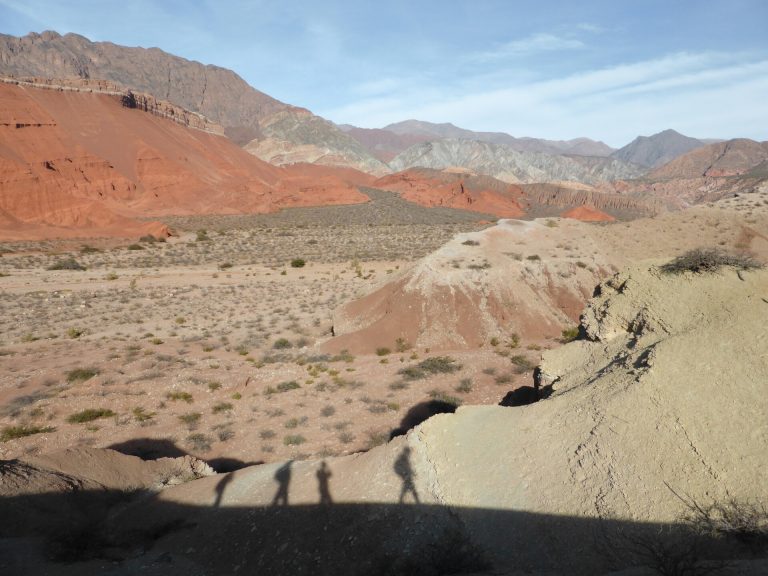
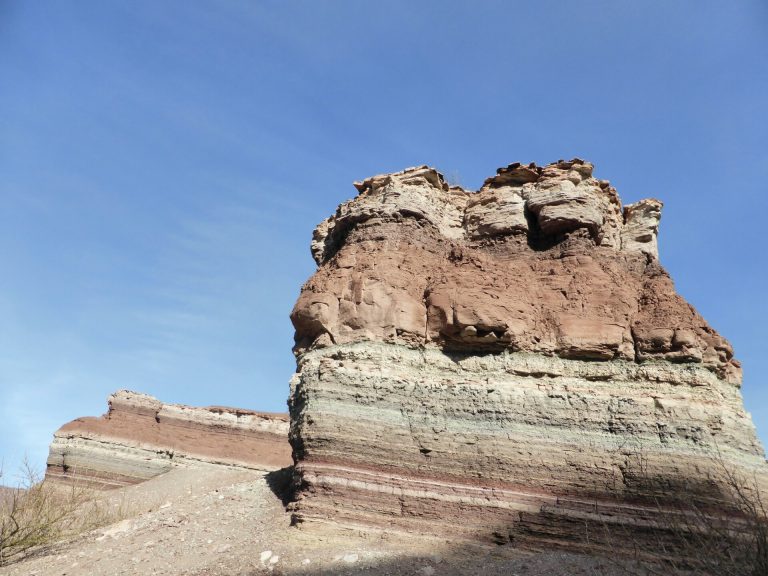
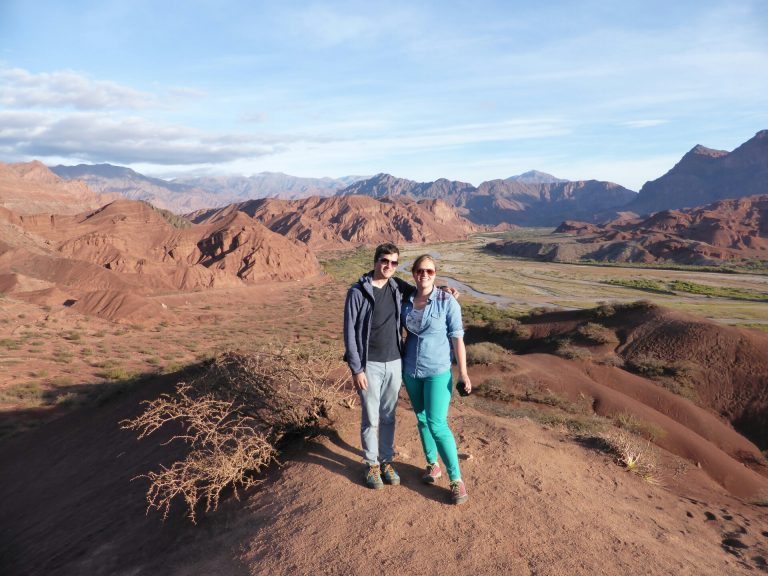
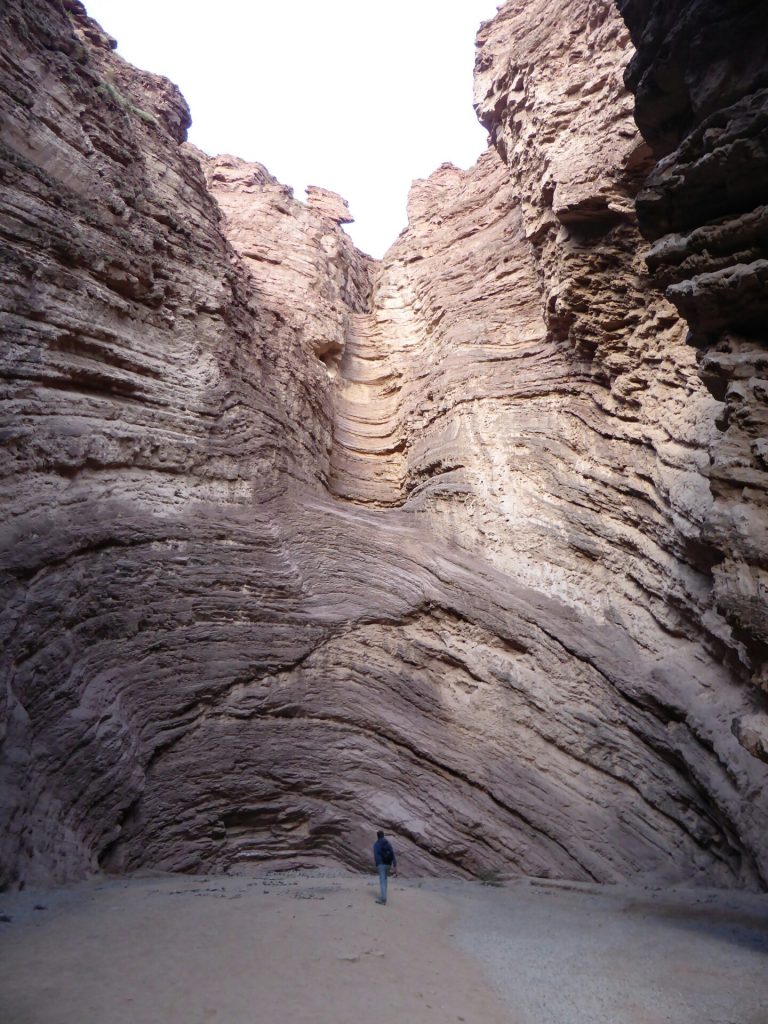
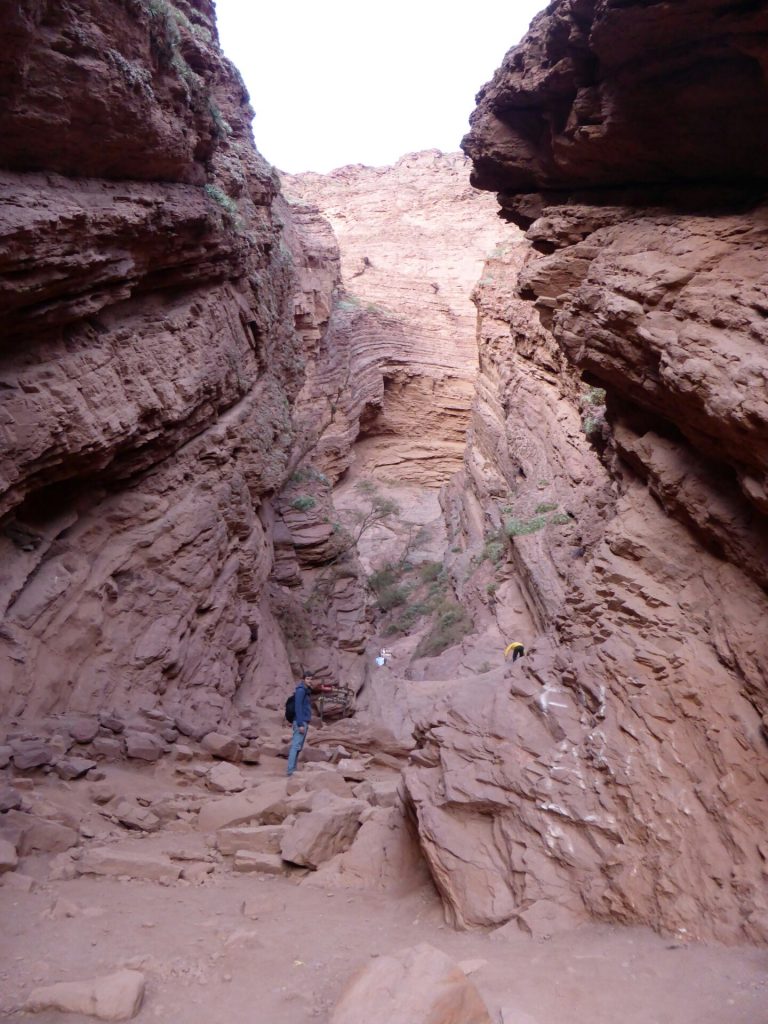
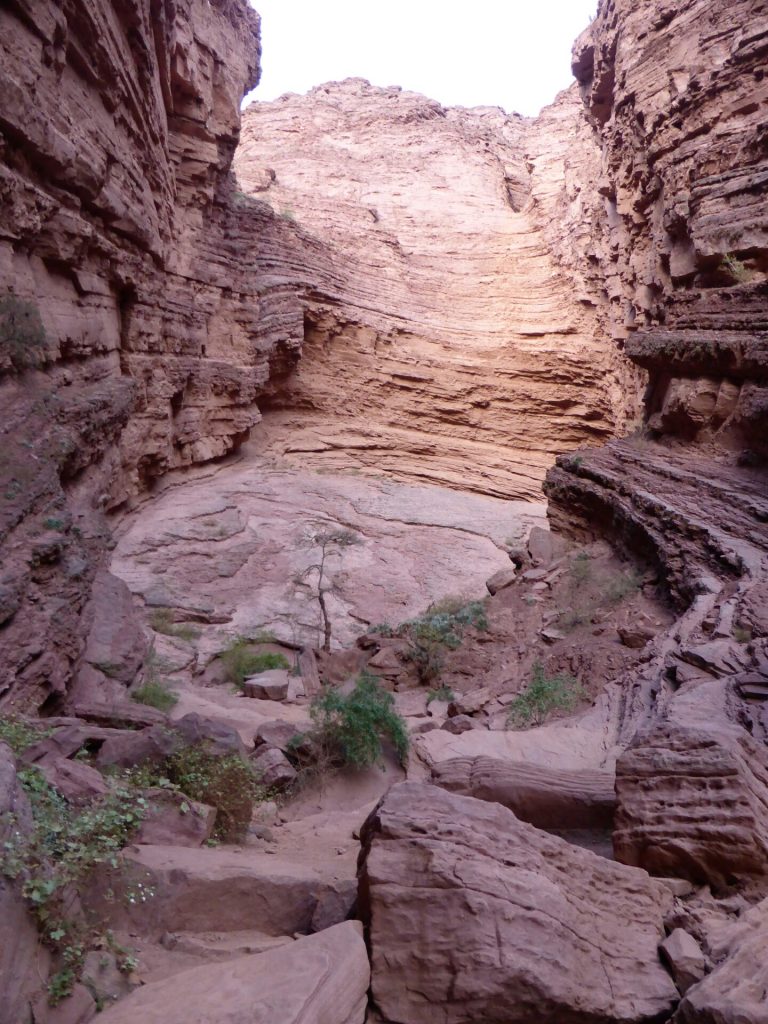
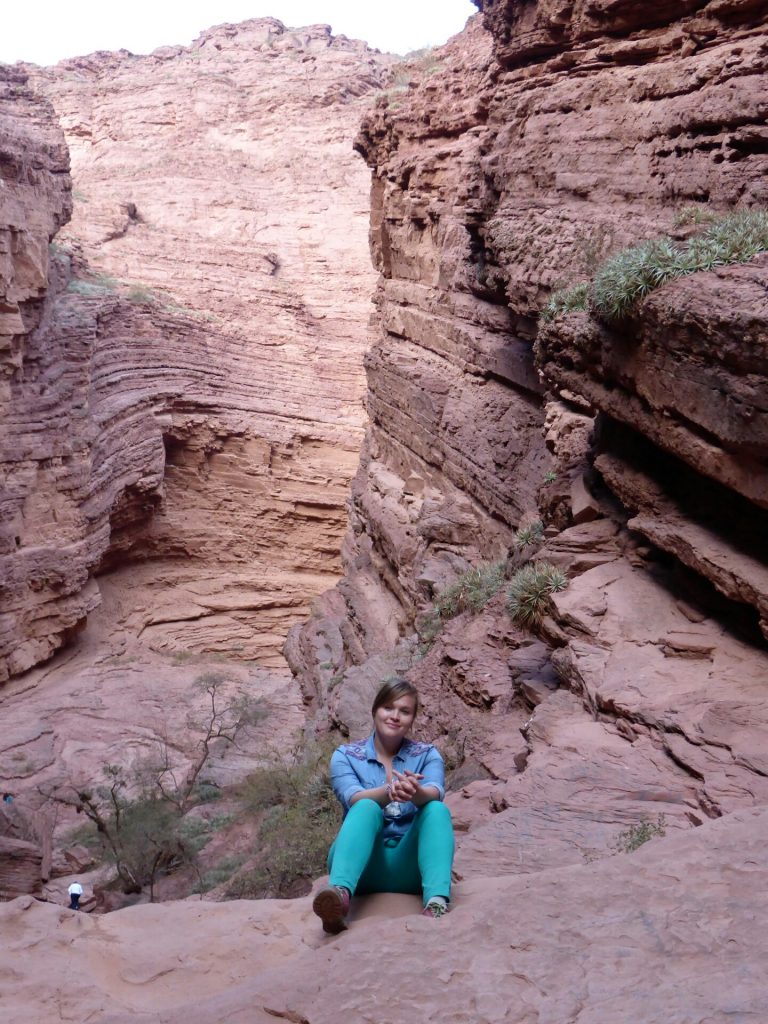
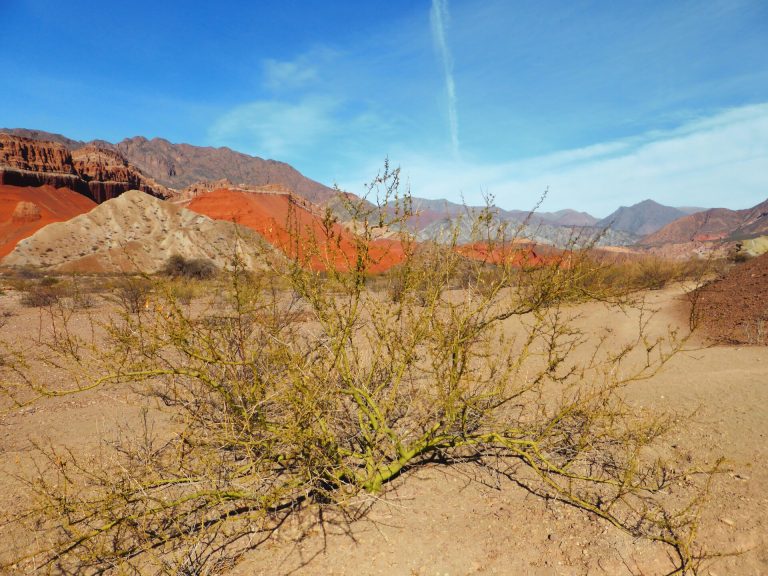
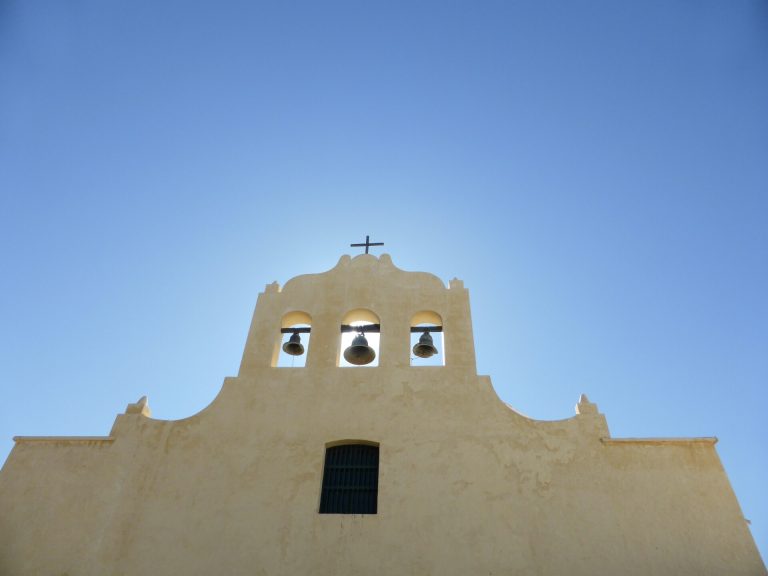

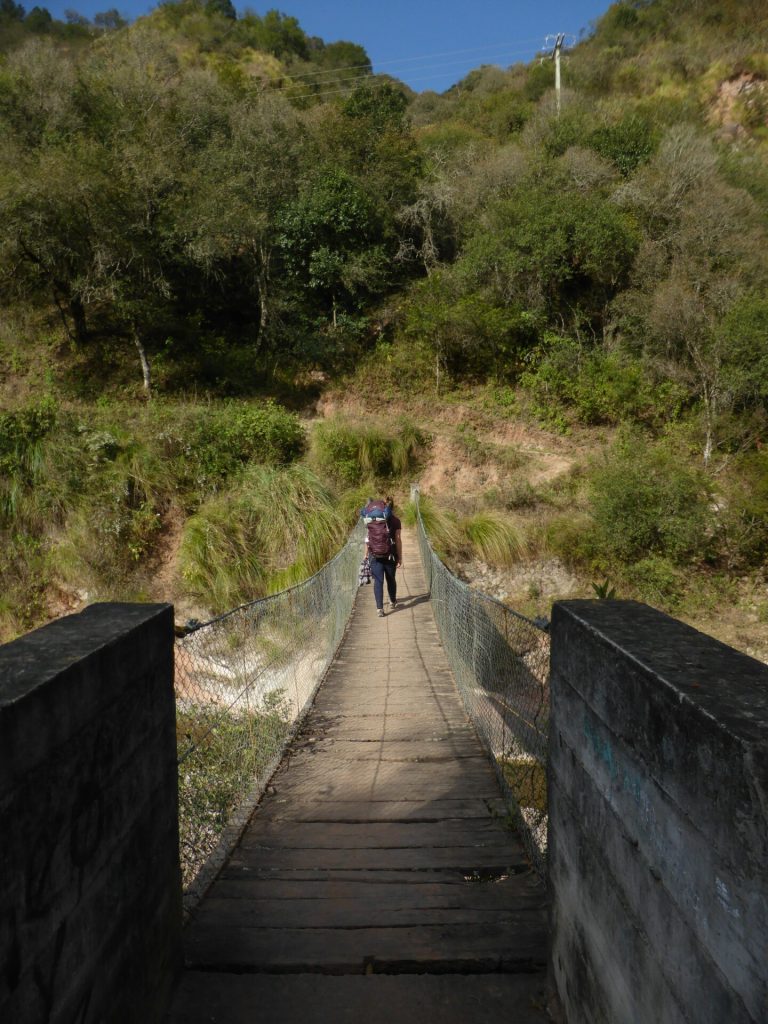
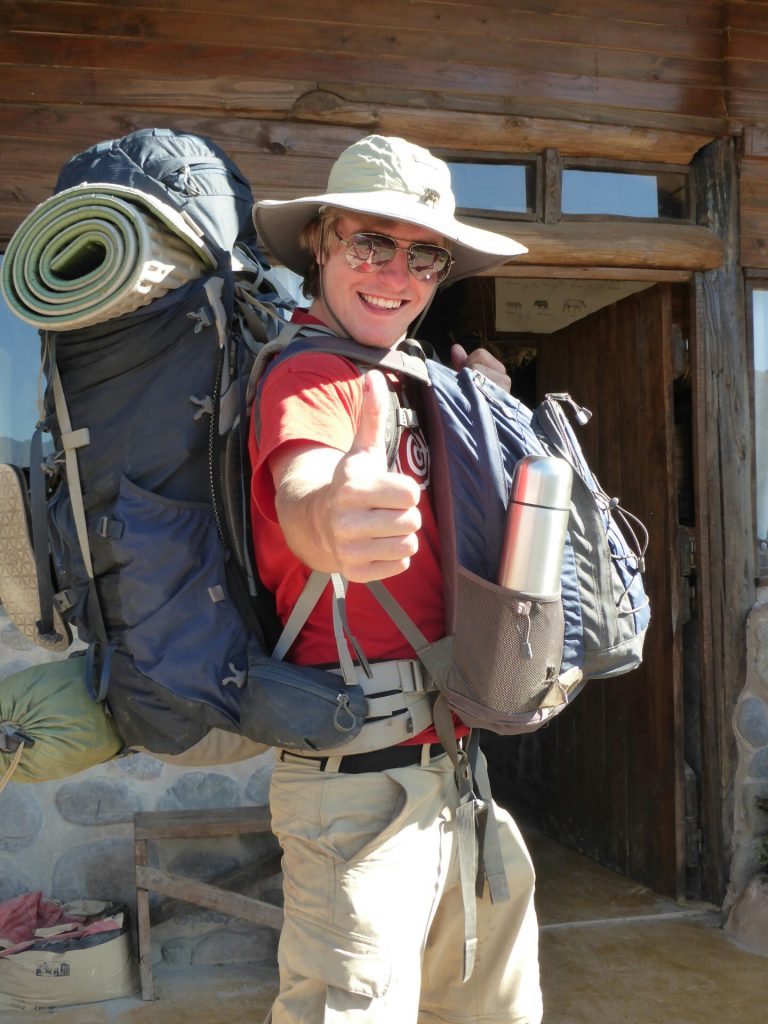
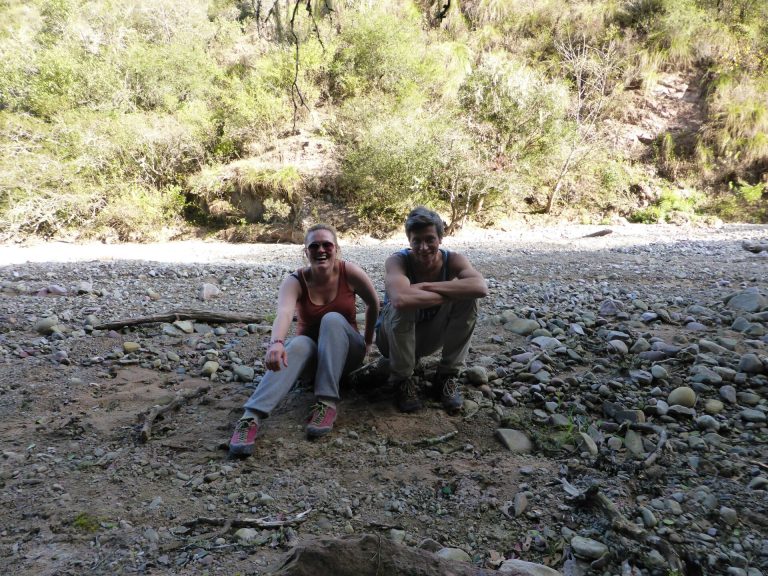
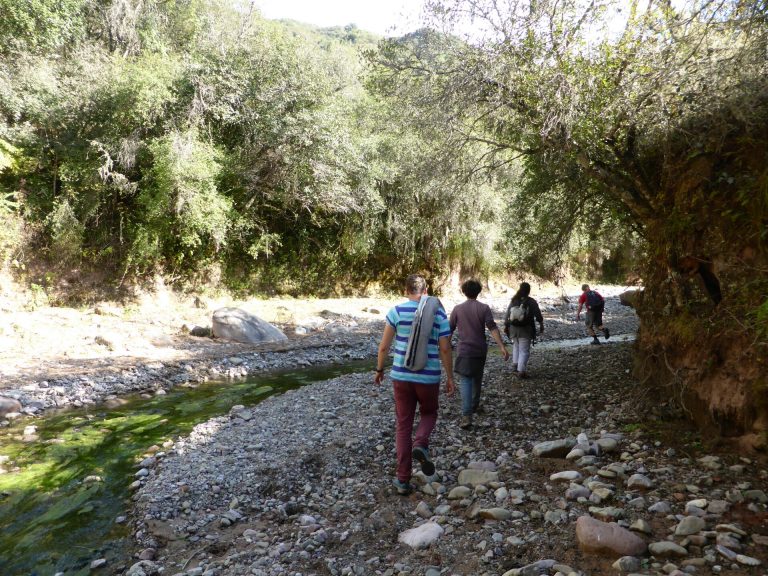
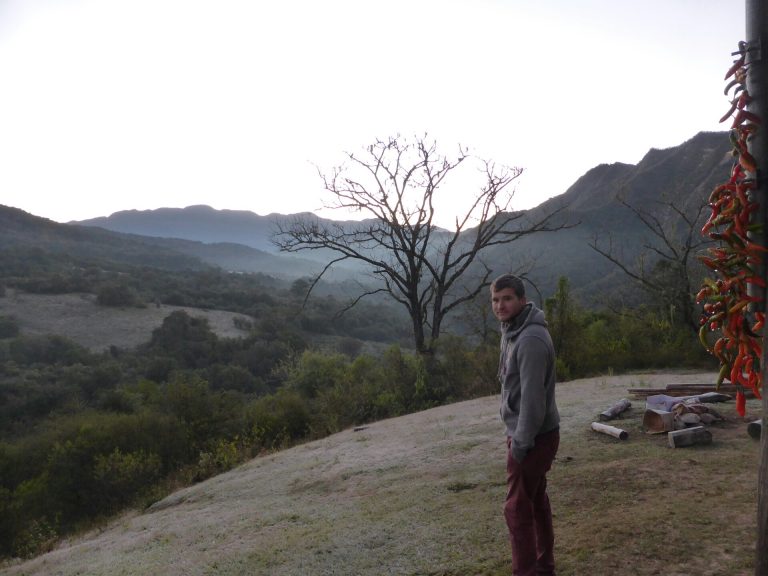
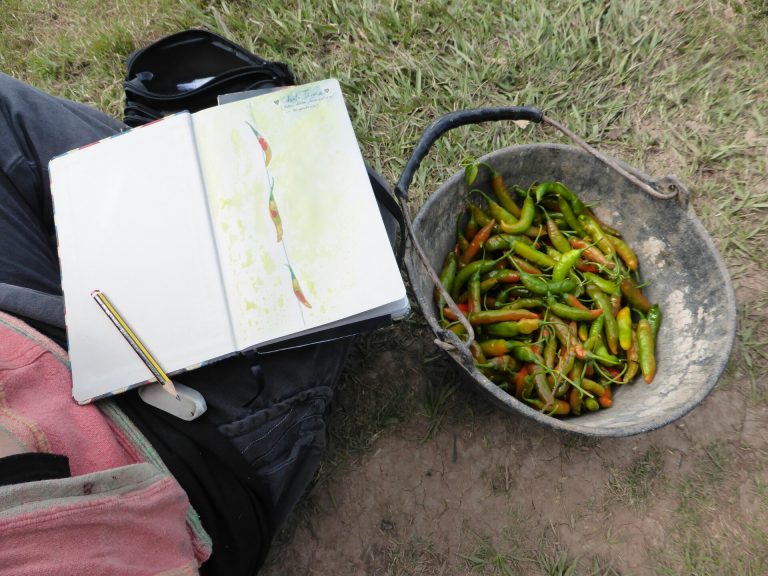
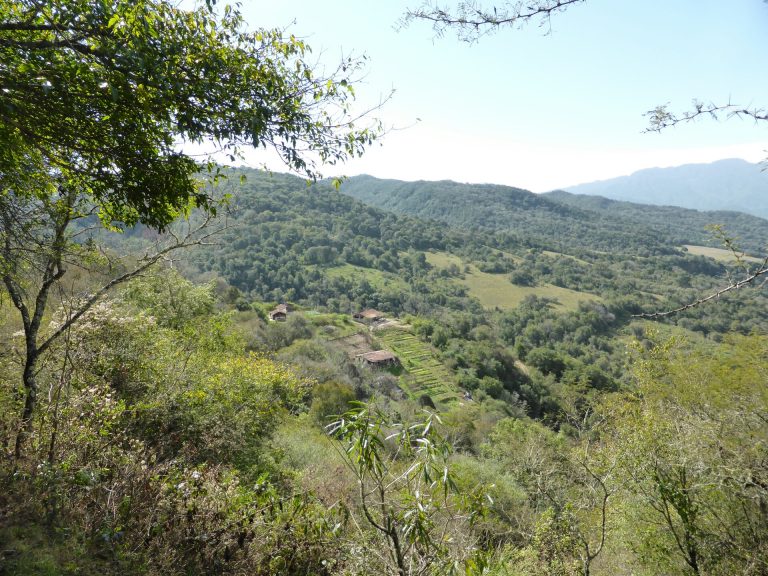
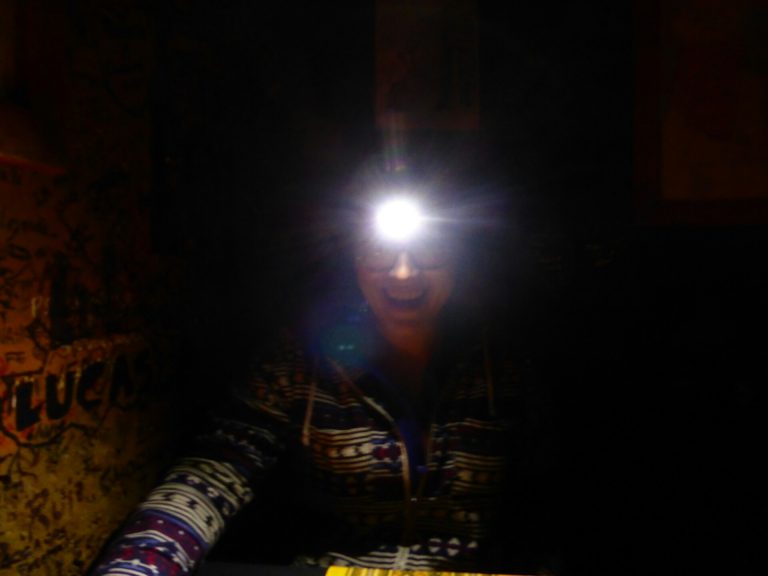
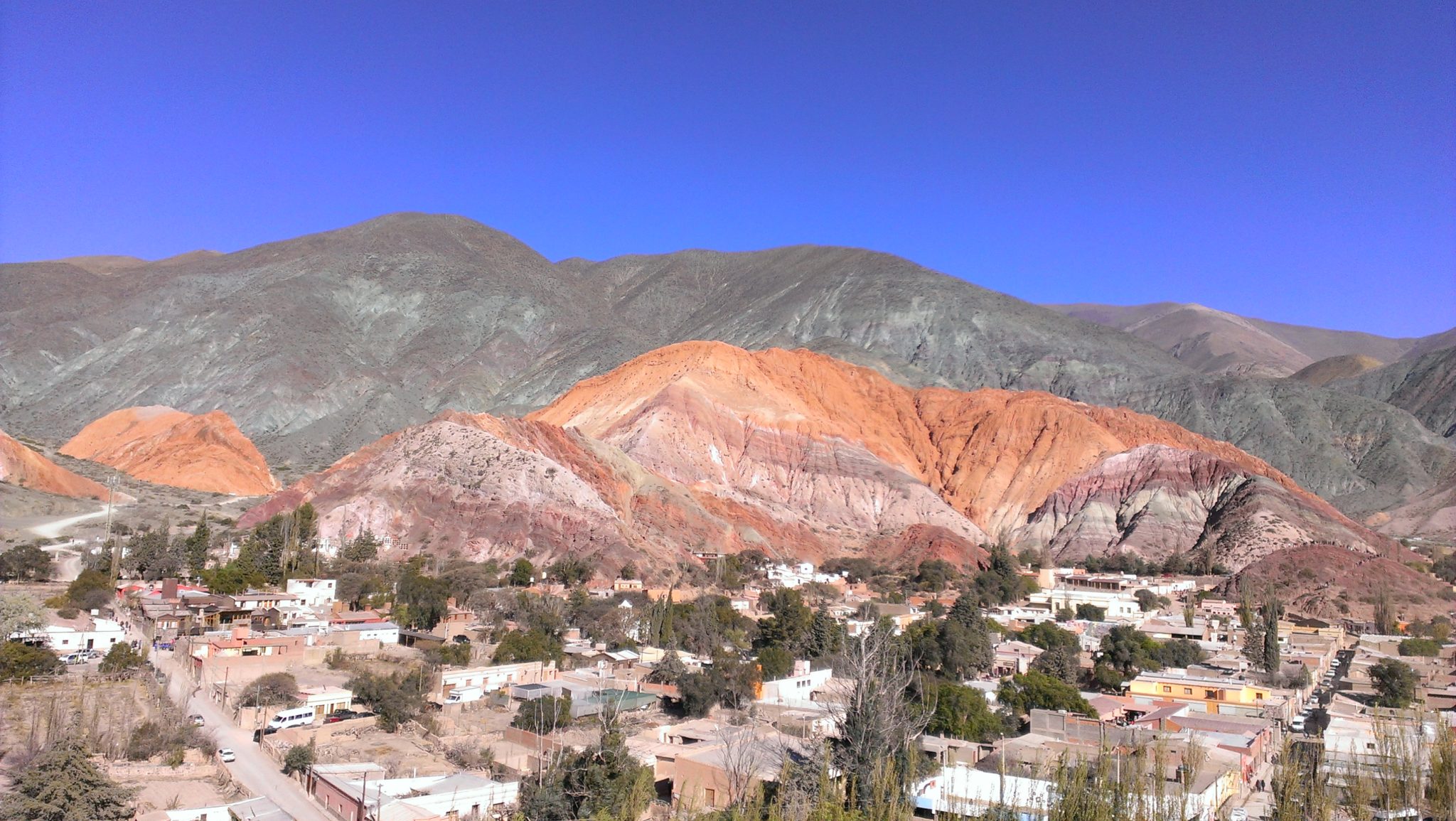
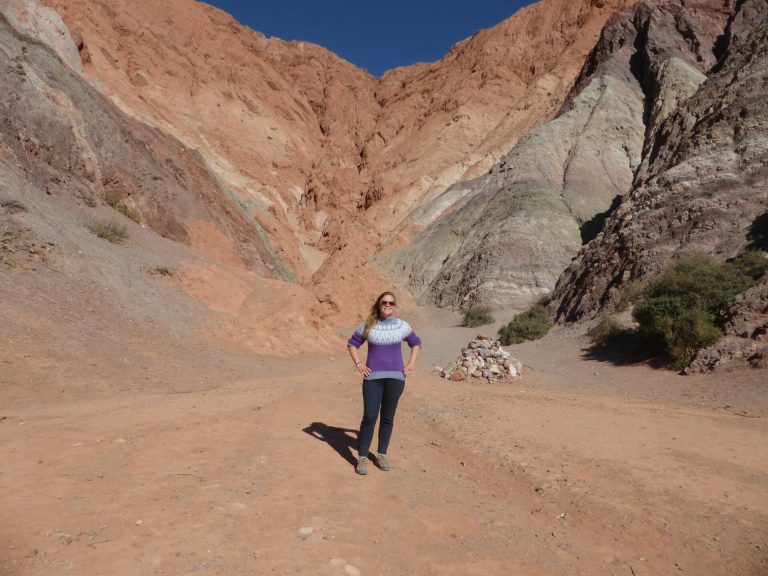
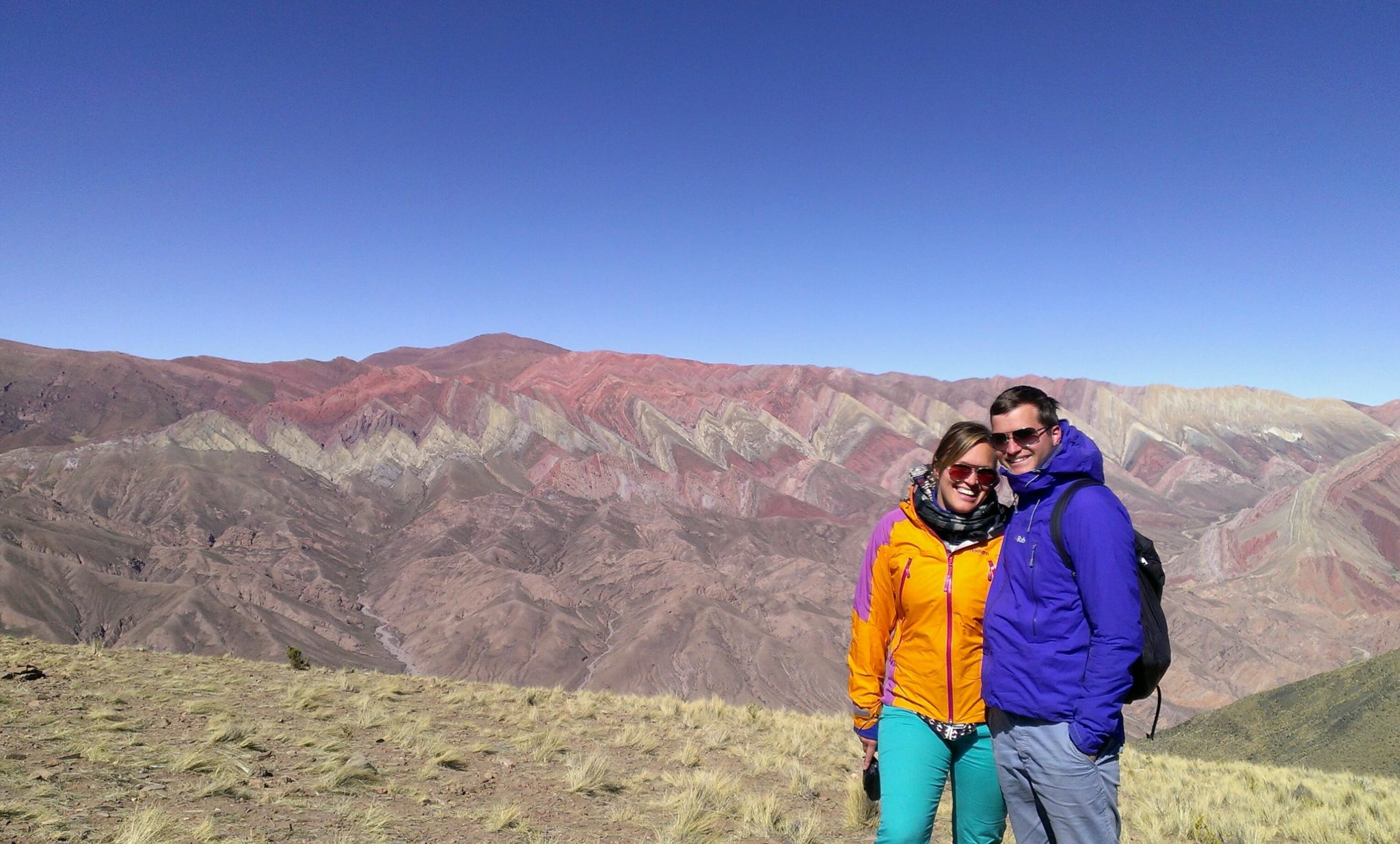
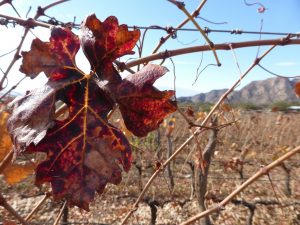
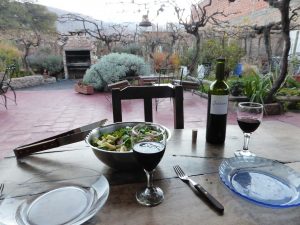 Certainly we didn't come to Cafayate only to hear about wine but also to taste it:) and there are plenty of bidegas in and outside of this beautiful town. Some are nicely situated in fields of grape plants like Finca Quara or Piatelli and some unfortunately are trapped in the centre with their plants far from the sight of a potential client (Bodega Nanni, Bodega Salvador Figueroa). Most of them offer a tasting and tour for which you mostly have to pay a small amount of money. But there was only one which permitted tasting almost everything (total of 12 wines)- bodega Piatelli. Their were obviously our favourites with Finca Quara where we tasted two wines free of charge. Both of them had good wine and both had something even more important love, passion and openness to share their joy and wine:)
Certainly we didn't come to Cafayate only to hear about wine but also to taste it:) and there are plenty of bidegas in and outside of this beautiful town. Some are nicely situated in fields of grape plants like Finca Quara or Piatelli and some unfortunately are trapped in the centre with their plants far from the sight of a potential client (Bodega Nanni, Bodega Salvador Figueroa). Most of them offer a tasting and tour for which you mostly have to pay a small amount of money. But there was only one which permitted tasting almost everything (total of 12 wines)- bodega Piatelli. Their were obviously our favourites with Finca Quara where we tasted two wines free of charge. Both of them had good wine and both had something even more important love, passion and openness to share their joy and wine:)